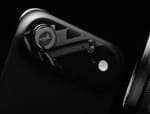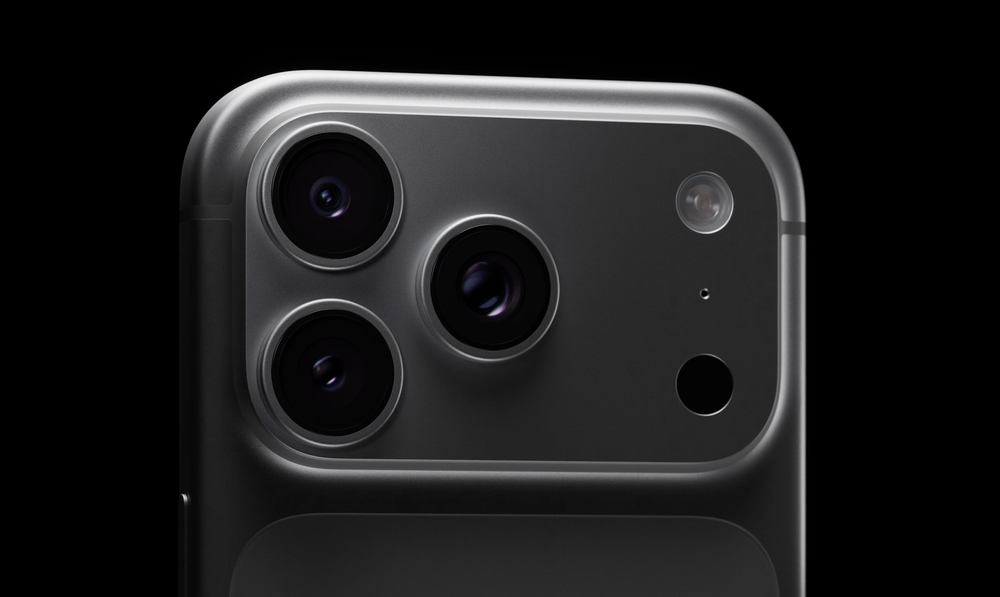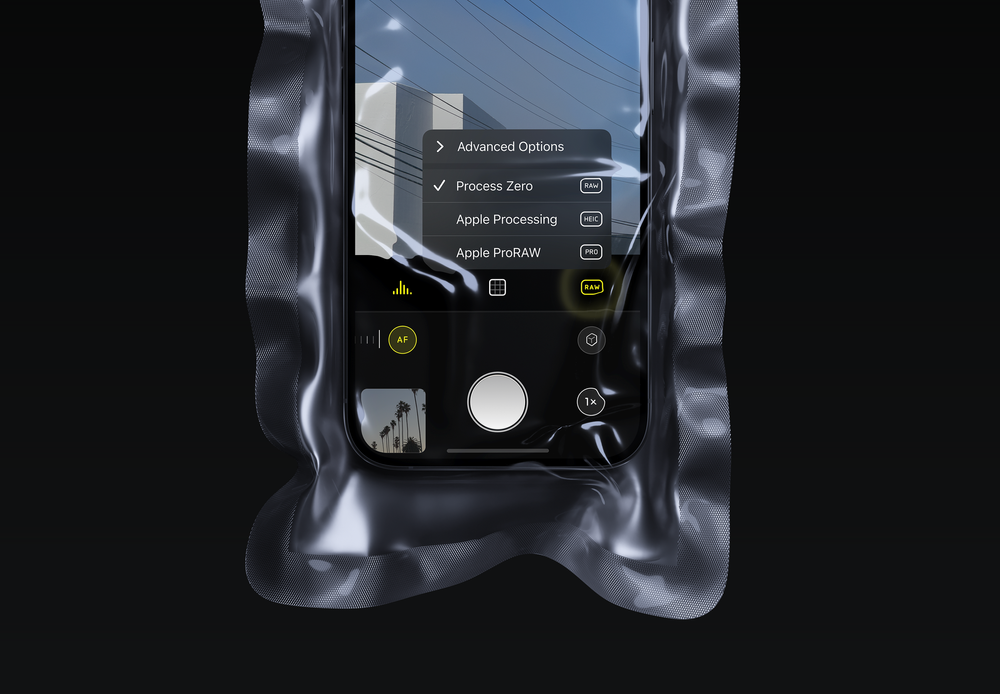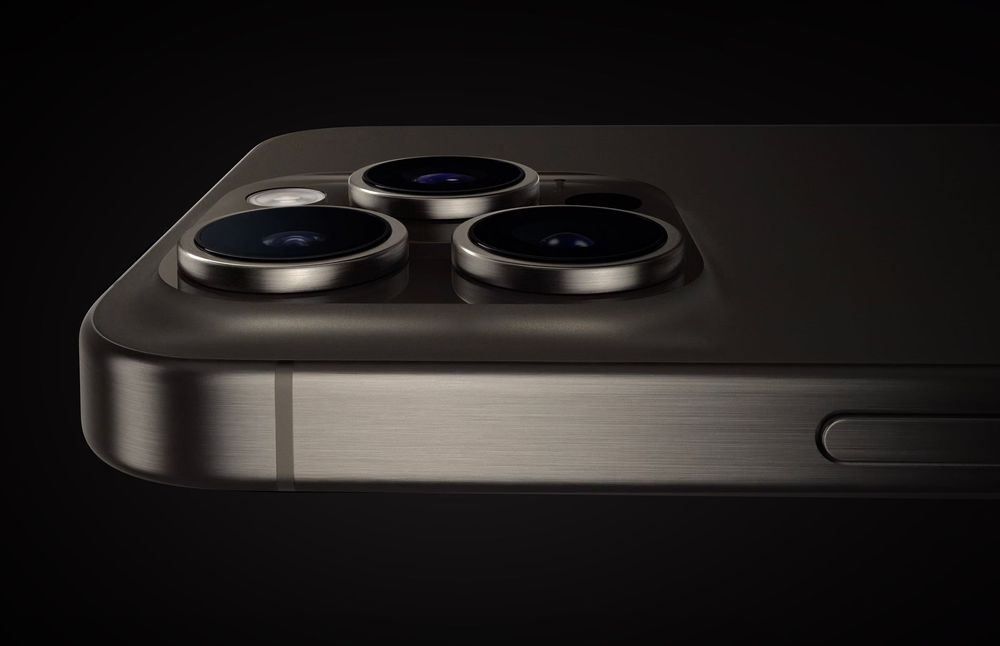Every year I watch the Apple Event where Apple announces the latest iPhones, I can’t help but sympathize with the Camera team at Apple. They have to deliver something big, new, even ground-shaking, on a regular annual cadence.
And every year, people ask us the same thing: is it really as big of a deal as they say?
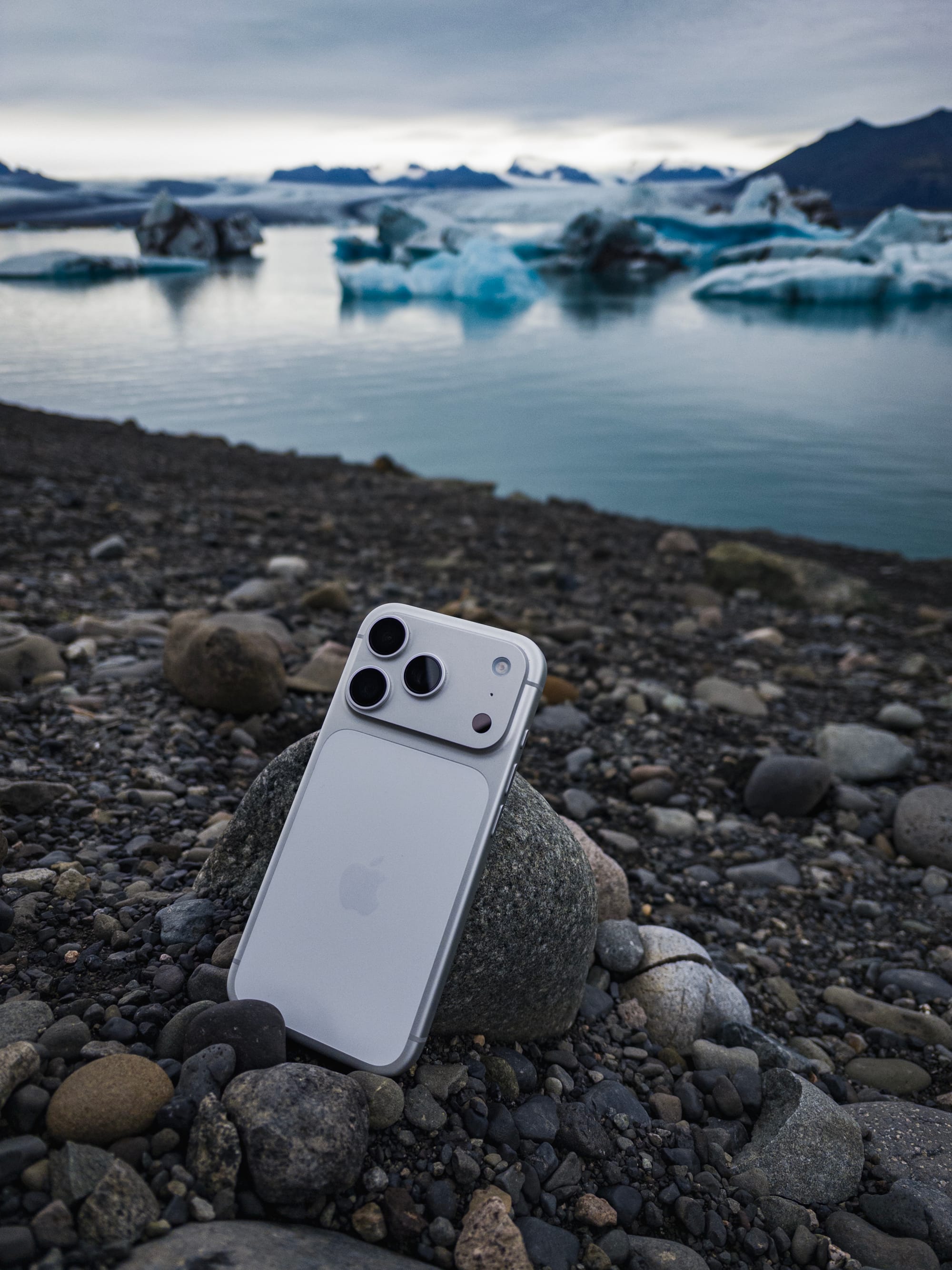
iPhone 17 Pro in Silver — shot on iPhone Air
iPhone 17 Pro looks very different at first glance. It’s the biggest departure from the style of camera module and overall Pro iPhone style since iPhone 11 Pro. It still packs three cameras on the back and one on the front. It has an actual camera button (even its svelte sibling, the iPhone Air gets one of those, albeit smaller) and a few notable spec changes, like a longer telephoto zoom. Or is it? And is that really all there is to it?

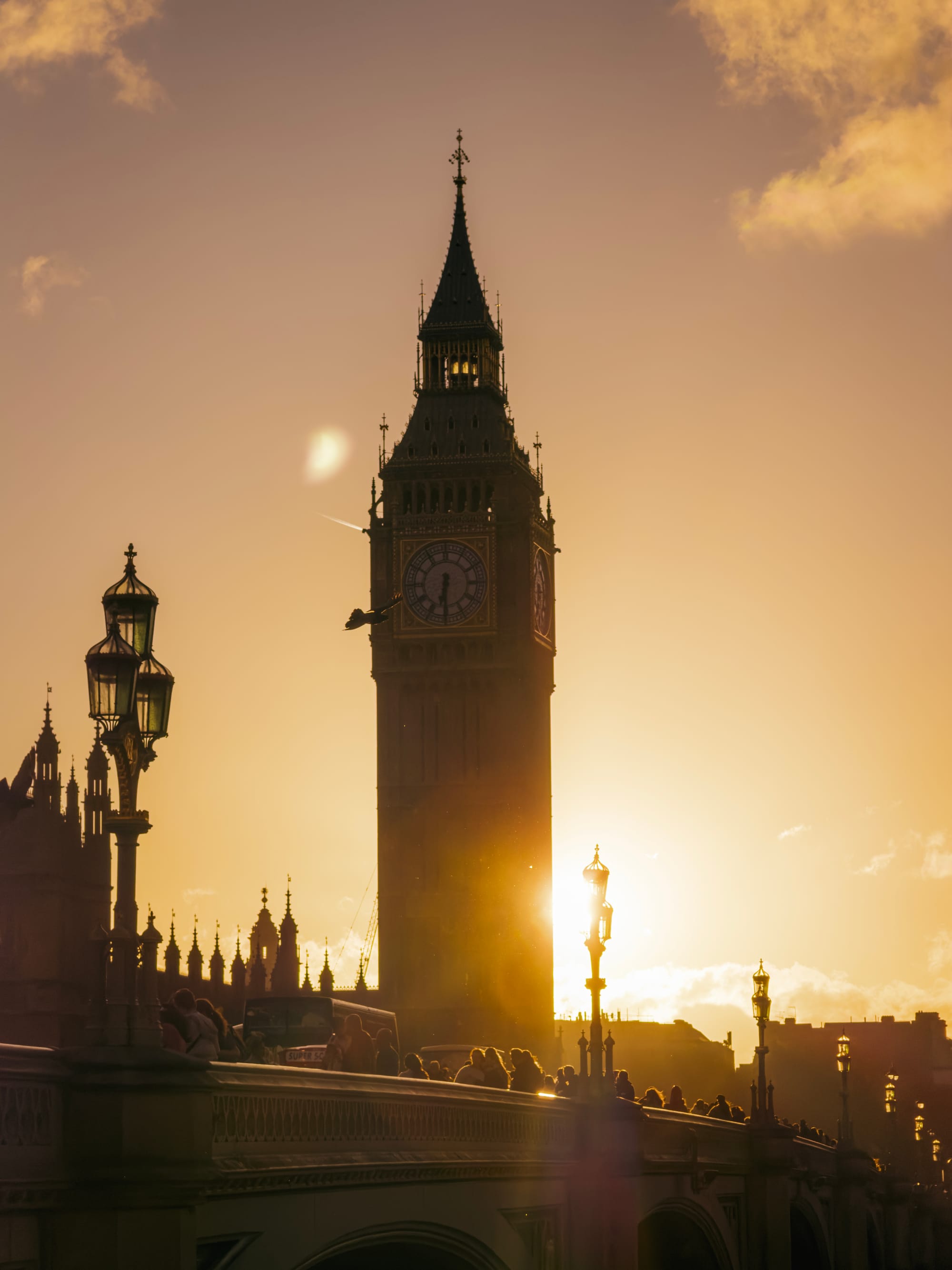
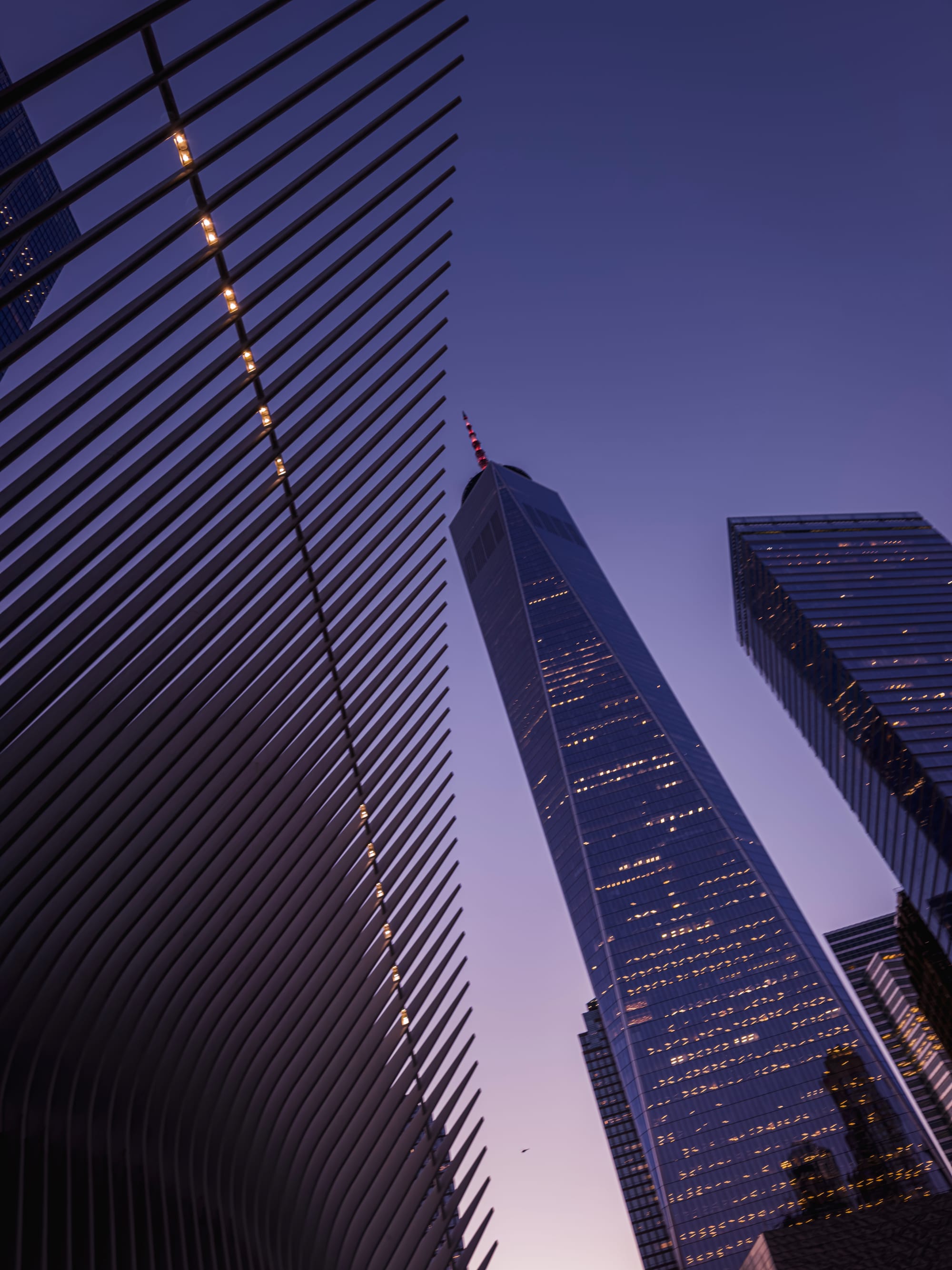

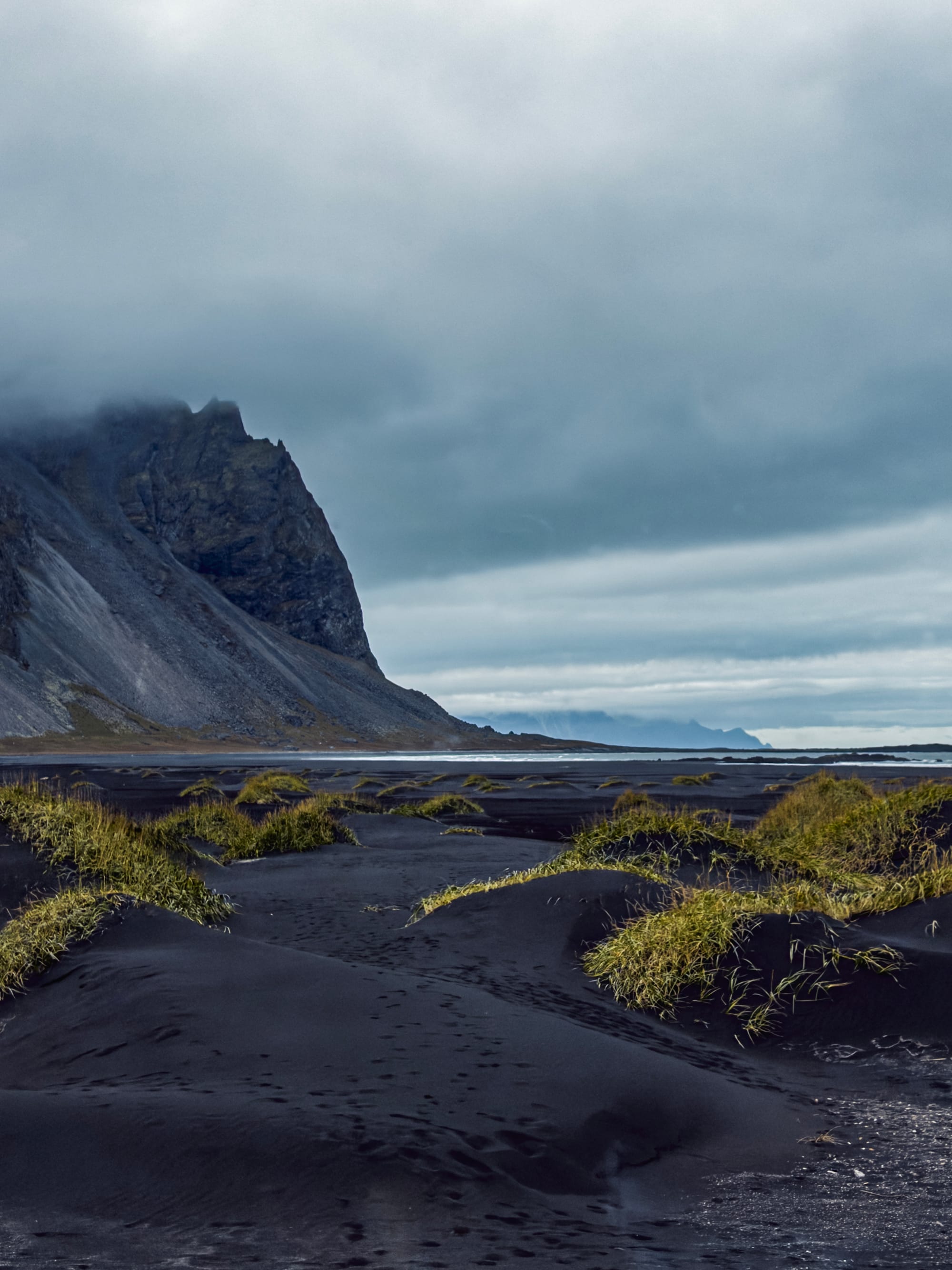
To find out, I took iPhone 17 Pro to New York, London and Iceland in just 5 days.
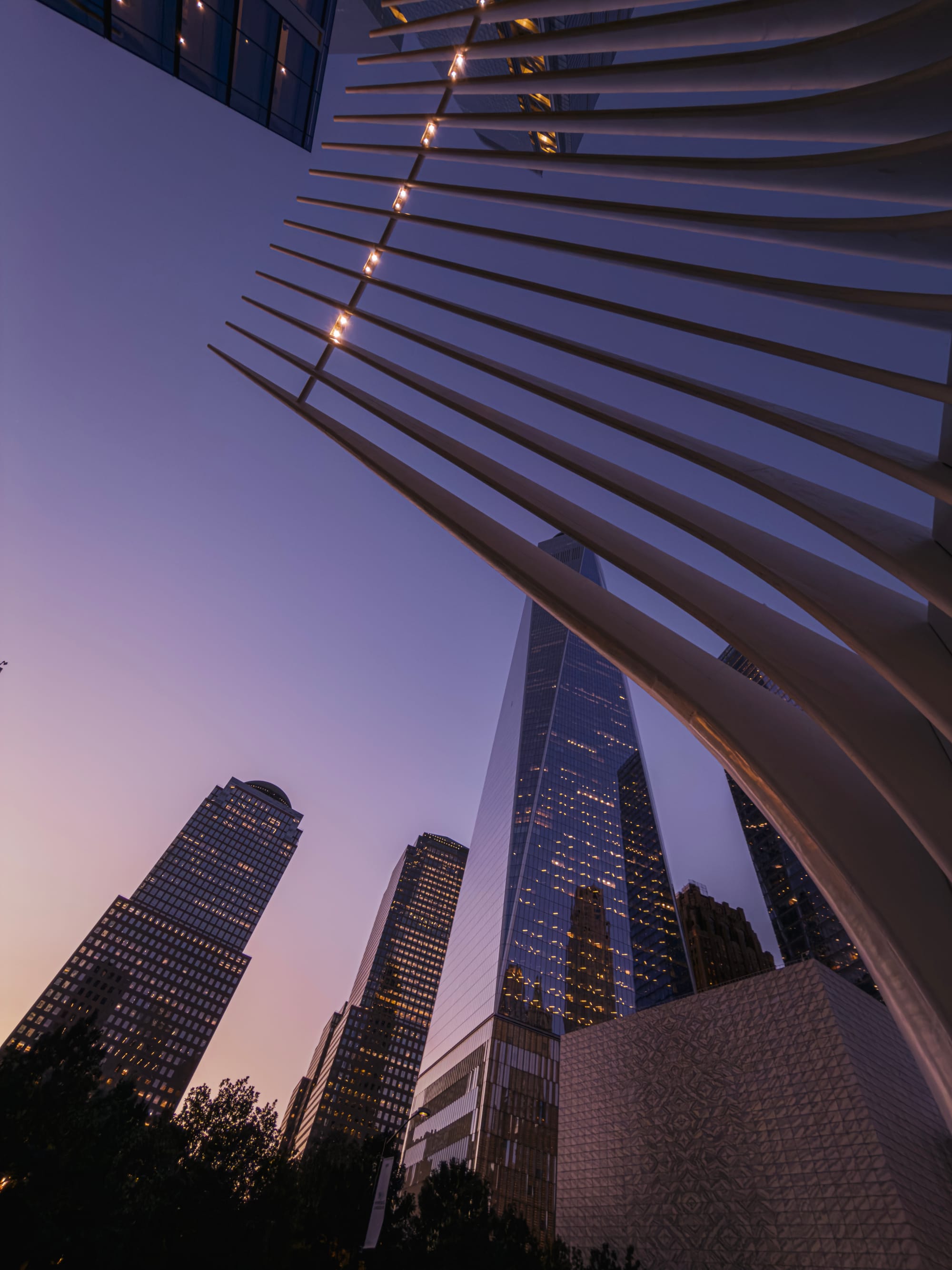
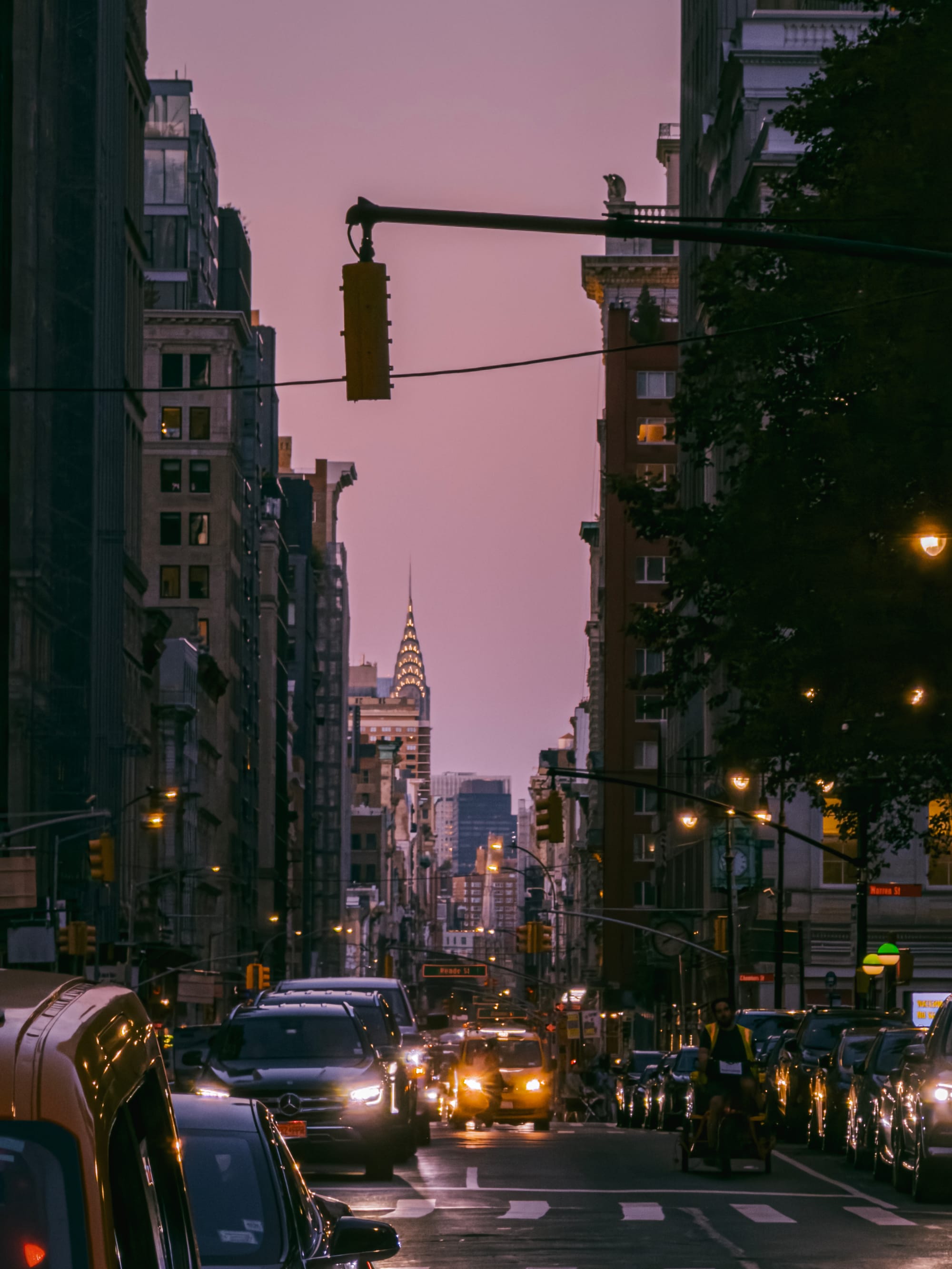
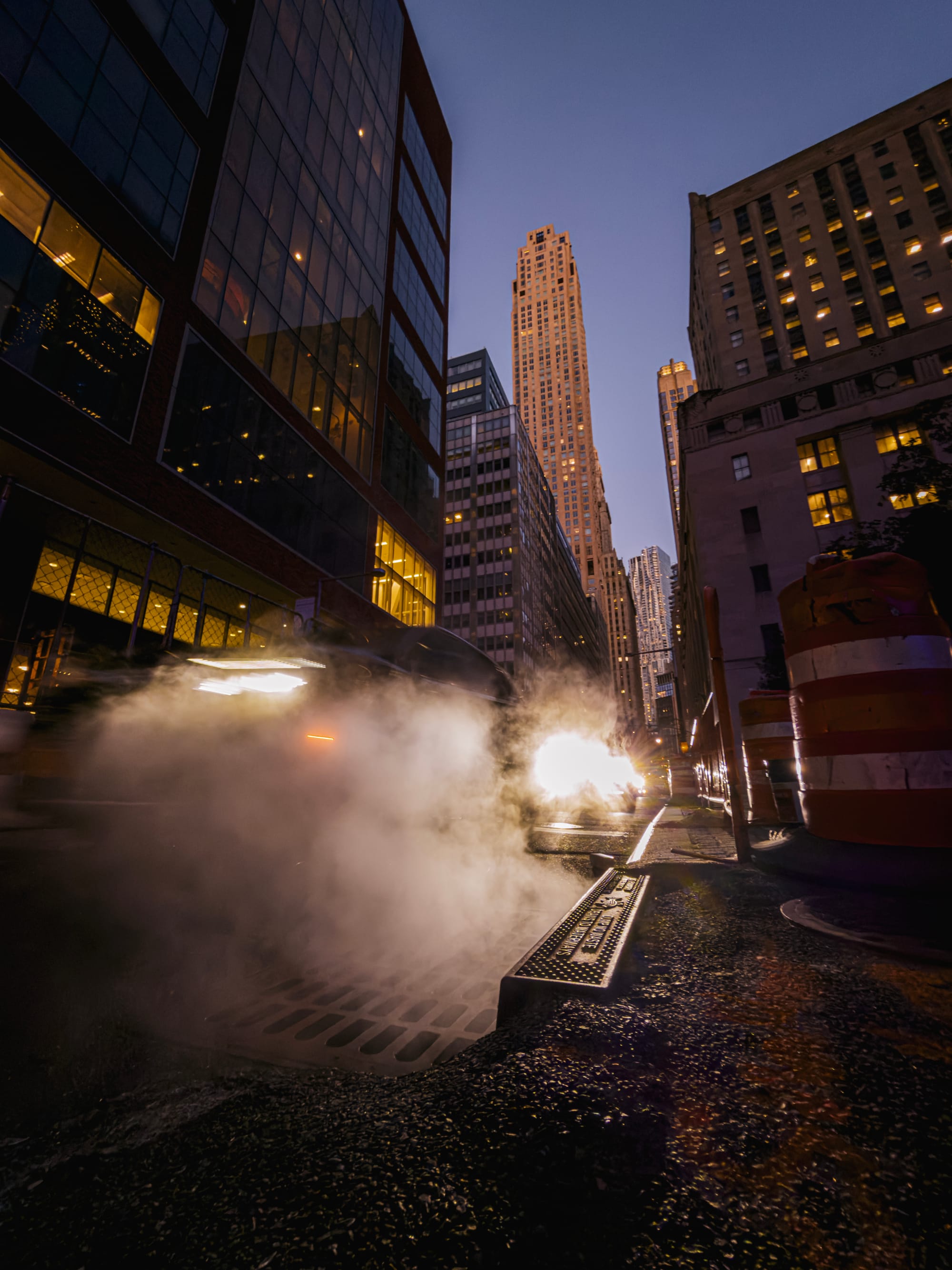
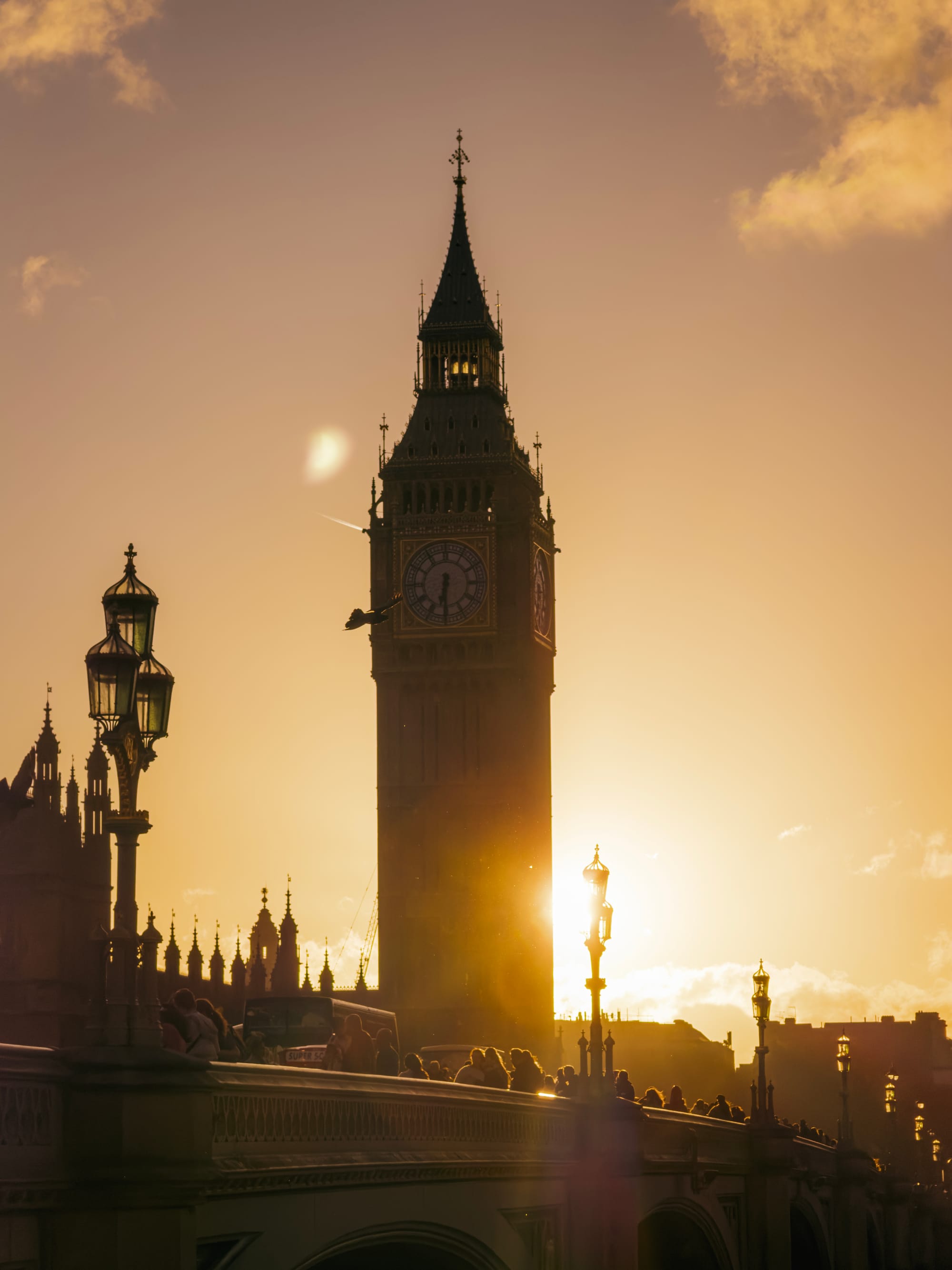
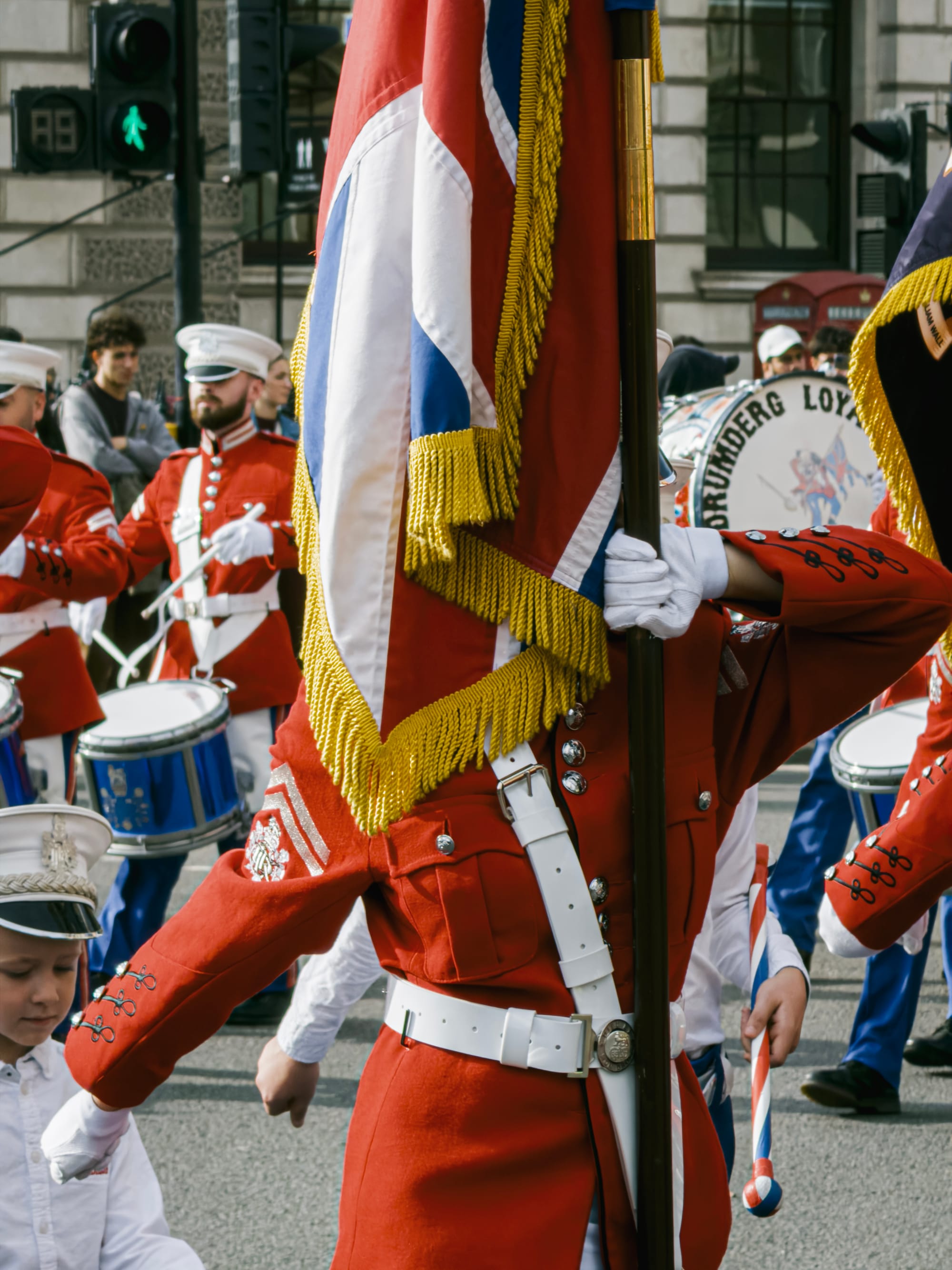
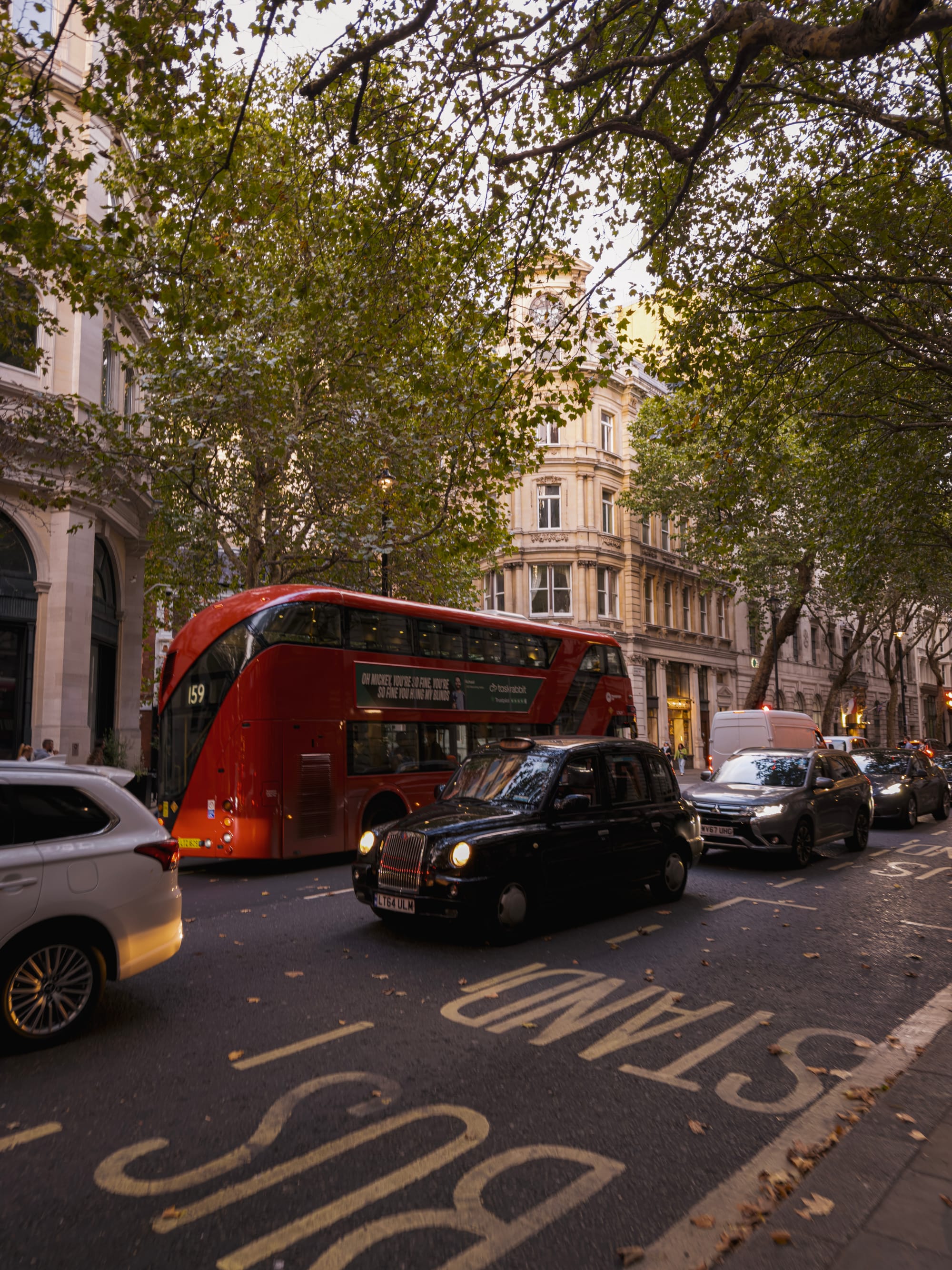
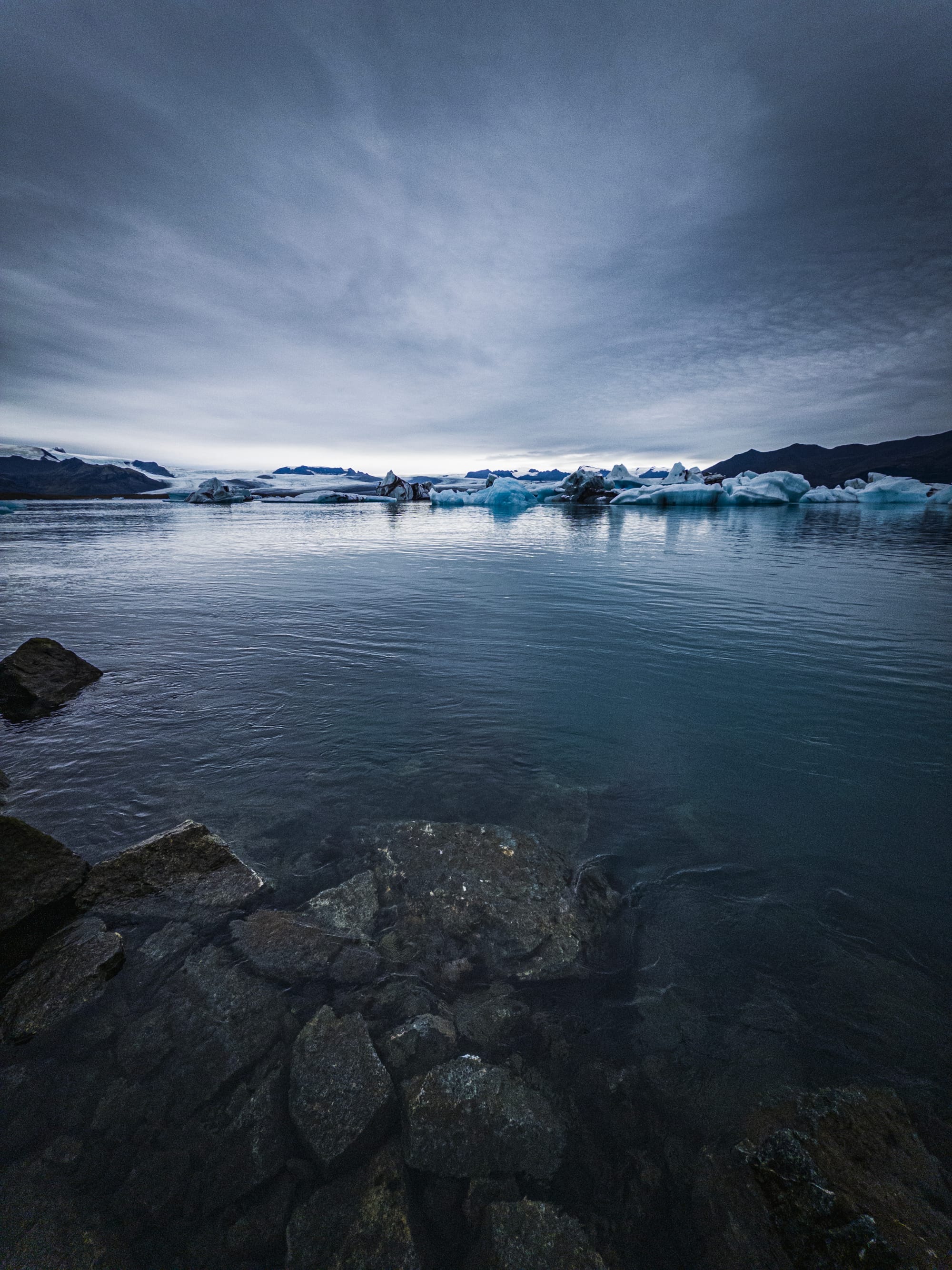
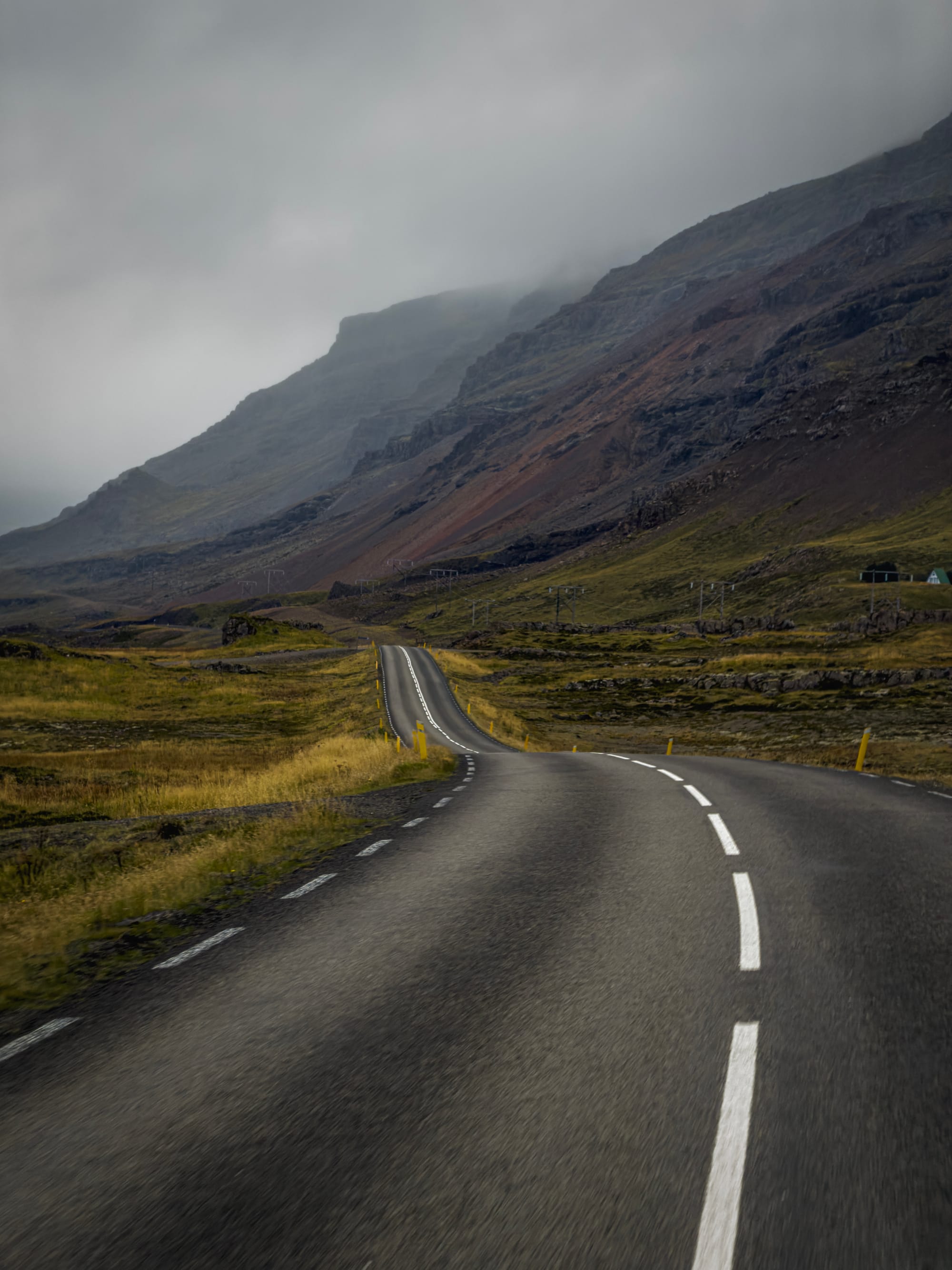
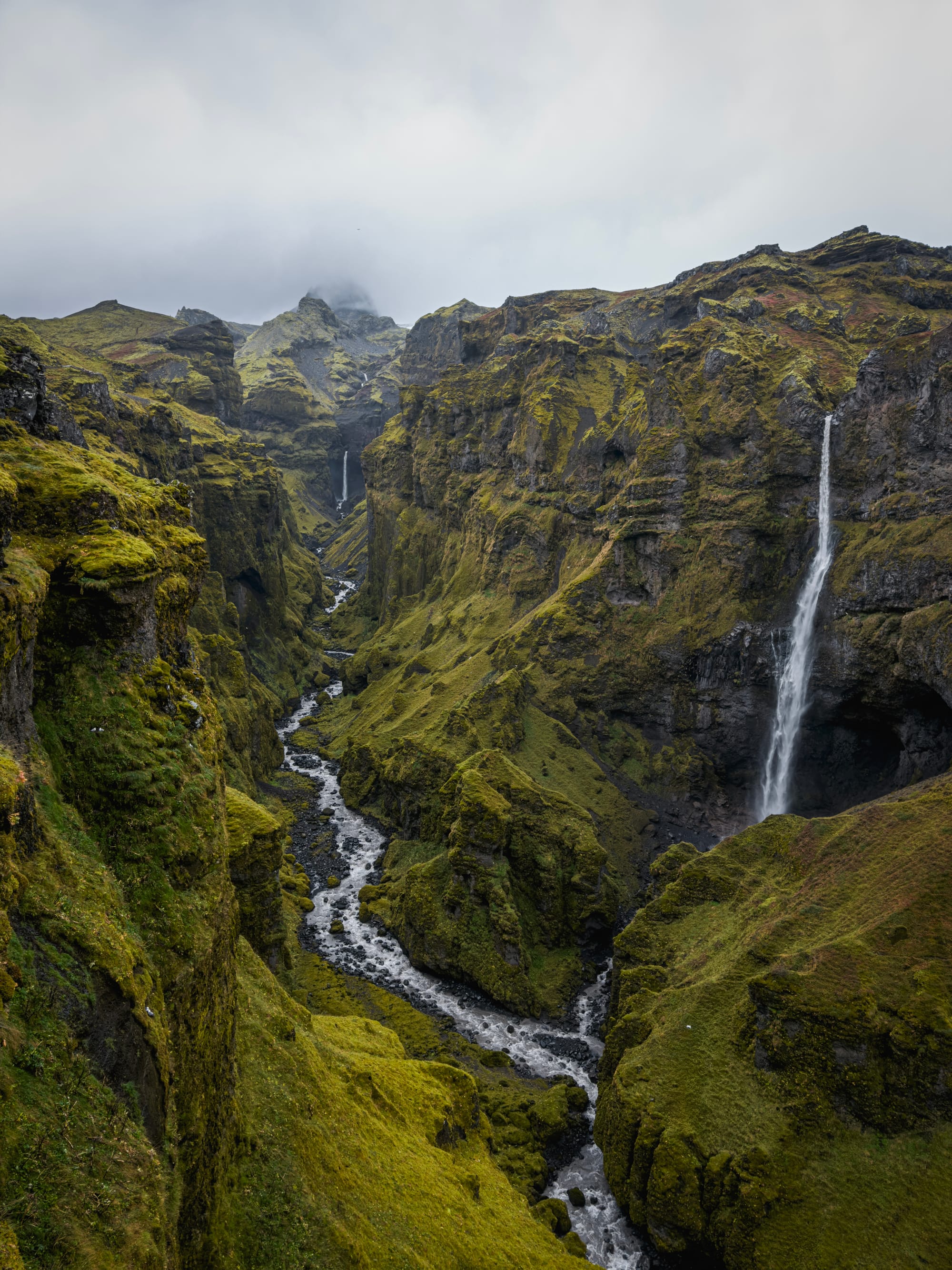
We do not get early access like the press: this is a phone we bought, to give you an unfiltered, real review of the camera. All the photos in this review were taken on iPhone 17 Pro, with the Apple Camera app or an in-development version of Halide Mark III with color grades.
Let’s dig in — because shooting with iPhone 17 Pro, I was surprised by quite a few things.
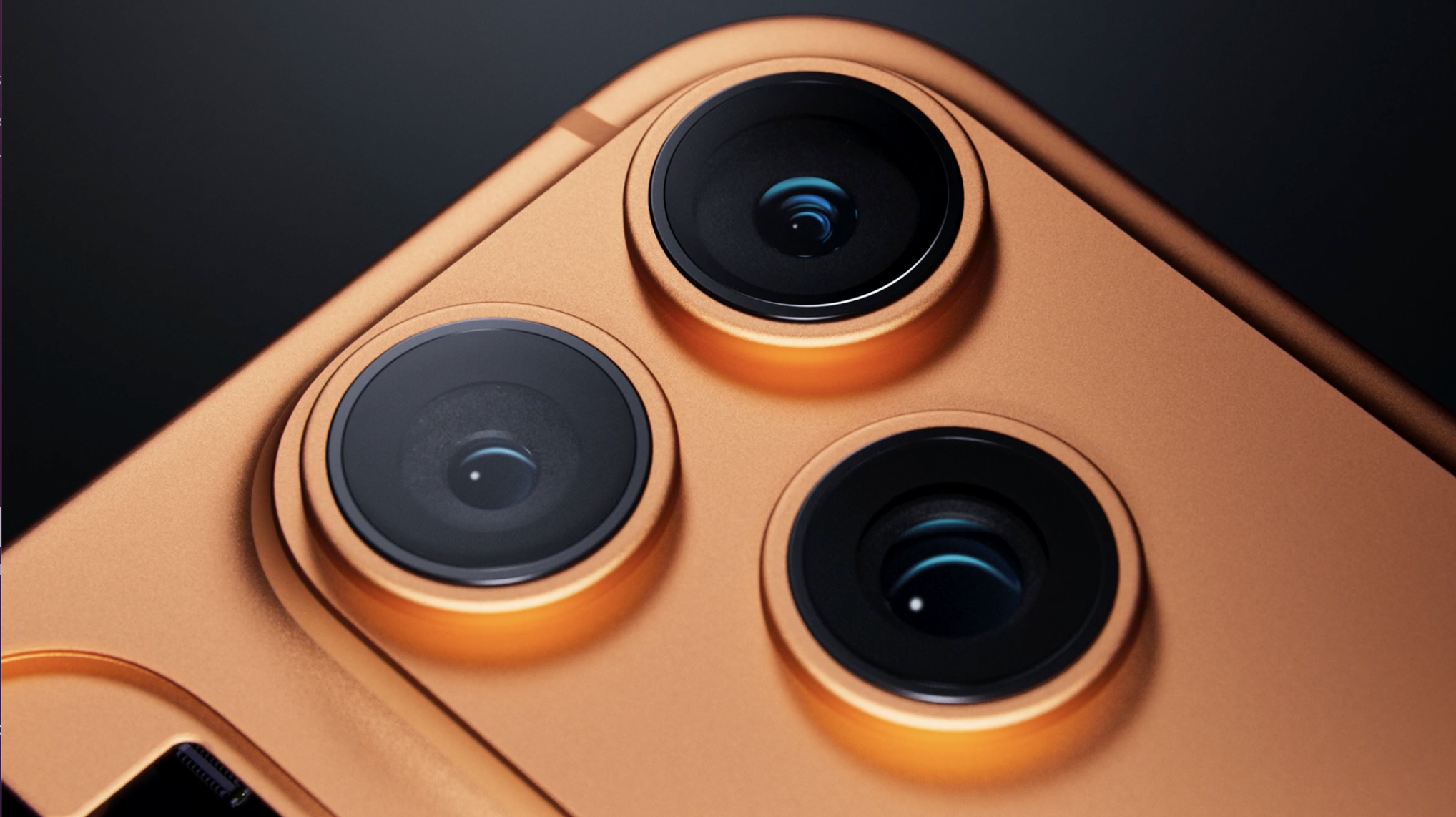
What’s New
iPhone 17 Pro packs what Apple calls the new 'ultimate Pro camera system'. This is the last upgrade the camera bump — er, I mean, plateau — was arguably still lacking.
After its introduction with iPhone 11 Pro, all cameras were shooting at a fairly standard 12 megapixels. After the ultra wide camera was upgraded to 48 megapixels in iPhone 16 Pro, Apple finally upgraded the telephoto camera sensor to a 56% larger unit with 48 megapixels. Not only does this allow for sharper shots, but Apple is so confident in its center-crop imaging pipeline that it argues it allows for a 12-megapixel 8× zoom of 'optical quality'. More on that one in its own, detailed section: I am a big telephoto fan, and this announcement had me immediately excited to test it out.
One of the biggest upgrades this year actually comes to the front camera — but its quality impacts will be far less noticeable to most people than most tech pundits initially predicted. In a classic Apple move, the company replaced the bog standard selfie camera with a much larger square-sensor packing camera, but instead of now simply shooting 24 megapixel square shots it added a very clever Center Stage system to reframe your selfie shots to include people into it automatically or save you from twisting your arm to take a landscape selfie shot.
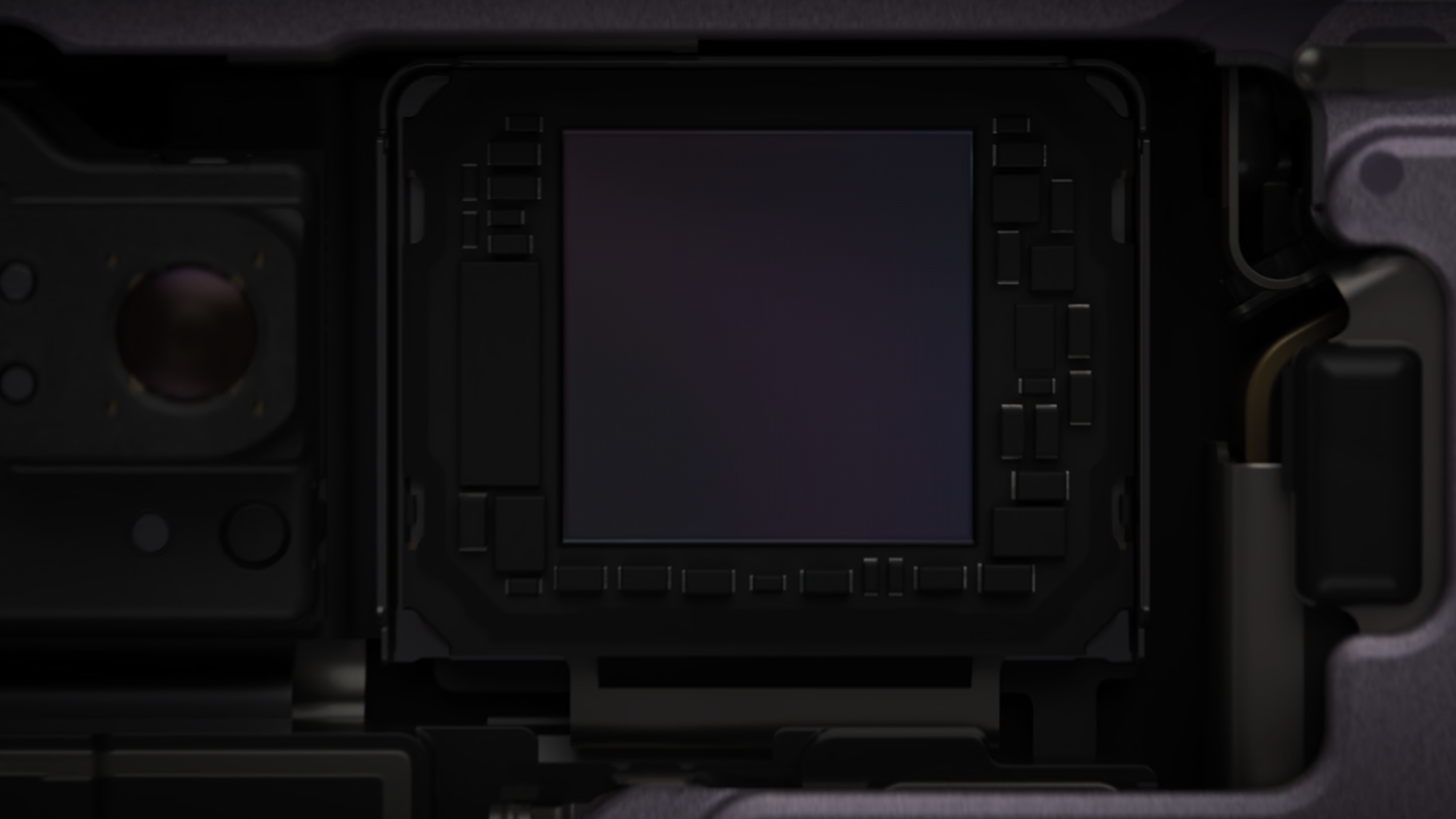
This is a very impressive piece of engineering, and a classic Apple innovation in that the hardware change is essentially invisible. Us camera geeks love the idea of a square sensor, but in the Camera you will not find a way to take images with the full square image area; it just puts the square area of the 24MP sensor to use for 18 MP crops in their landscape or portrait depending on the subject matter.
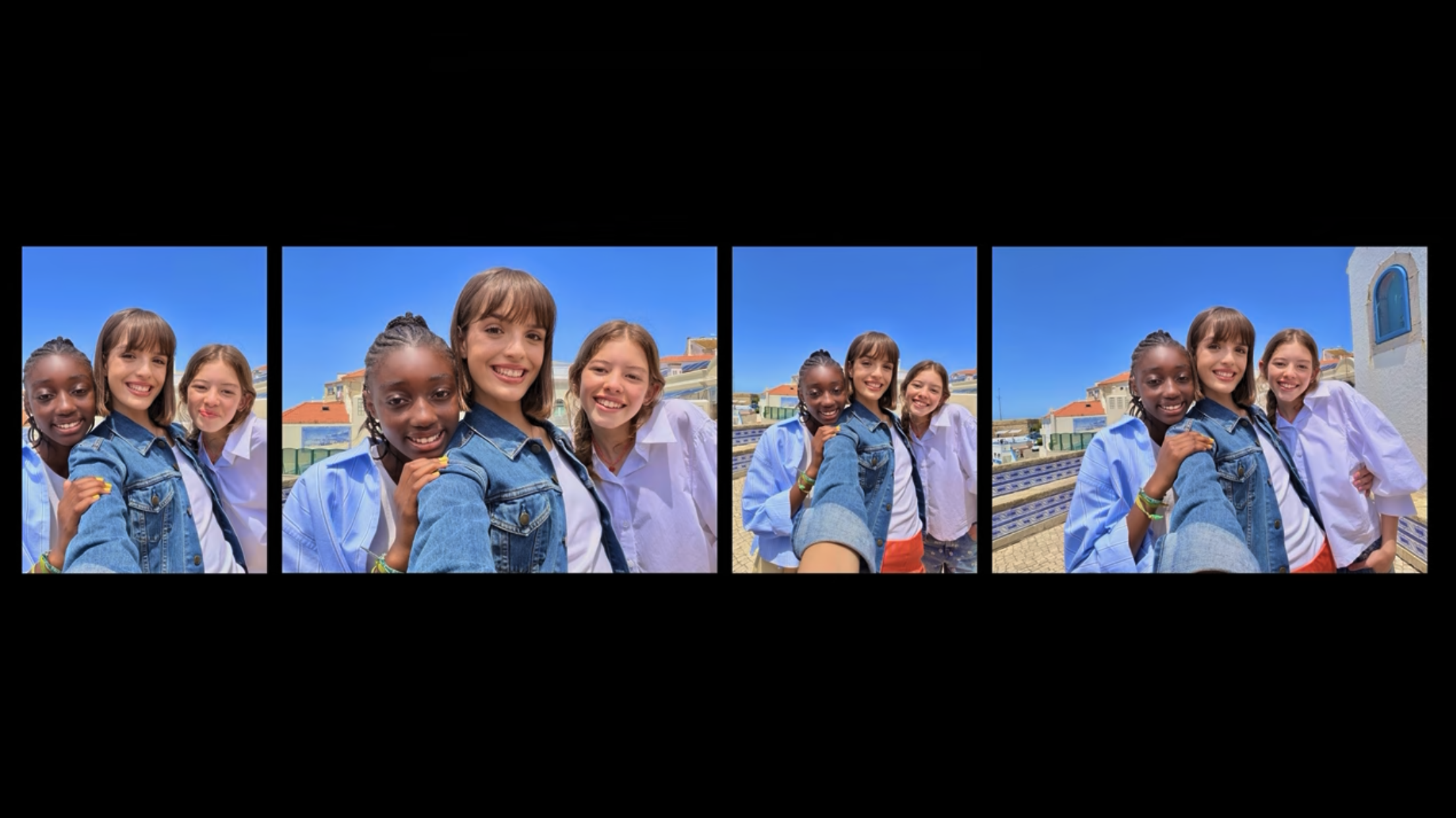
Apple (in my opinion, correctly) figured that if this artistic choice being made by your iPhone offends you as an artist, you are free to use one of the better cameras on the rear of the iPhone or disable the automatic framing feature altogether, returning its behavior to a 'normal' front-facing selfie camera.
Finally, there's some notable changes to processing. "More detail at every zoom range and light level". In particular, Apple stated in its keynote that deep learning was used for demosaicking raw data from the sensor's quad pixels to get more natural (and actual, existing) detail and color in every image. In particular, Apple went to point out this also meant that its AI upscaling that's used to make those '2×' and '8×' 'lenses' (that are actually the center portion of the 48MP Main and Telephoto cameras) is significantly improved.

Finally, and not insignificantly, the entire phone has gotten a total design overhaul. Its interface and exterior are both composed of all new materials, and some big changes under the hood (or ceramic back panel, if you will) allow for even more performance out of the latest generation Apple Silicon chip inside.
What’s Not New
While the entire iPhone looks brand new, the cameras have some familiar parts. The Main camera sensor and lens is identical to the iPhone 16 Pro's, which in turn is identical to the iPhone 15 Pro's. The ultra wide camera, too, is the same as last year's 48 megapixel snapper.
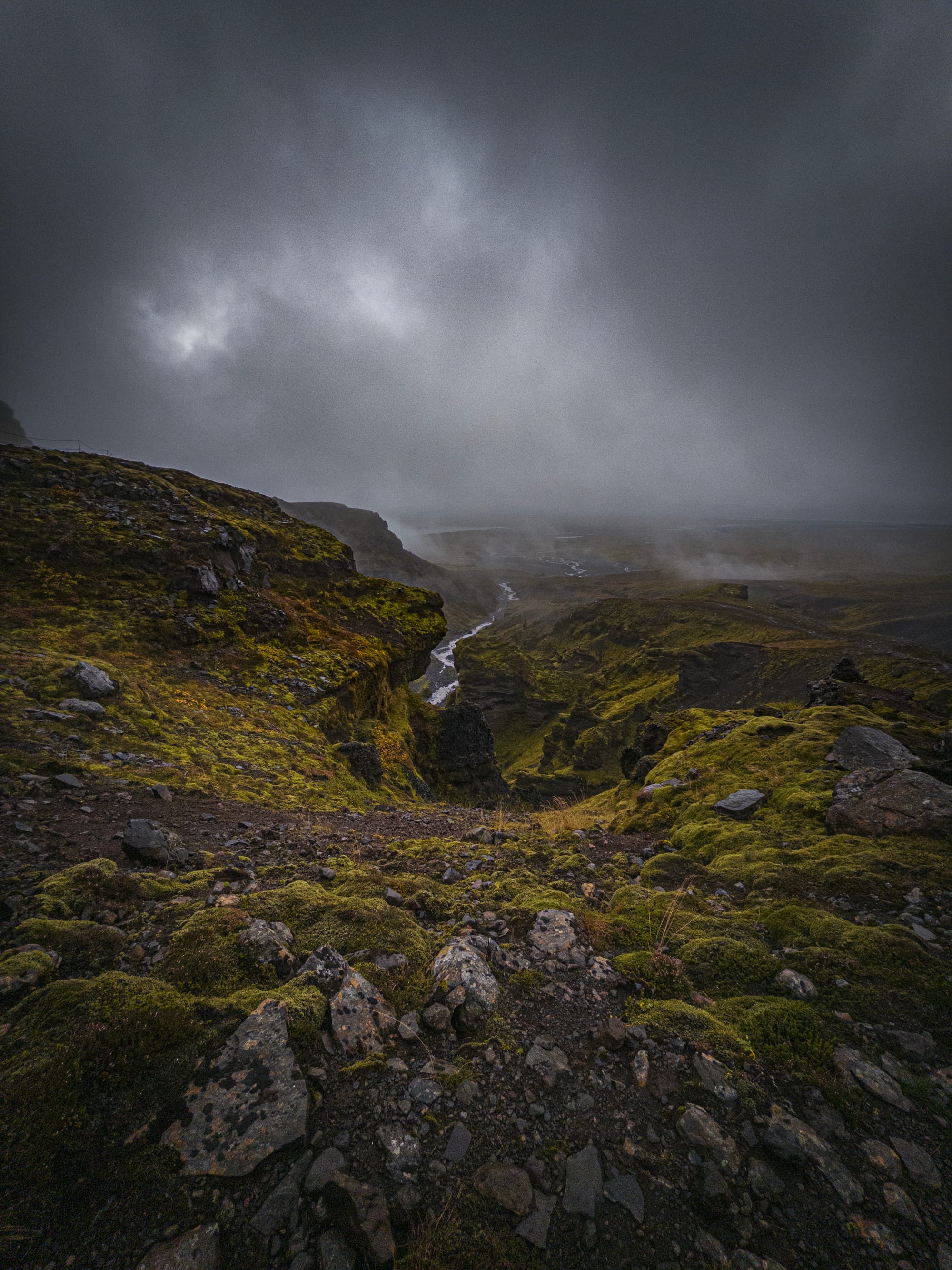
The Camera Control from iPhone 16 Pro returns on all iPhone 17s and iPhone Air. No significant updates here, but I still find it a fantastic addition to the iPhone for opening my choice of camera app and taking a photo. The adjustments, on the other hand, still seem fiddly to me a year later. I was hoping for some more changes to it, perhaps even a face lift along with iOS 26 — but it has remained essentially the same save for some additional settings to fine-tune it to your liking.
Party in the Front, Business in the Back
This is, without a doubt, a great back camera system. With all cameras at 48MP, your creative choices are tremendous. I find Apple's quip of it being 'like having eight lenses in your pocket' a bit much, but it does genuinely feel like having at least 5 or 6: Macro, 0.5×, 1×, 2×, 4× and 8× .
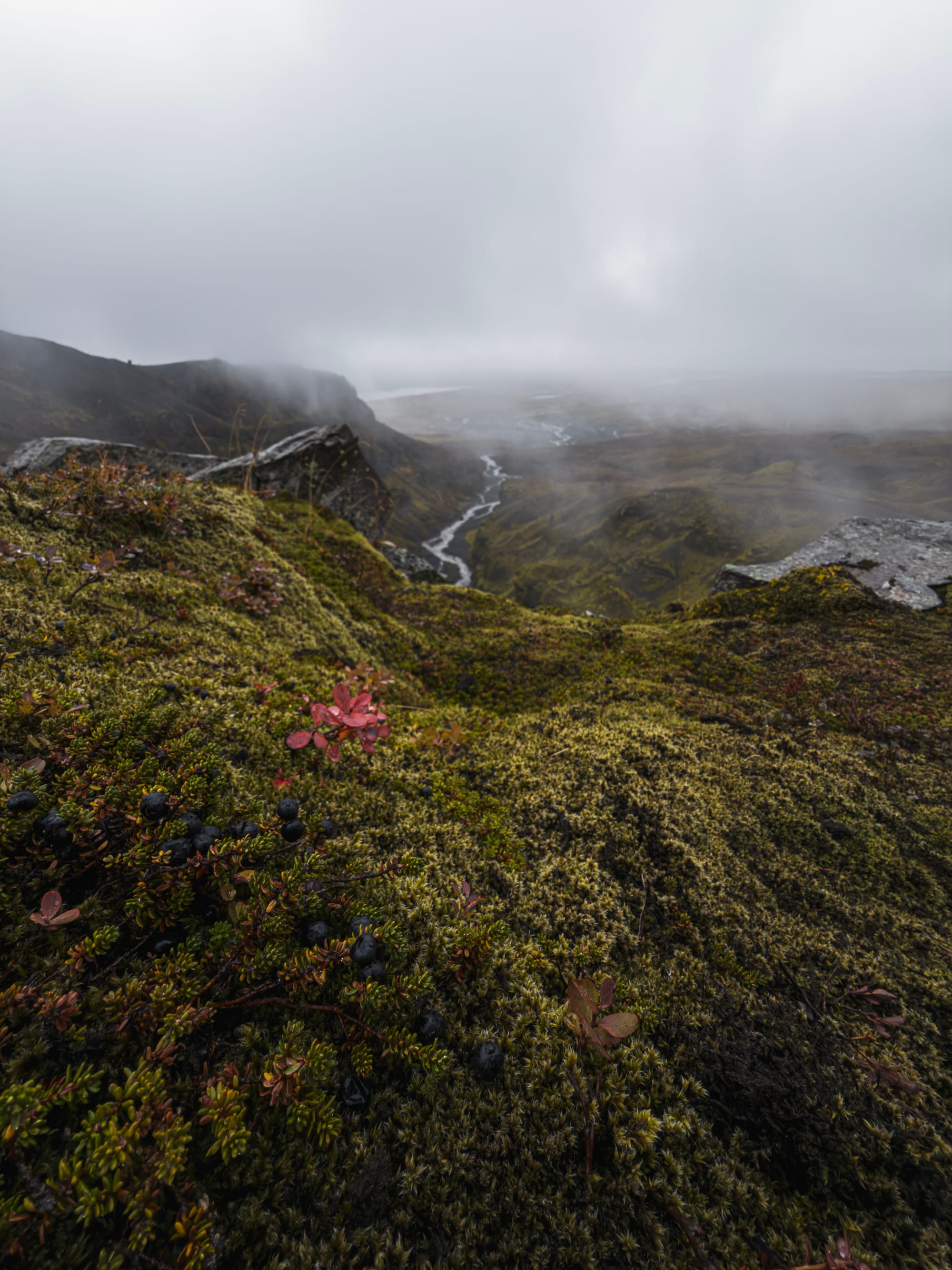
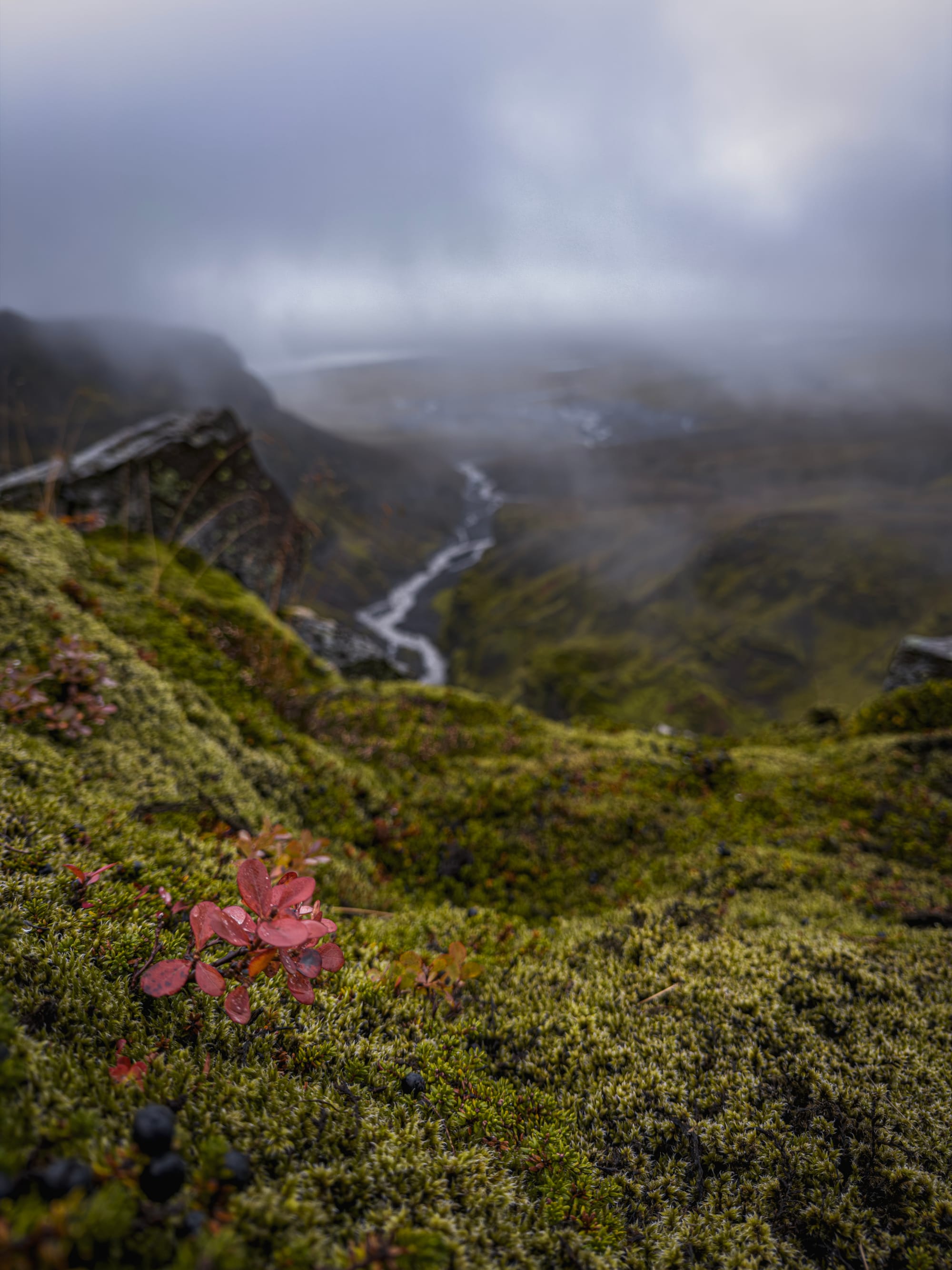
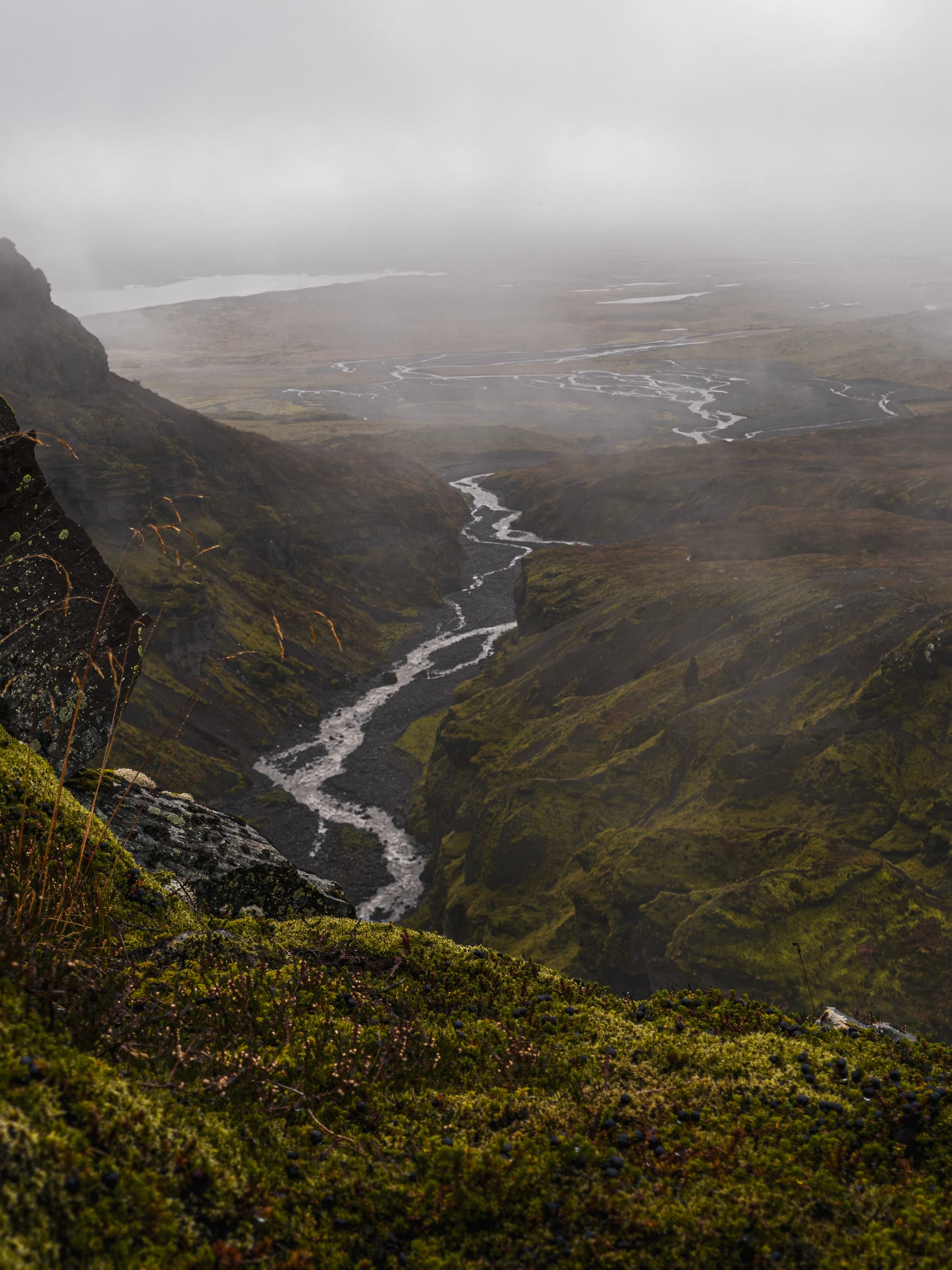
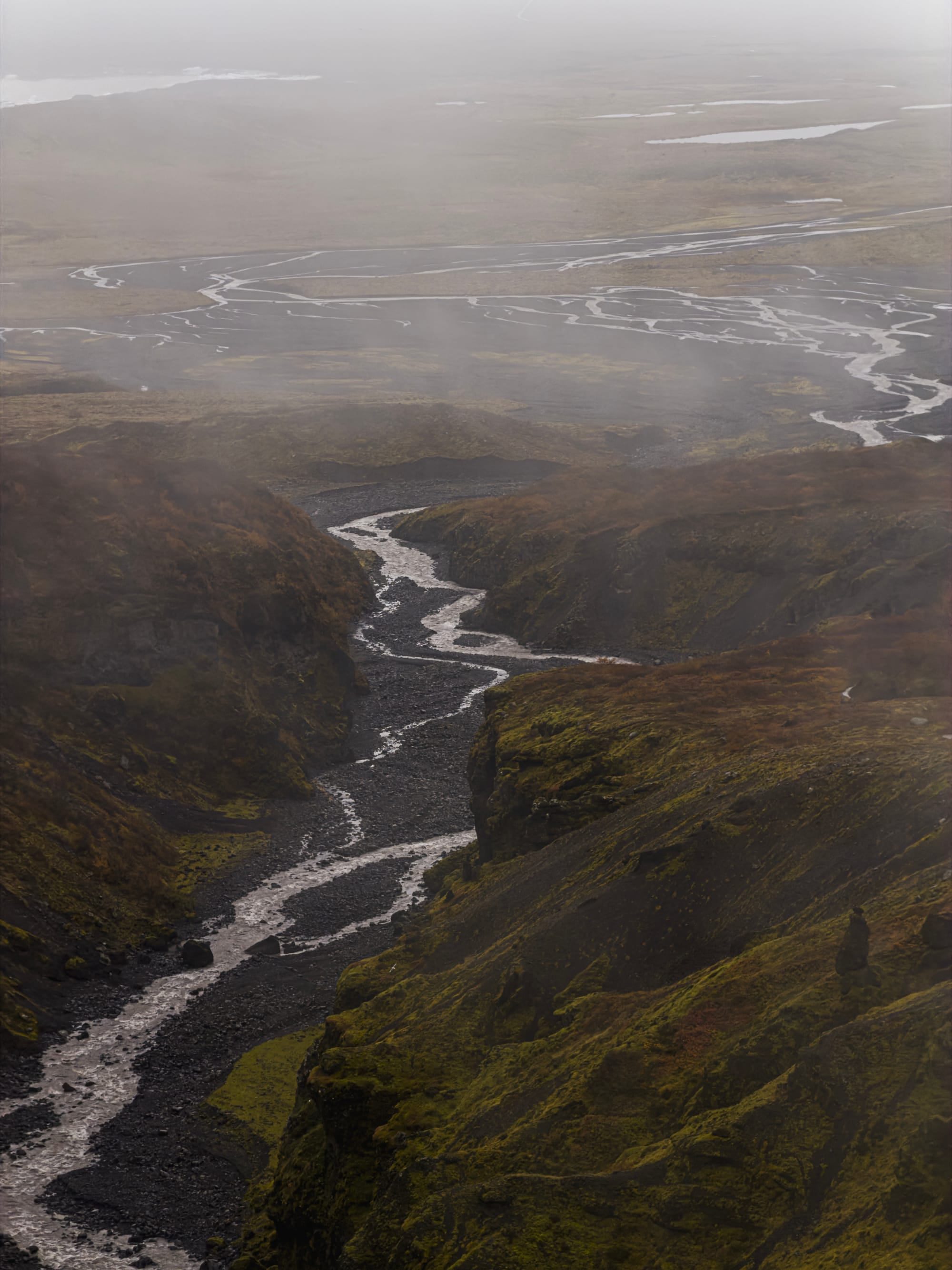
The — unchanged save for processing tweaks — ultra wide and main camera are still great. I find the focal lengths ideal for day-to-day use and the main camera especially is sharp and responsive. Its image quality isn't getting old (yet).
What's beginning to get very old is its lack of close focusing. Its new sibling camera in iPhone Air focuses a whole 5 cm (that's basically 2 inches) closer, and it's very noticeable. For most users, arms-length photography is an extremely common use case: think objects you hold, a dish of food or an iced matcha, your pet; you probably take photos at this distance every day. And if you do, you'll have encountered your iPhone switching, at times rapidly, between the ultra wide 'macro' lens and the regular main camera — one of which produces nice natural bokeh and has far higher image quality. It's been several years of this now, and it's time to call it out as a serious user experience annoyance that I hope can be fixed in the future. This is, incidentally, one of the reasons why our app Halide does not auto-switch lenses.

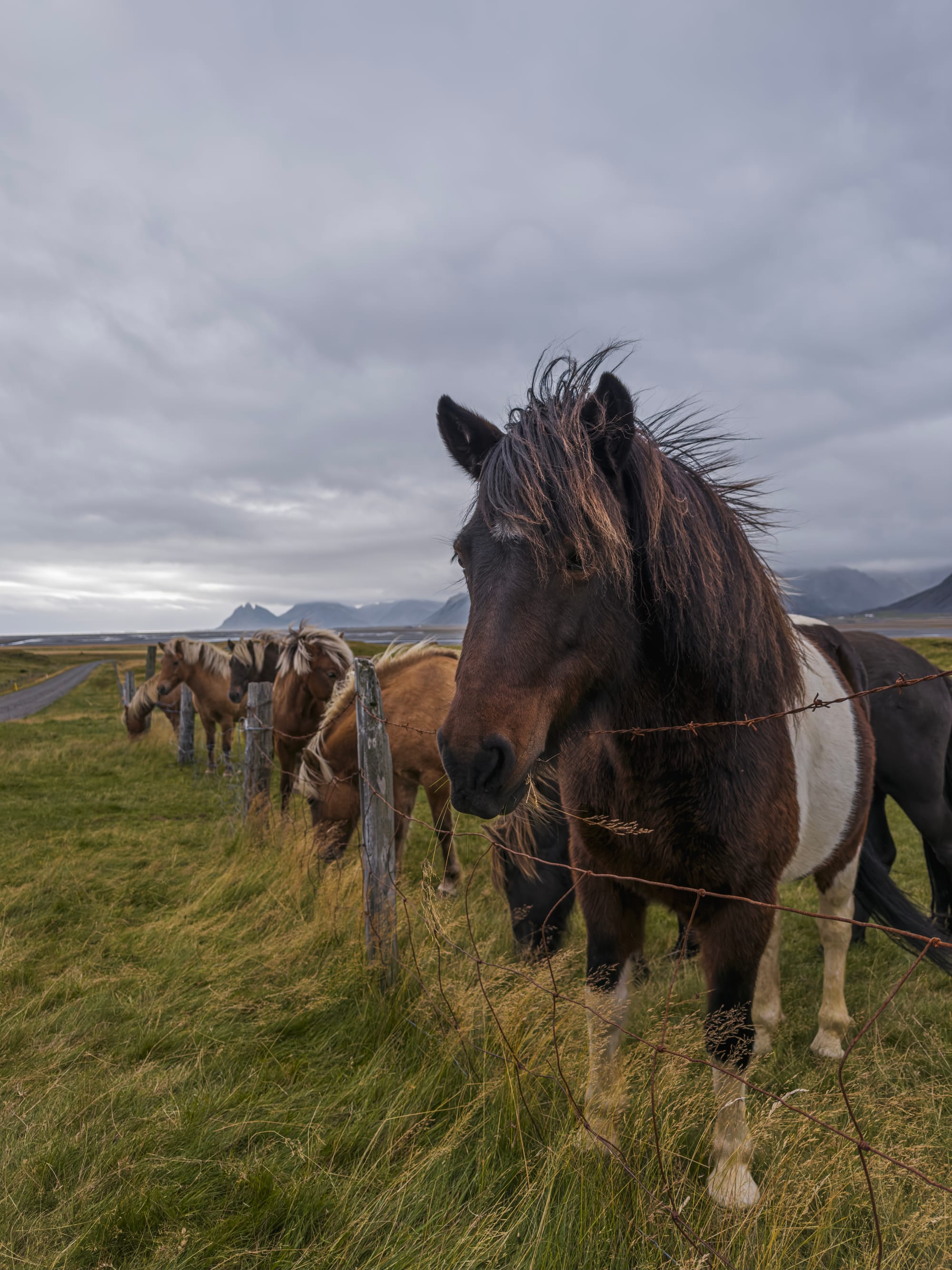
We love a good 2× lens
Shooting at 2× on iPhone 17 Pro did produce noticeably better shots; I believe this can be chalked up to significantly better processing for these 'crop shots'. Many people think Apple is dishonest in calling this an 'optical quality' zoom, but it's certainly not a regular digital zoom either. I am very content with it, and I was a serious doubter when it was introduced.

The entire camera array continues to impress every year in working in unison: this year, more than ever, my shots were very well color and color temperature matched and zooming was more smooth between lenses than I'd seen.
It's wild that they pull this off with 3 different camera sensors and lenses. It's essentially invisible to the average user, and that's a real feat. No other company does this as well: pick up an Android phone and go through their copy of the iOS Camera zoom wheel to see for yourself sometime.
4× the Charm
I have previously written perhaps one too many love letter to the 3× camera lens that the iPhone 13 Pro, 14 Pro had. While it had a small sensor, its focal length was just such a delight; one of my favorite go-to lenses is 75mm. Shooting with longer lenses is a careful balance of framing, and it's harder the longer the focal length is.


I had to actually think about achieving a nice scene here with the telephoto lens, rather than the ultra-wide's 'shoot my view' approach.
Creative compositions are much easier when you have to select what not to include rather than to focus attention on one thing; the devil is in the detail.
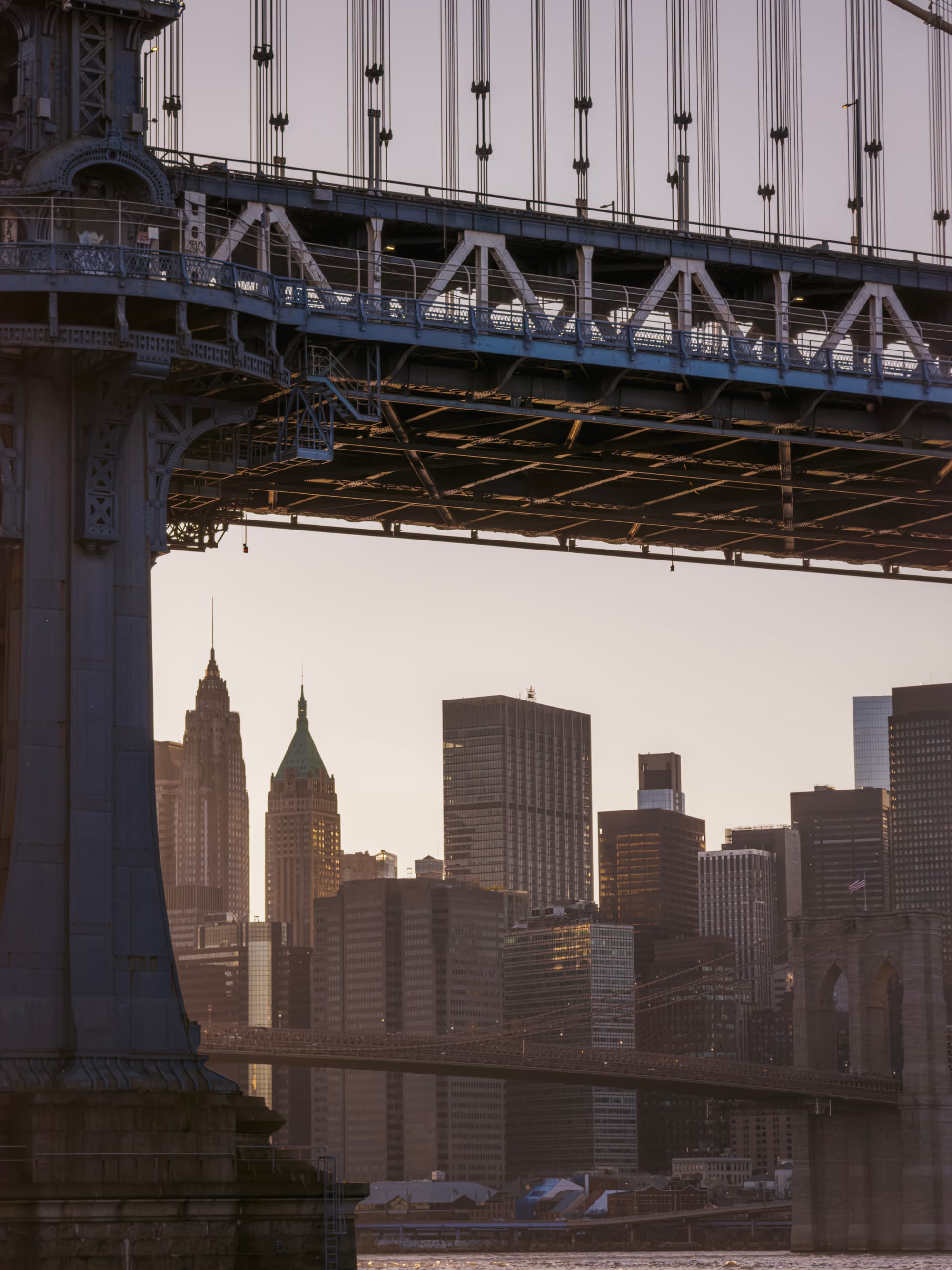
The previous iPhone traded some image quality in the common zoom range (2-4×) for reach. I found the 16 Pro's 5× lens reach spectacular, but creatively challenging at times for that reason. There was also a tremendous gap in image quality between a 3× - 4× equivalent crop of the Main camera and the telephoto, which made missing an optical lens at that range even more painful.
4× is an elegant solution; while I do still miss 3× — 3.5× would've been perfect, but admittedly not nearly as numerically satisfying as 1-2-4-8× — the lens' focal length is fantastic for portraiture and details alike, and its larger sensor renders impressive detail:
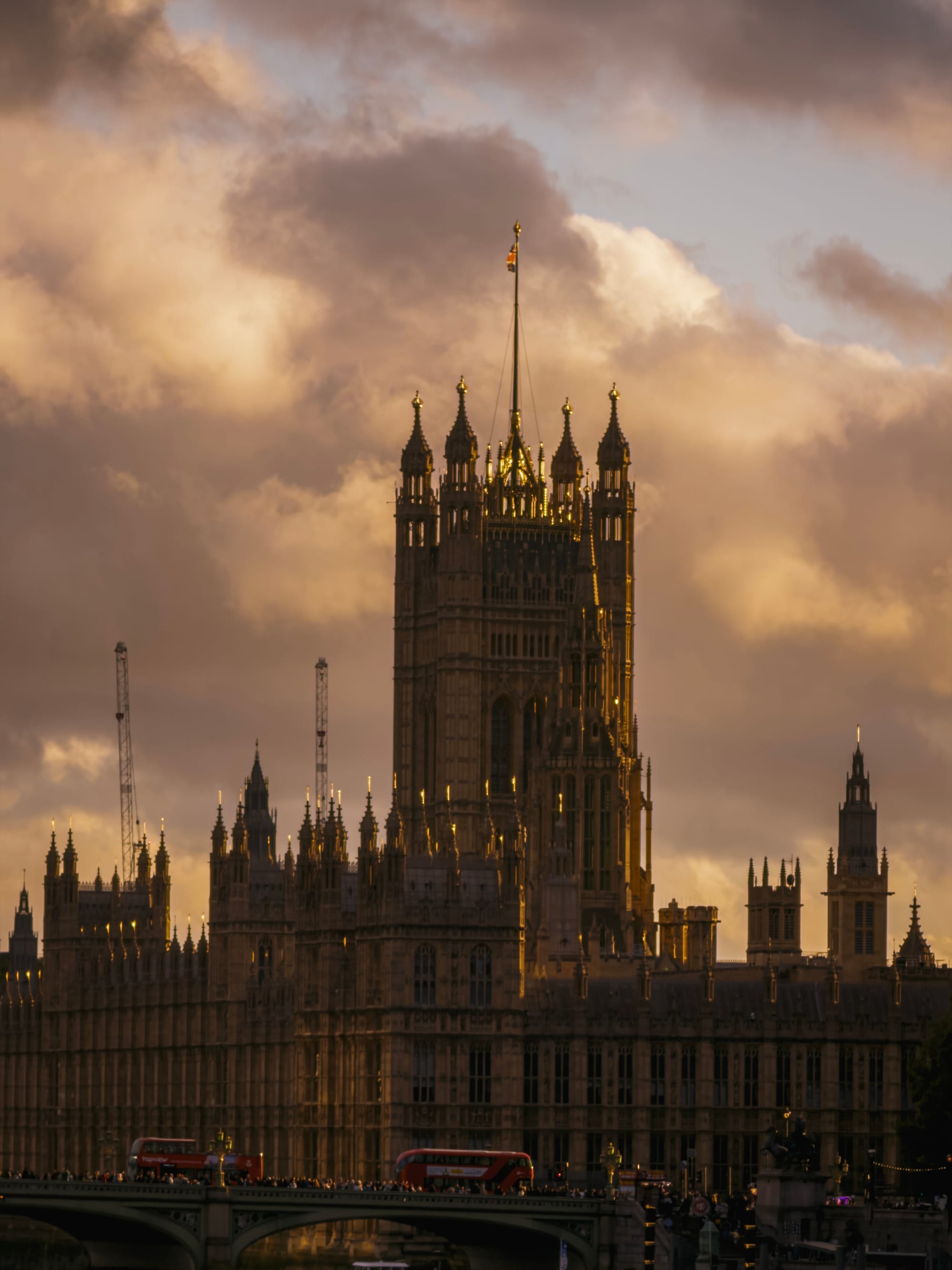
Even in low light, the lens performs admirably — due to a multitude of factors: excellent top-tier stabilization of the sensor 3D space, software stabilization, good processing and a larger sensor.
It is still is very much reliant on processing and Night Mode compared to the Main camera, however — expect those nighttime shots to require ProRAW and / or Night Mode to get the most out of a shot.
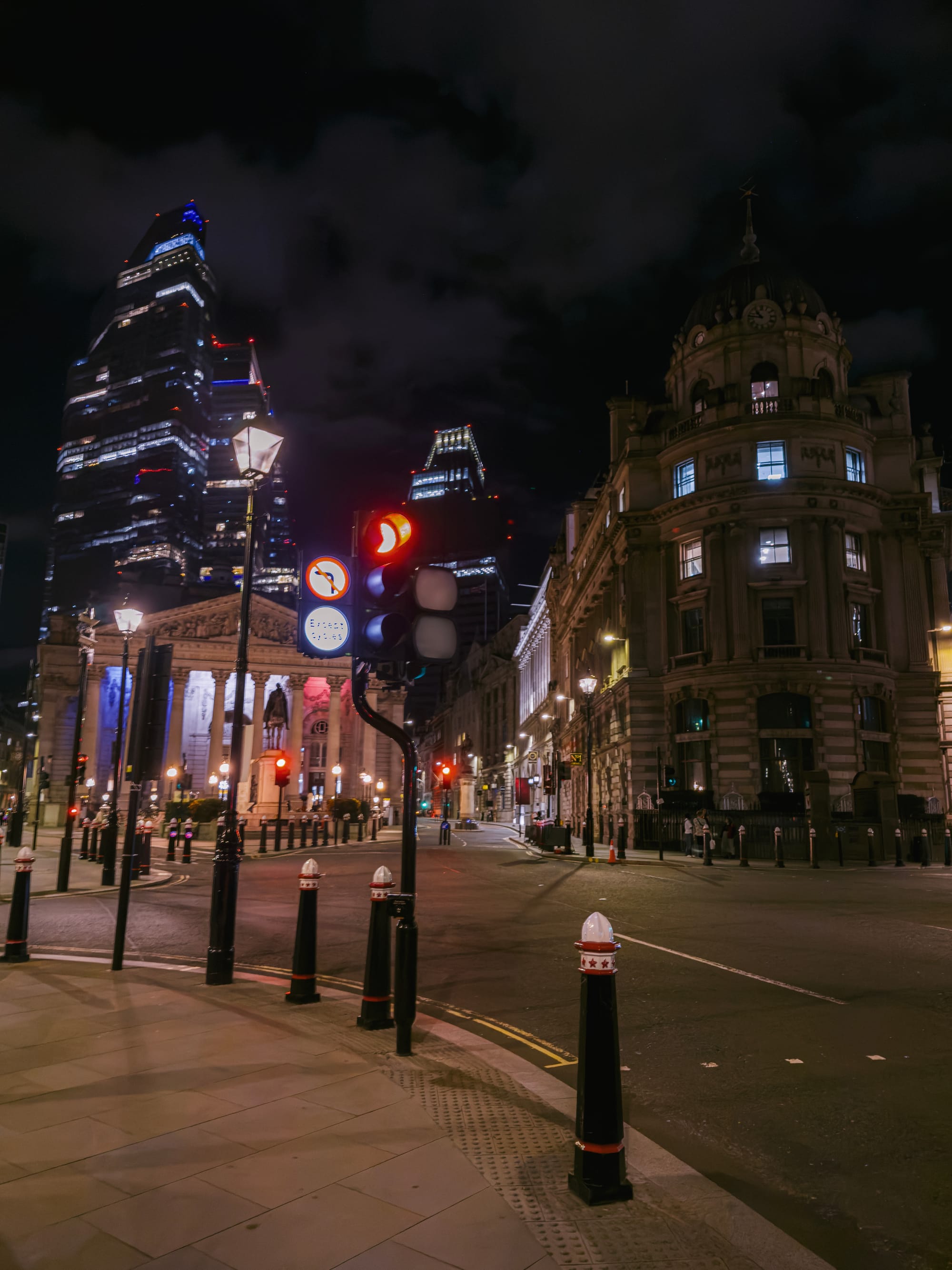
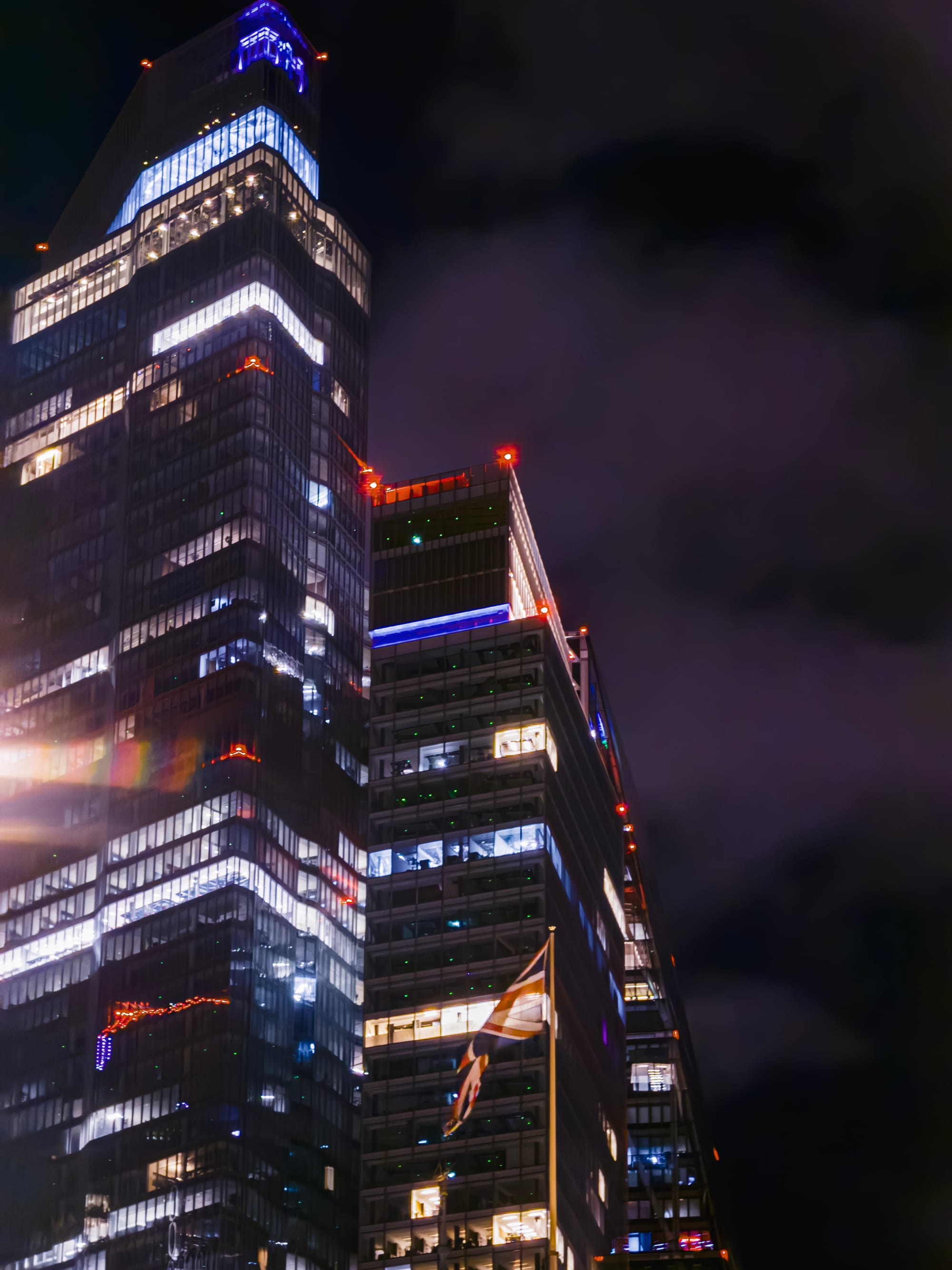
This is a pretty significant improvement over the way the previous 5× lens handled a dark scene.
Even then, things will look fairly 'smoothed over':
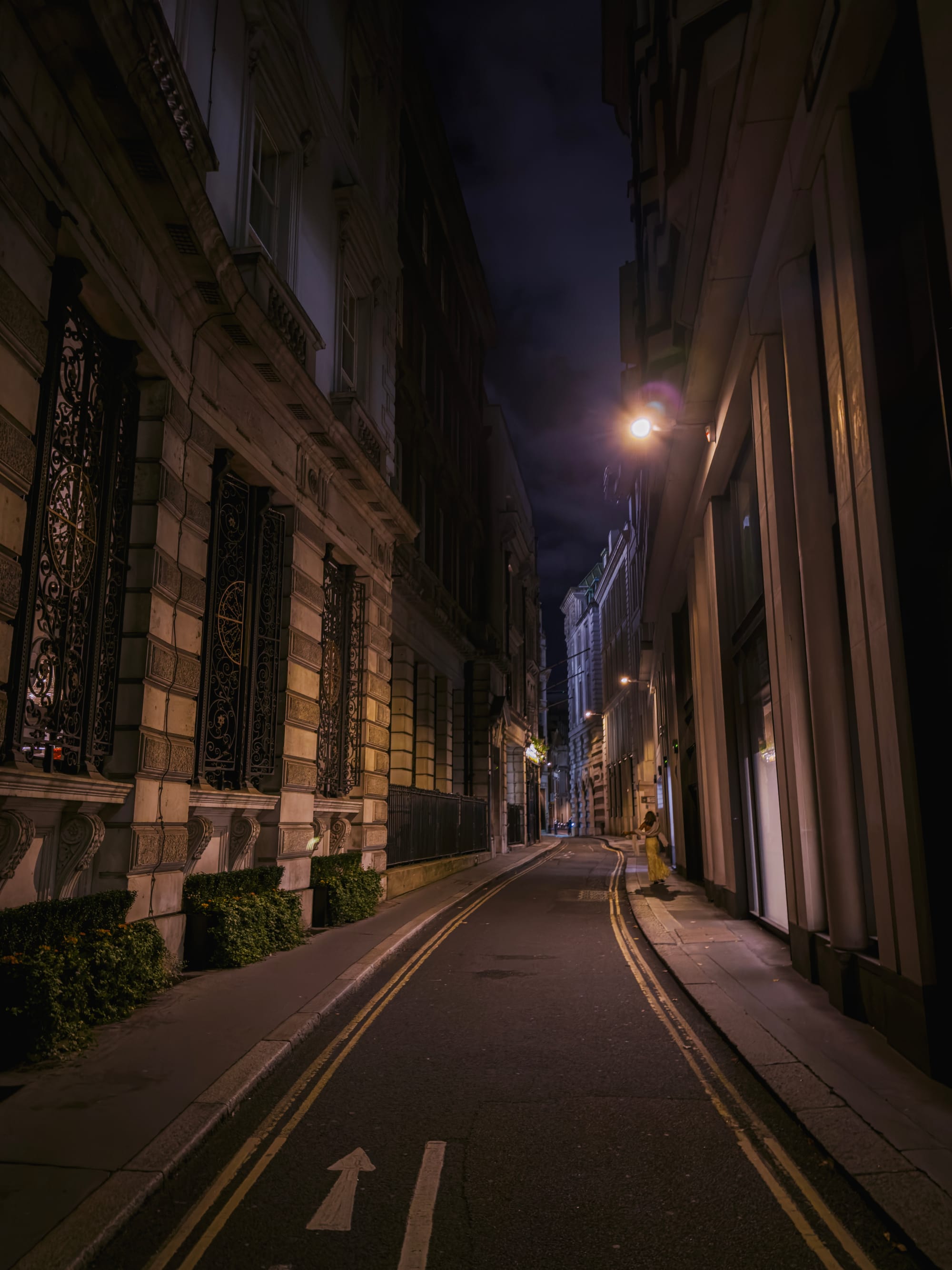
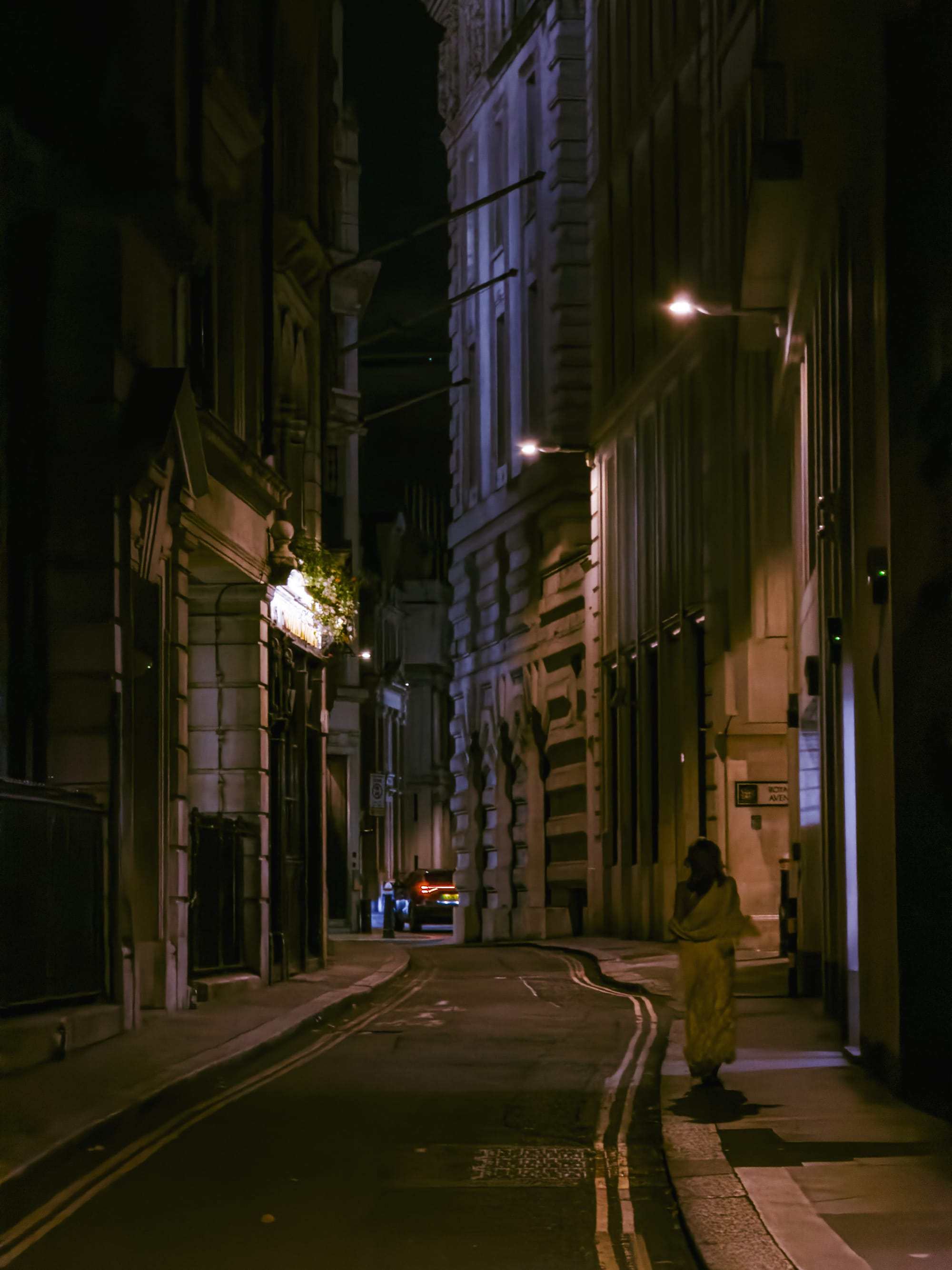
Detail in the buildings here is entirely smoothed over by noise reduction. It's a larger sensor, but a long lens and still relatively small sensor just means noisy images at night, which shows up as heavy noise reduction in the shadows.
Regardless, this is a tremendous telephoto upgrade, and if you were as much of a telephoto lover as me it might well be reason alone to upgrade.
Are the 48 megapixel details truly visible? Well, judge for yourself:


I find that the resolution is great, though the lens is a bit soft.
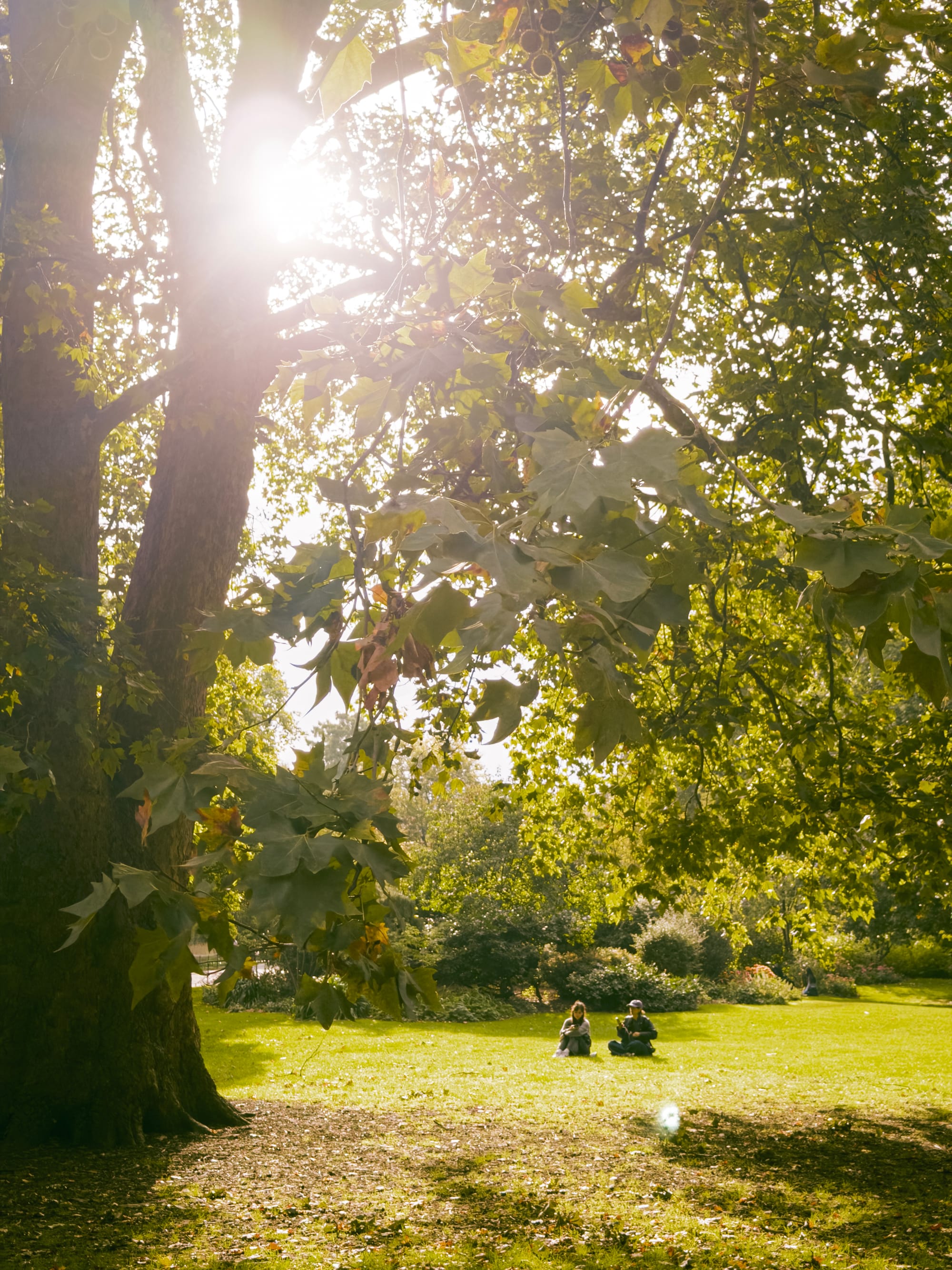
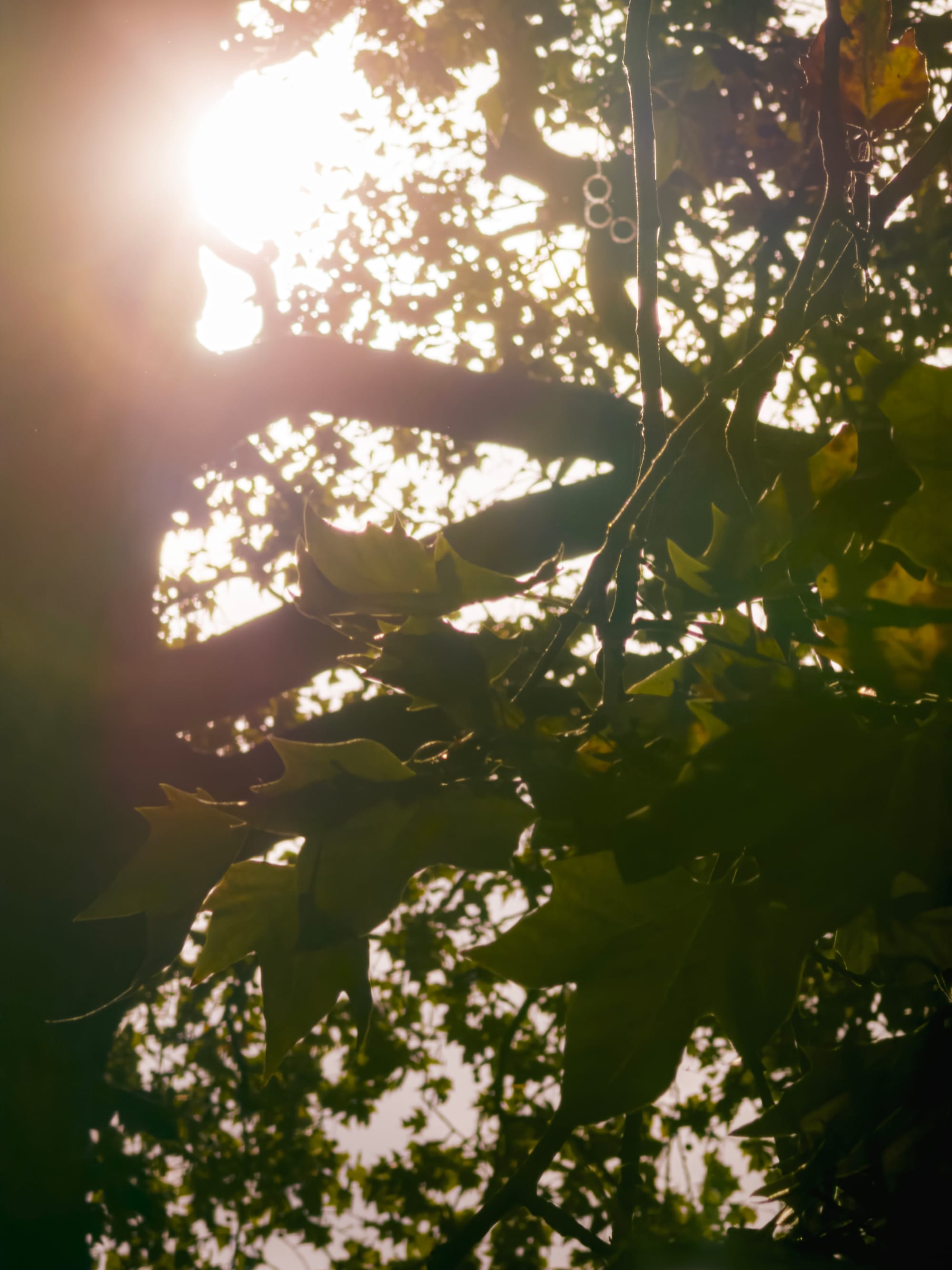
I found that the softness of the lens and its lack of heavy handed sharpening in post (at least in Halide's Process Zero or Camera's ProRAW capture mode) felt downright atmospheric. You can always add heavy sharpening later if you want that effect.
I like this softness, myself; it is to Apple's great credit that there isn't some kind of heavy handed sharpening algorithm that pushes these images to look artificially sharper.
It renders very naturally, extremely flattering for portraiture, and showcases processing restraint that I haven't seen from many modern phone makers. Bravo.
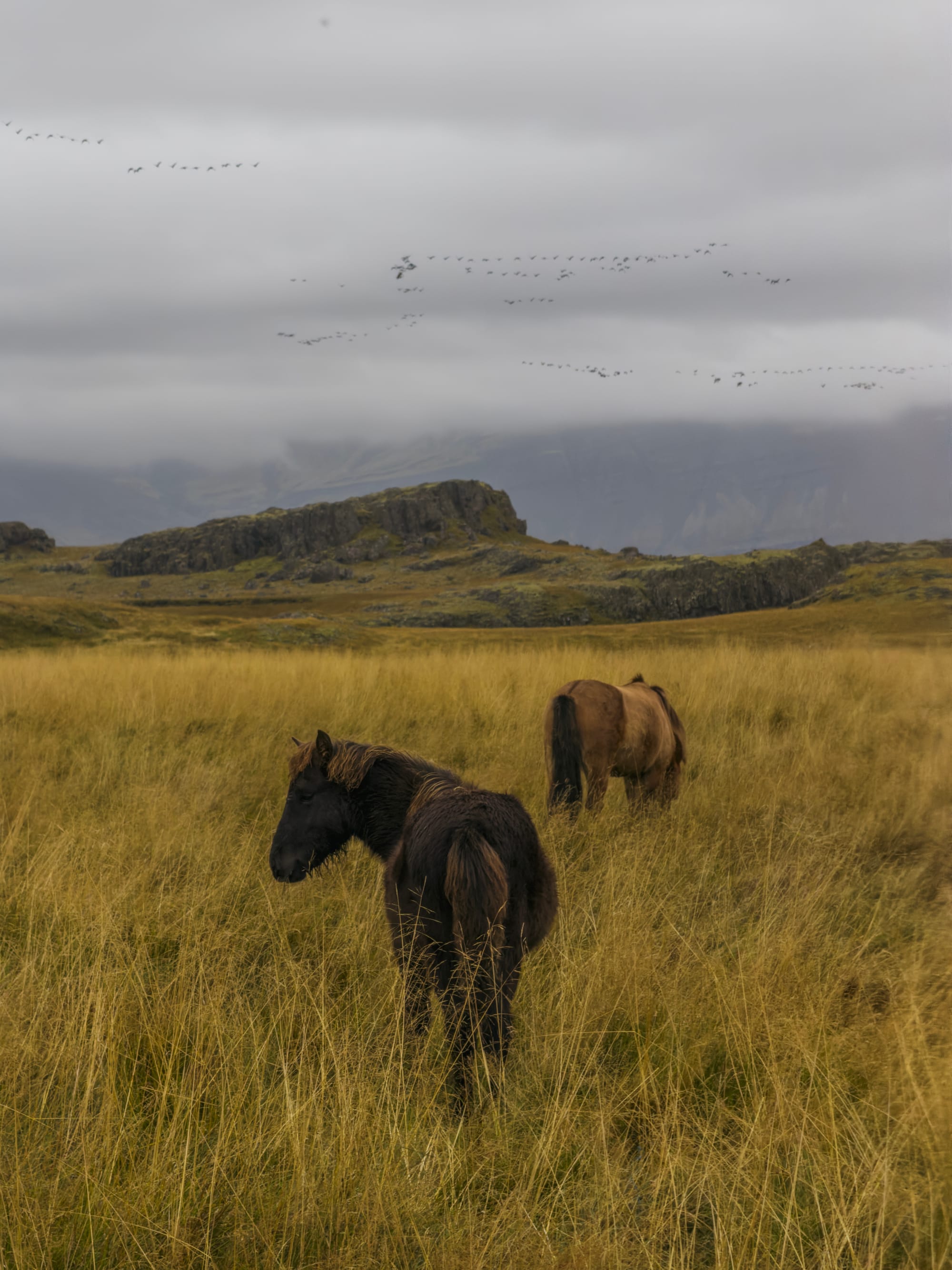
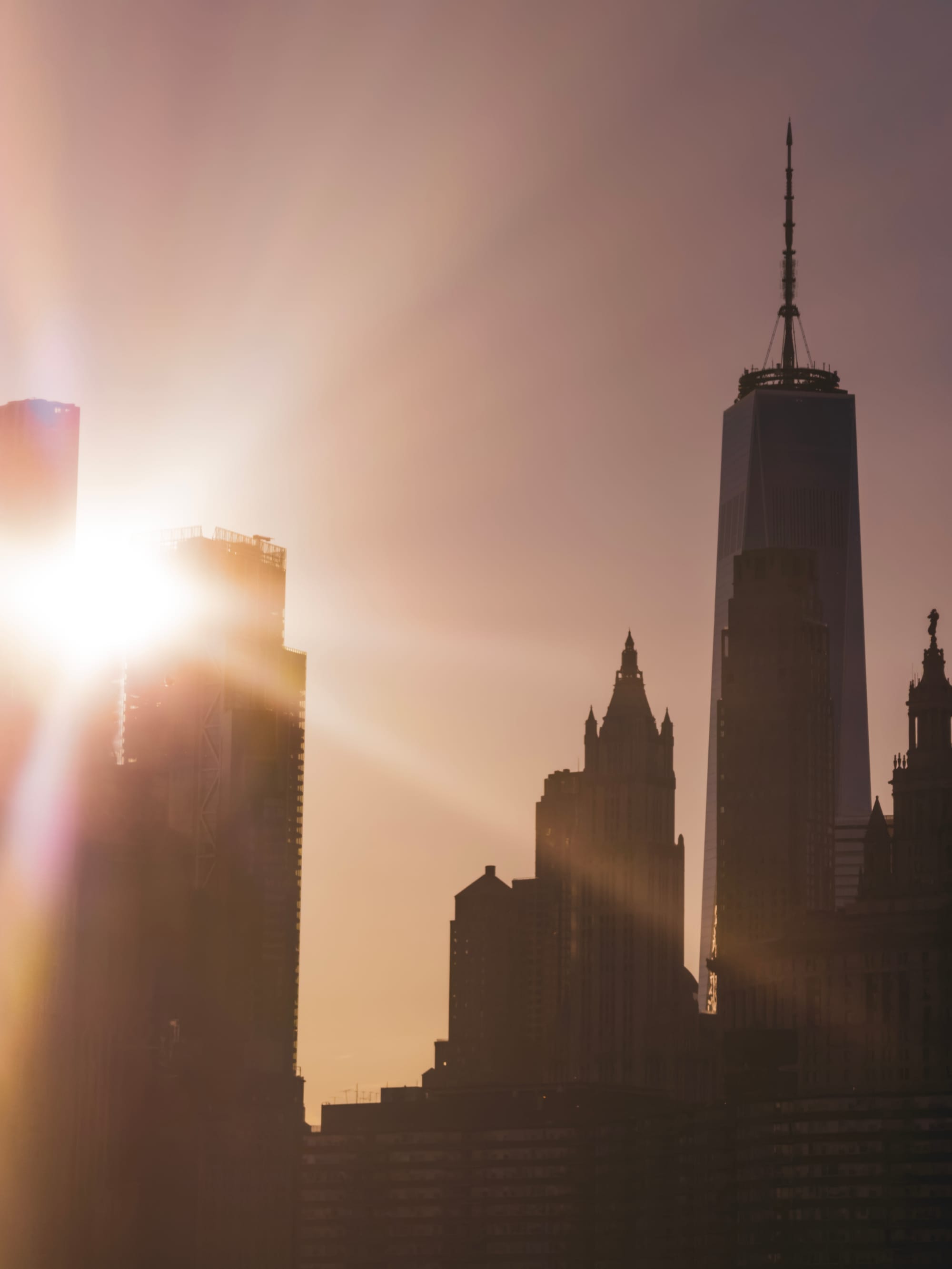
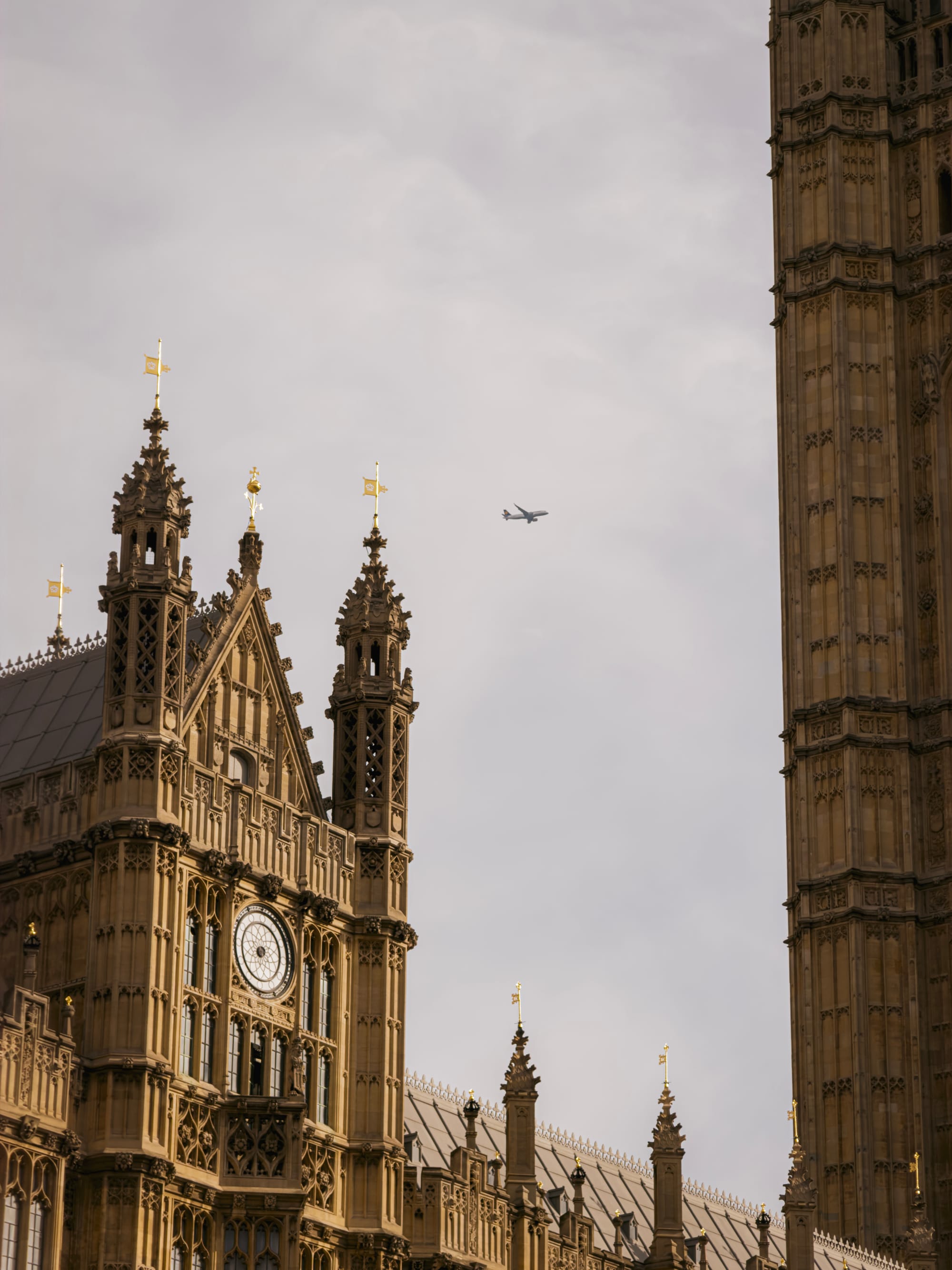
It also has an additional trick up its sleeve thanks to those extra pixels and processing: an additional lens unlocked by cropping the center 12 MP area of the image, along with some magical processing. Does it really work?
8× Feature's a Feat
The overall experience of shooting a lens this long should not be this good. I've not seen it mentioned in reviews, but the matter of keeping a 200mm lens somehow steady and not an exercise in tremendous frustration is astonishing. Apple is using both its very best hardware stabilization on this camera and software stabilization, as seen in features like Action Mode.
You will notice this while using the camera at this zoom level: the image will at times appear to warp in areas of your viewfinder, or lag behind your movement a little bit. The only way to truly communicate how impressive this is is to grab a 200mm lens and hand-hold it: you'll find that it magnifies the small movements of your hand so much that it is really hard to frame a shot unless you brace it.
And then there's the images from this new, optimized center-crop zoom.
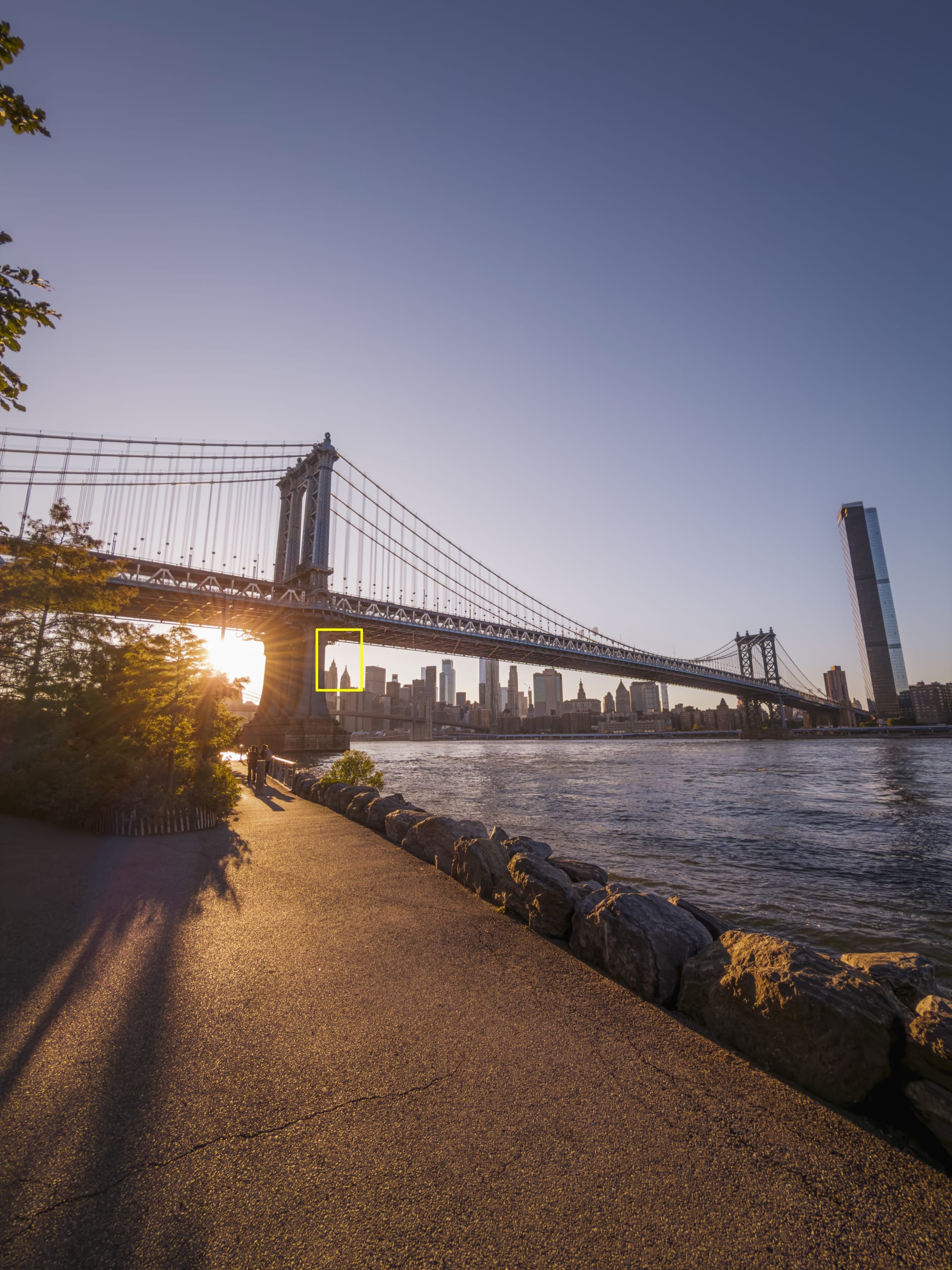

To say I've been impressed with the output would be an understatement.


Sometimes you get a little bit of a comedic effect as you realize you are seeing things through the telephoto lens you hadn't even noticed or can't quite make out with your own eyes:
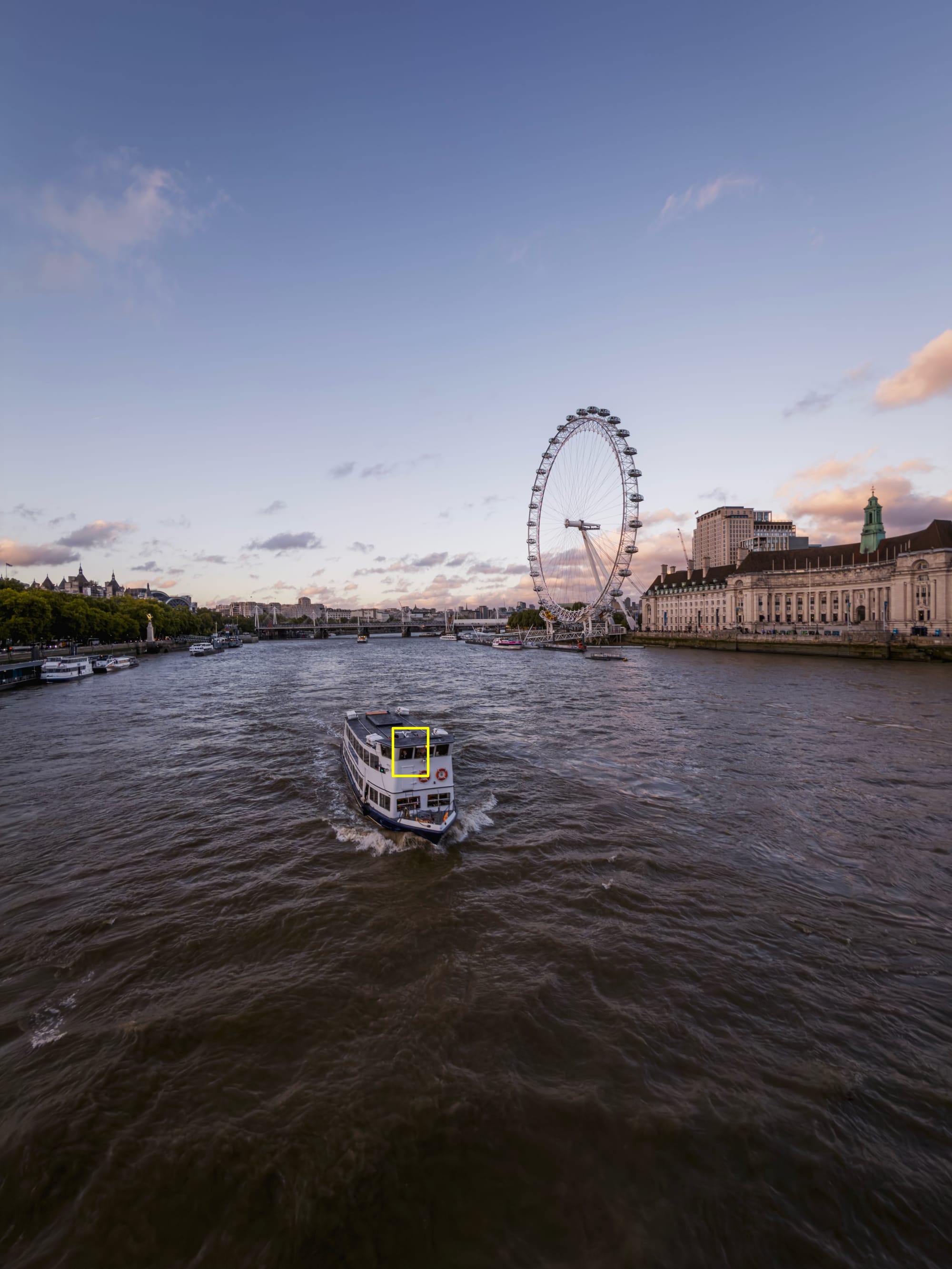

And other times you become that stereotypical bird photographer (or in my case, a wanna-be). I will note that even with its magical stabilization, getting a picture of something in rapid motion is a bit of a challenge...

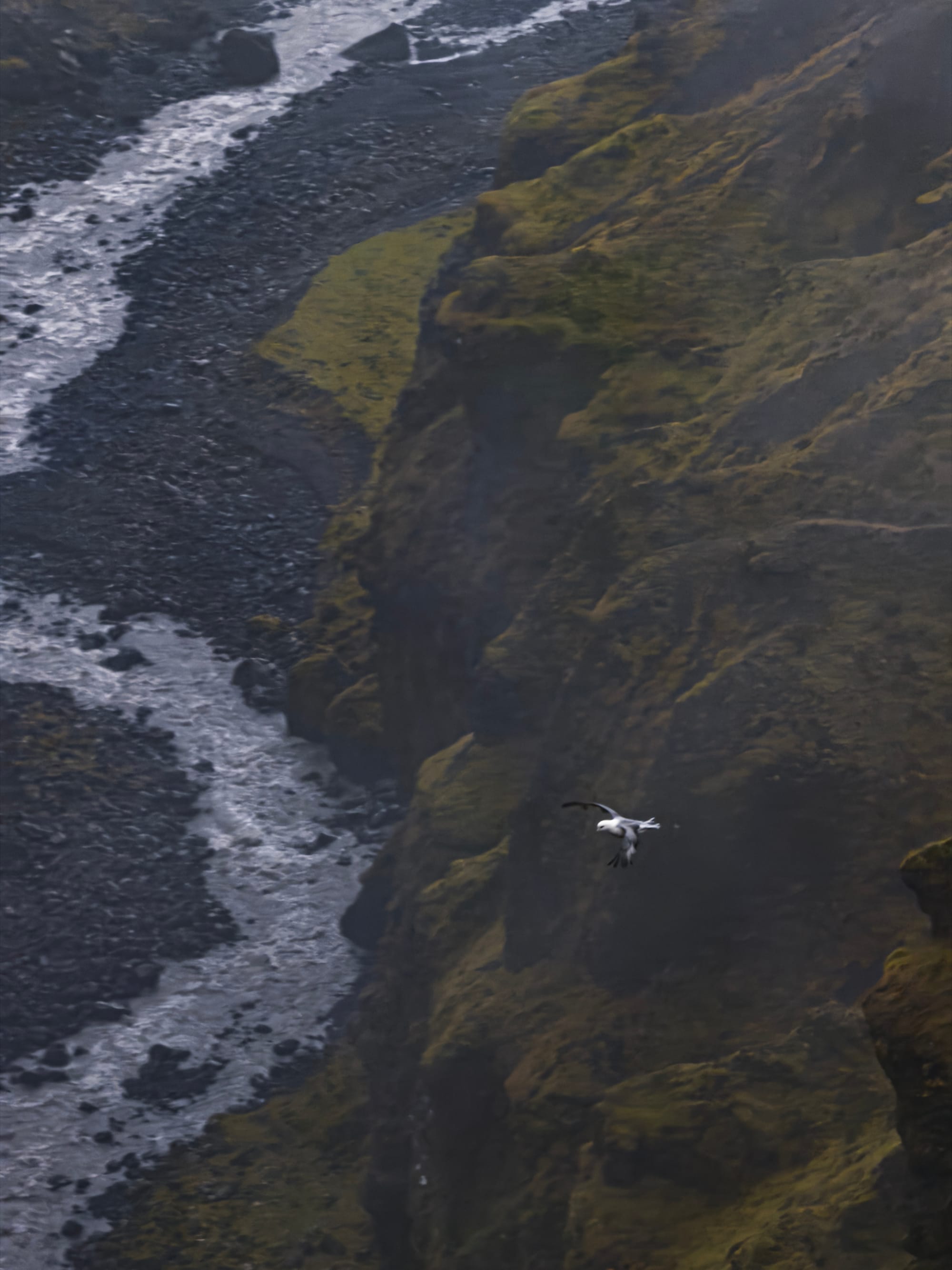
... but the results are truly magical if you do nail it. Is this tack sharp?

Well, no, but this is 500% detail of a crop of a phone sensor shooting at 200mm at a fast moving bird on a cloudy day. I am pretty impressed.
It allows for some astonishing zoom range through the entire system.
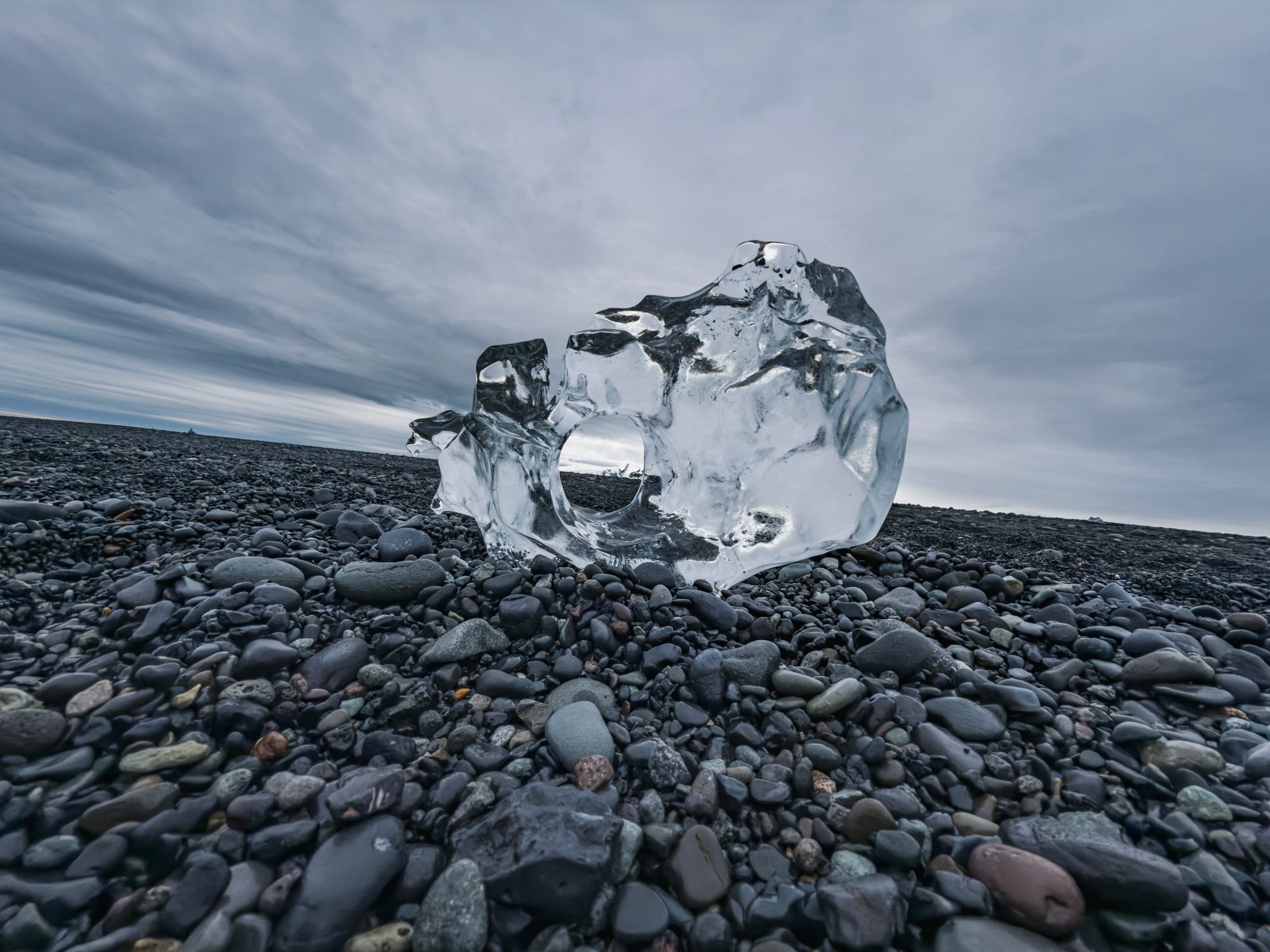


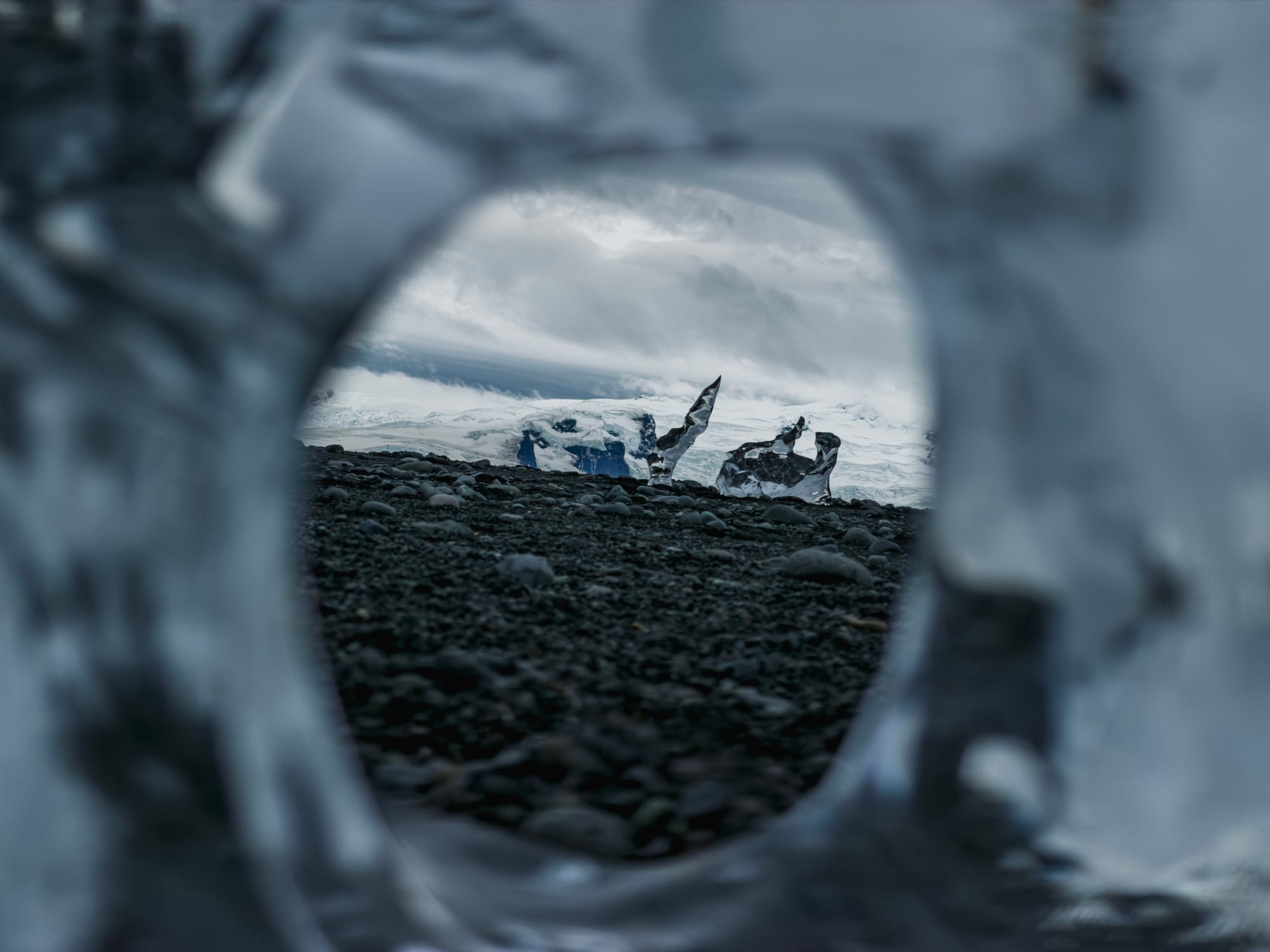
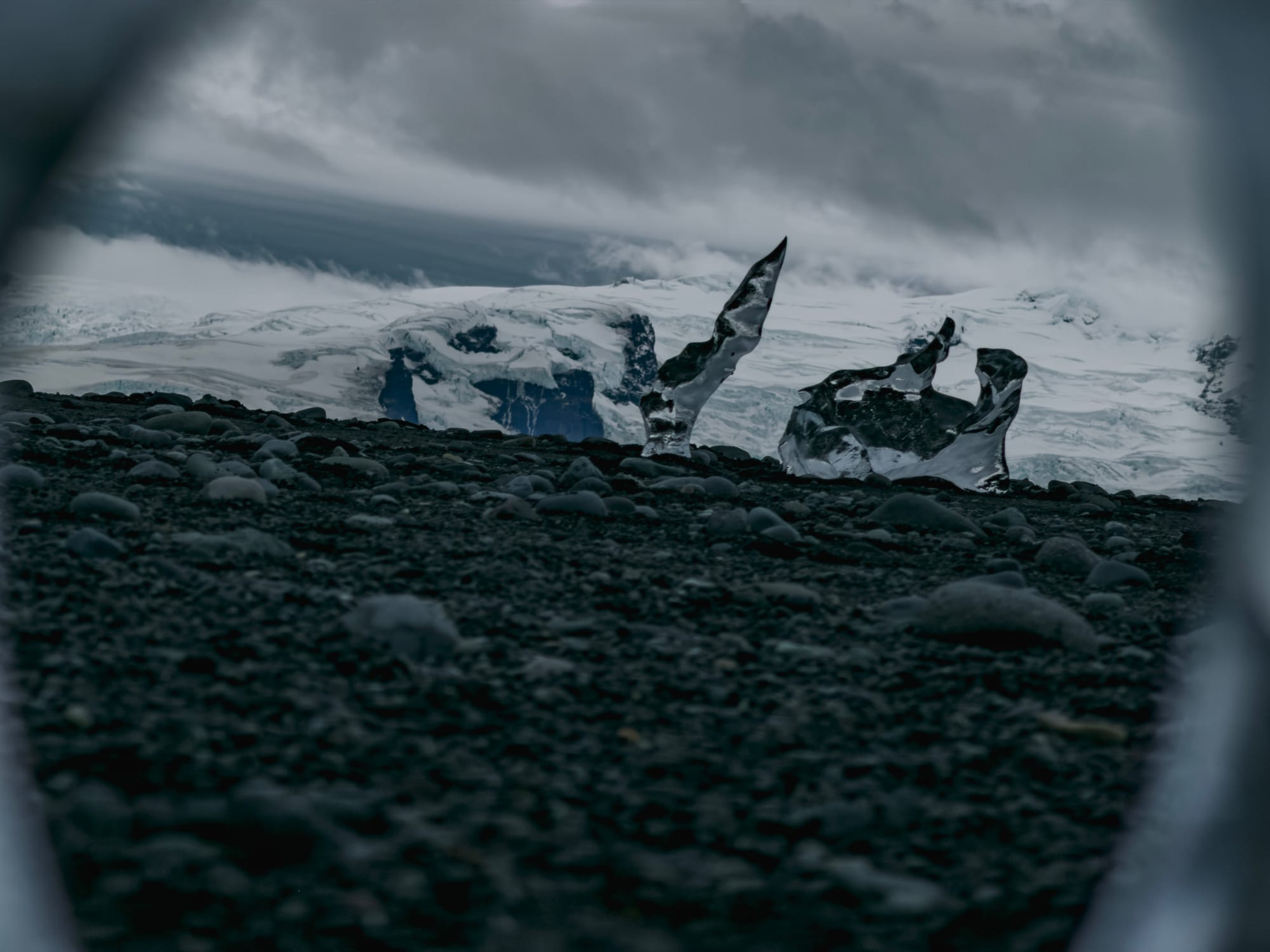
I mentioned it before, but I want to reiterate it because it's such a fun creative exercise for anyone with this phone: I believe that the longer the lens, the more of your skills in creating beautiful compositions and photos will be challenged. It's just not that easy — but it also means you suddenly find different beautiful photos in what was previously a single frame:
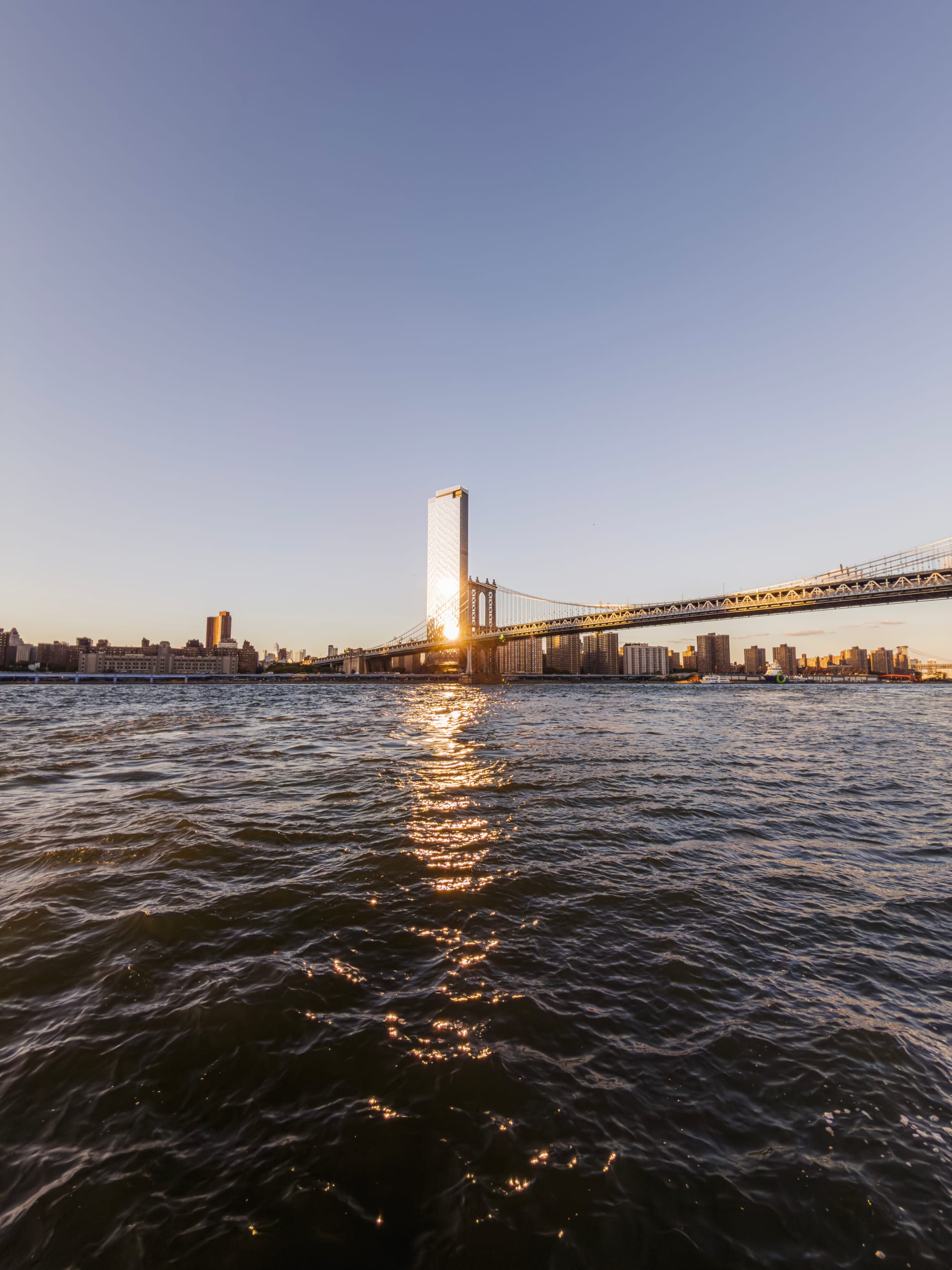

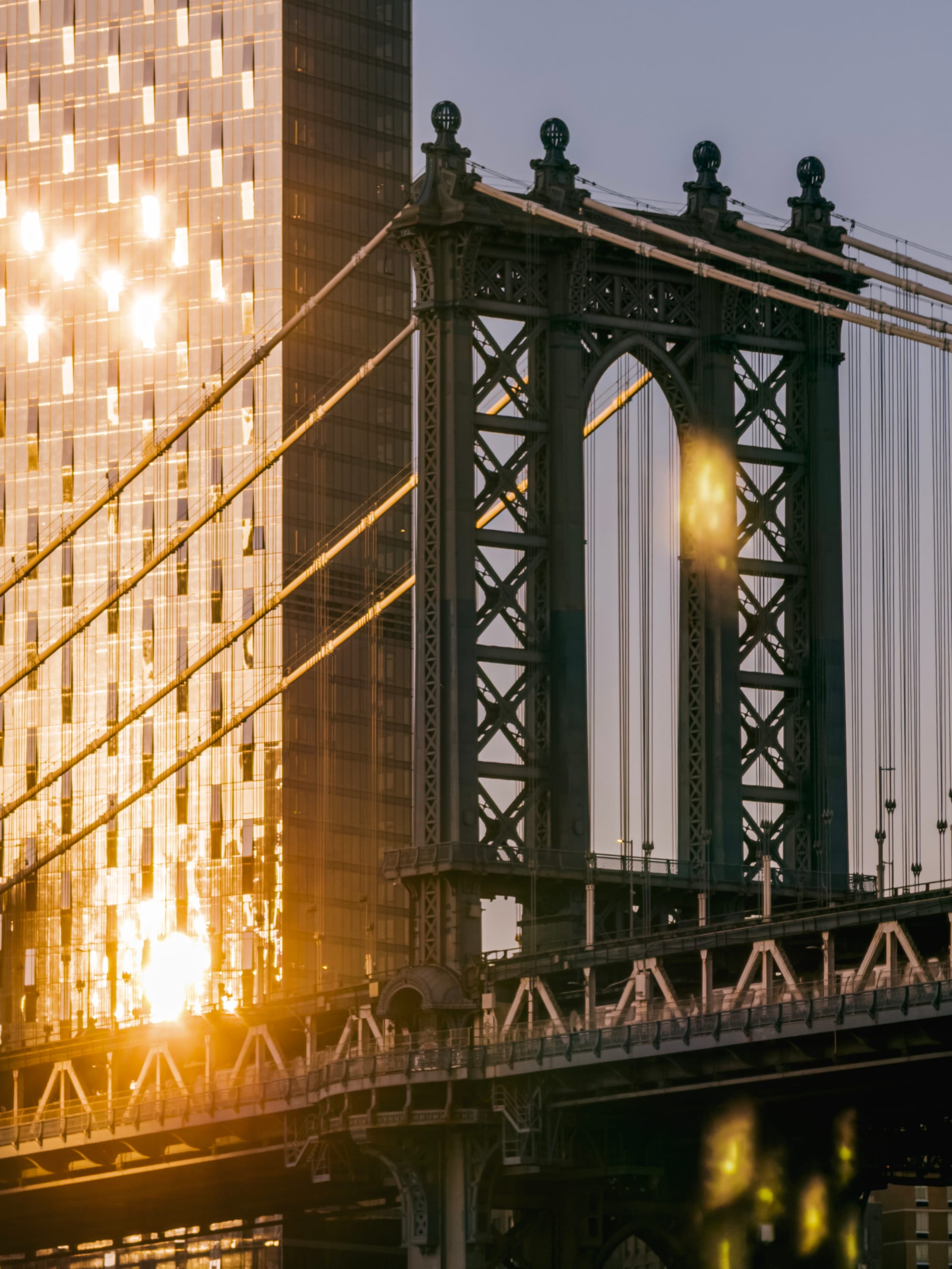
The details are often prettier than the whole thing. Now I get to choose what story my image tells. What caught my eye, or what made the moment so magical. In video this is also lots of fun; I will post some Kino shorts on our Instagram to highlight the fun of moving video details of a scene.
Another example: here, Big Ben can take the center stage. As I shoot at 4×, I get an 'obvious' composition:
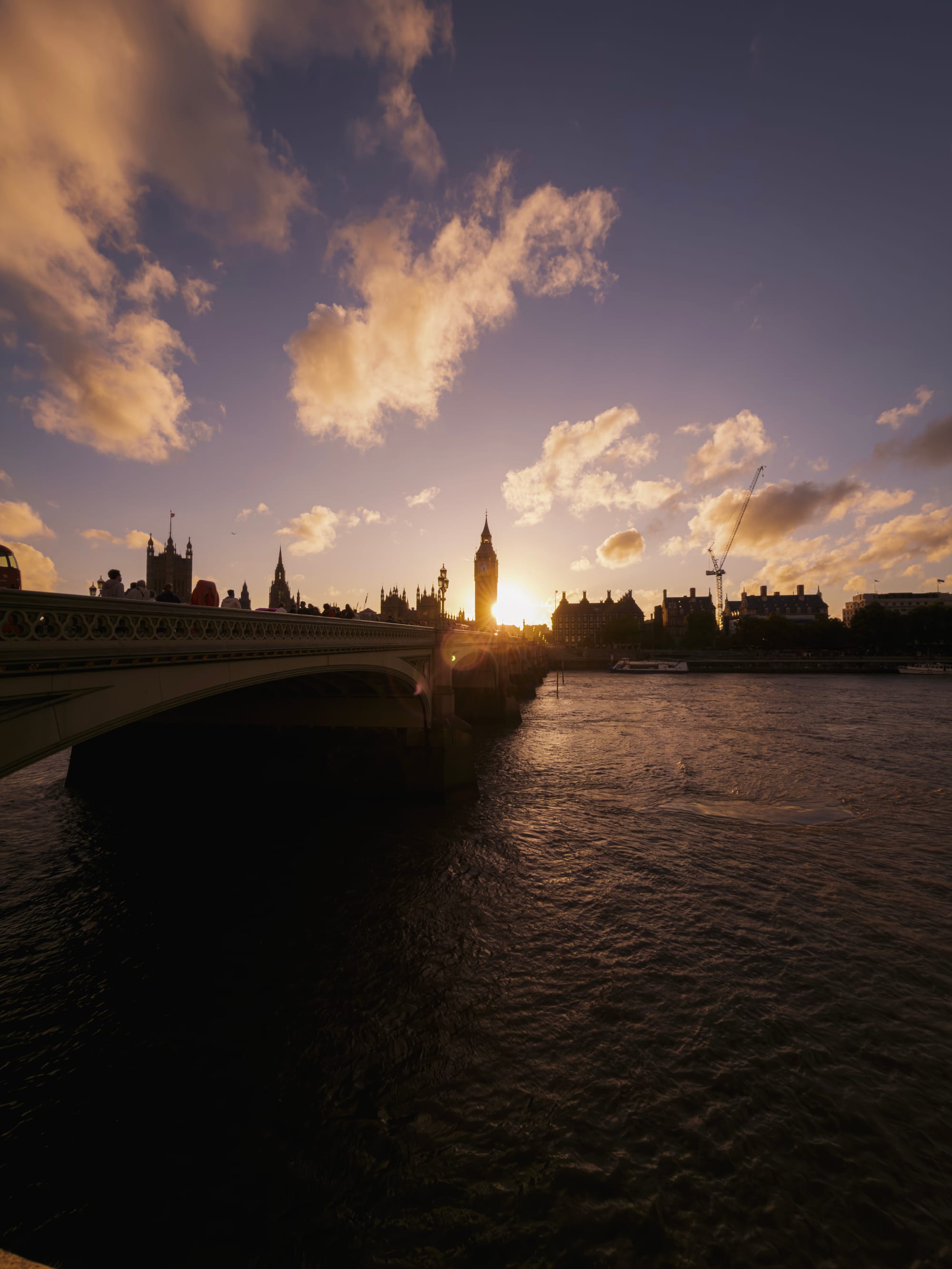
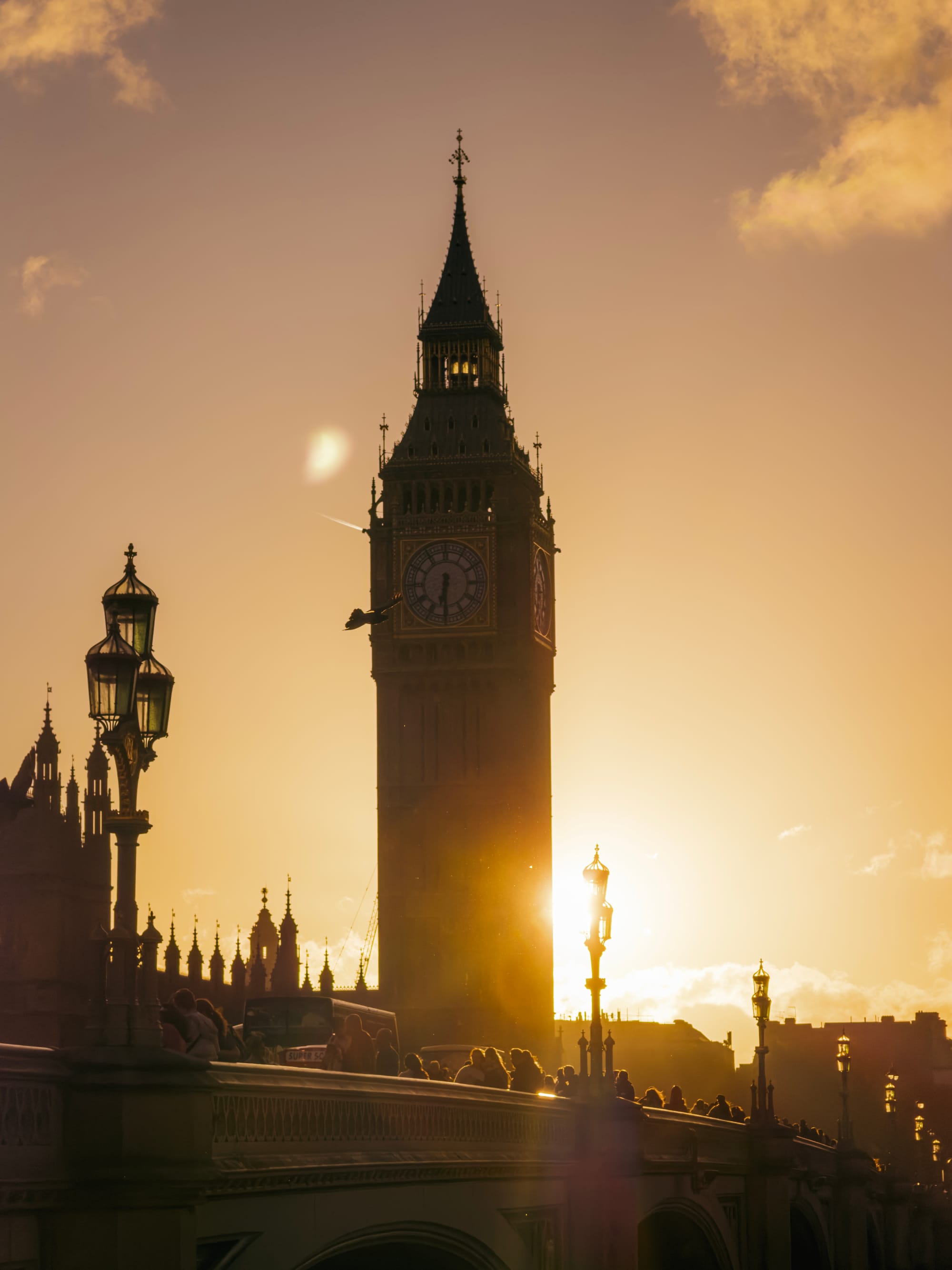
At 8×, I am presented with a choice: I can capture the tower, or the throng of people crossing the bridge and note as the evening sun lights up the dust in the air:
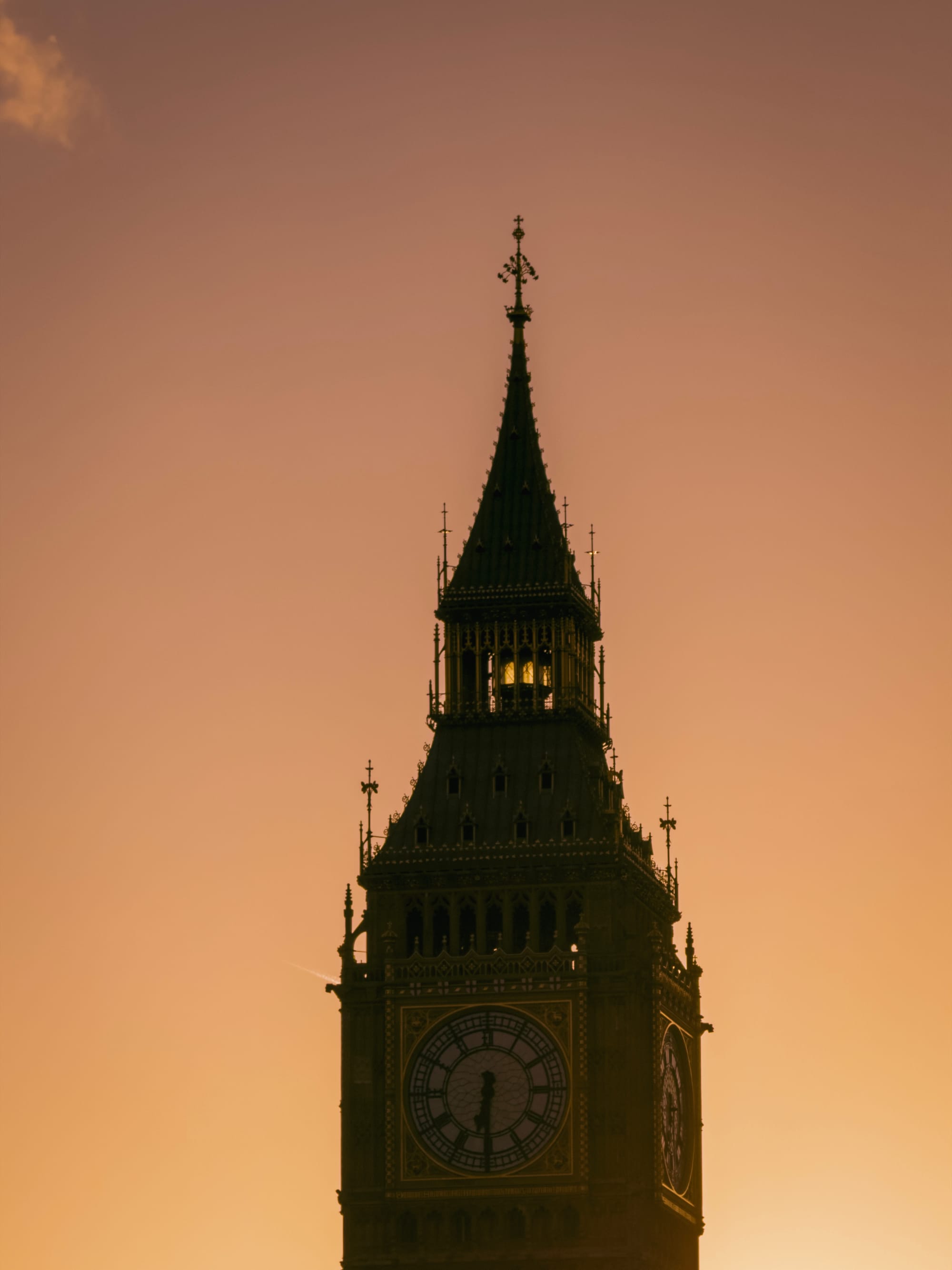
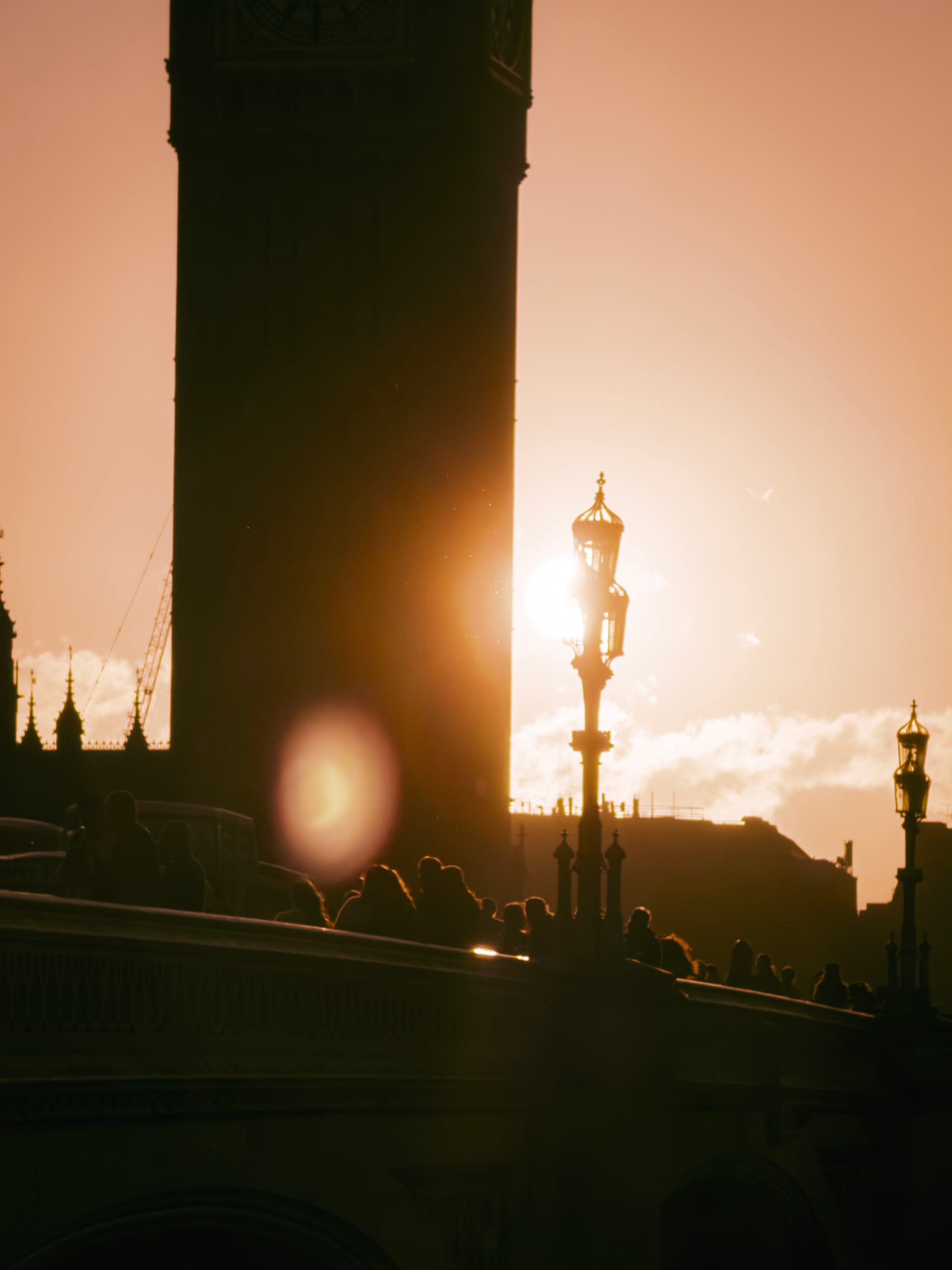
I like what this does for you as a photographer. Creativity, as many things do, can function as a muscle. Training it constantly, and stimulating yourself by forcing creative thought is what helps you become better at the craft.
This is a little artistic composition gym in your pocket. Use it.
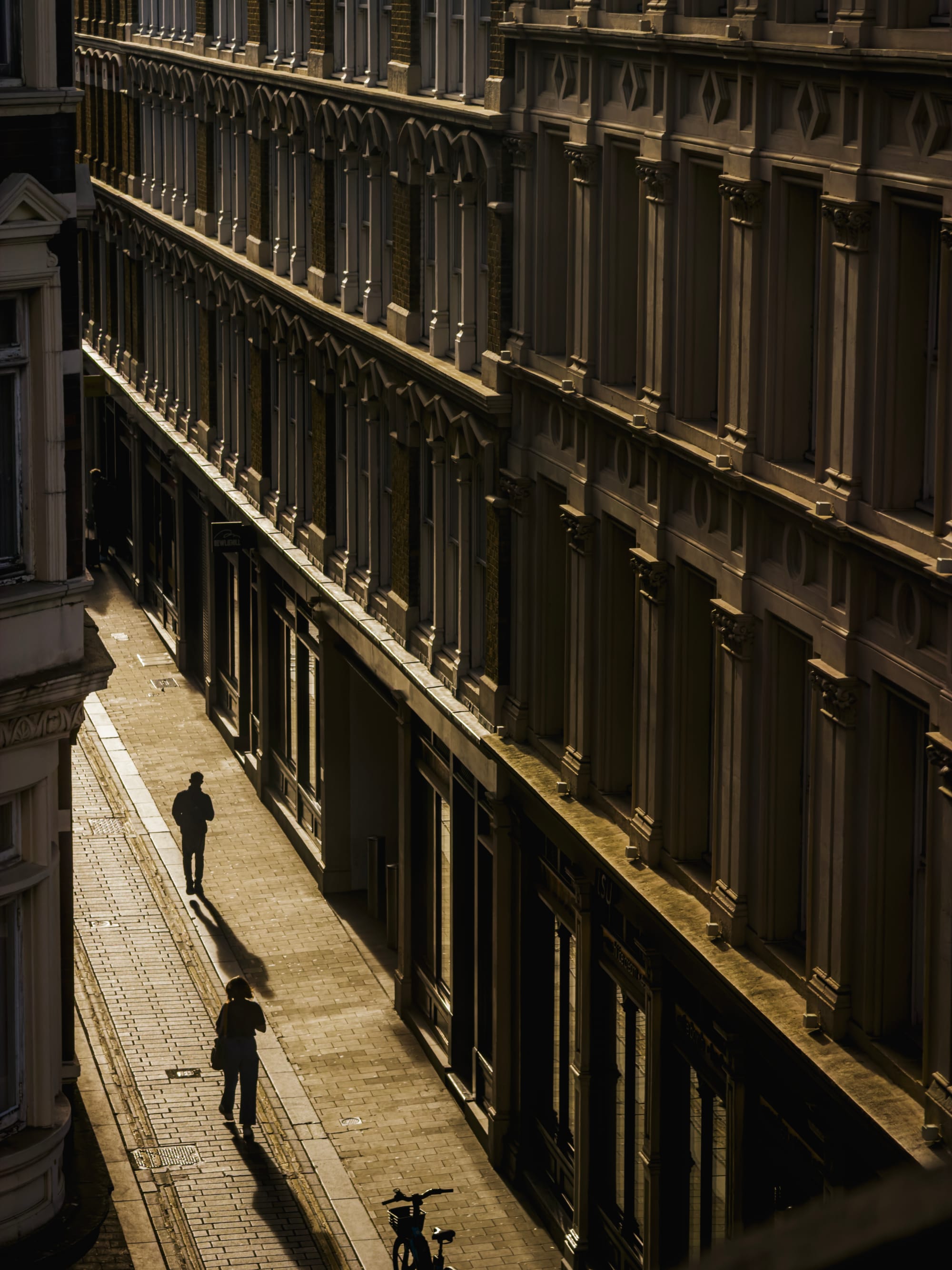
Trust the Process
As we mentioned in our last post, algorithms are about as important — perhaps more so — than the lens on your camera today. There's a word for that: processing. We're keenly aware of just how many people are at times frustrated with the processing an iPhone does to its imagery. It's a phenomenon that comes from a place of exceptional luxury: without its mighty, advanced processing an iPhone would produce a far less usable image for most people in many conditions.
I believe the frustration often lies in the 'intelligence' of processing making decisions in image editing that you might consider heavy handed. Other times, it might be simply reducing noise that makes an image look smudgy in low light.
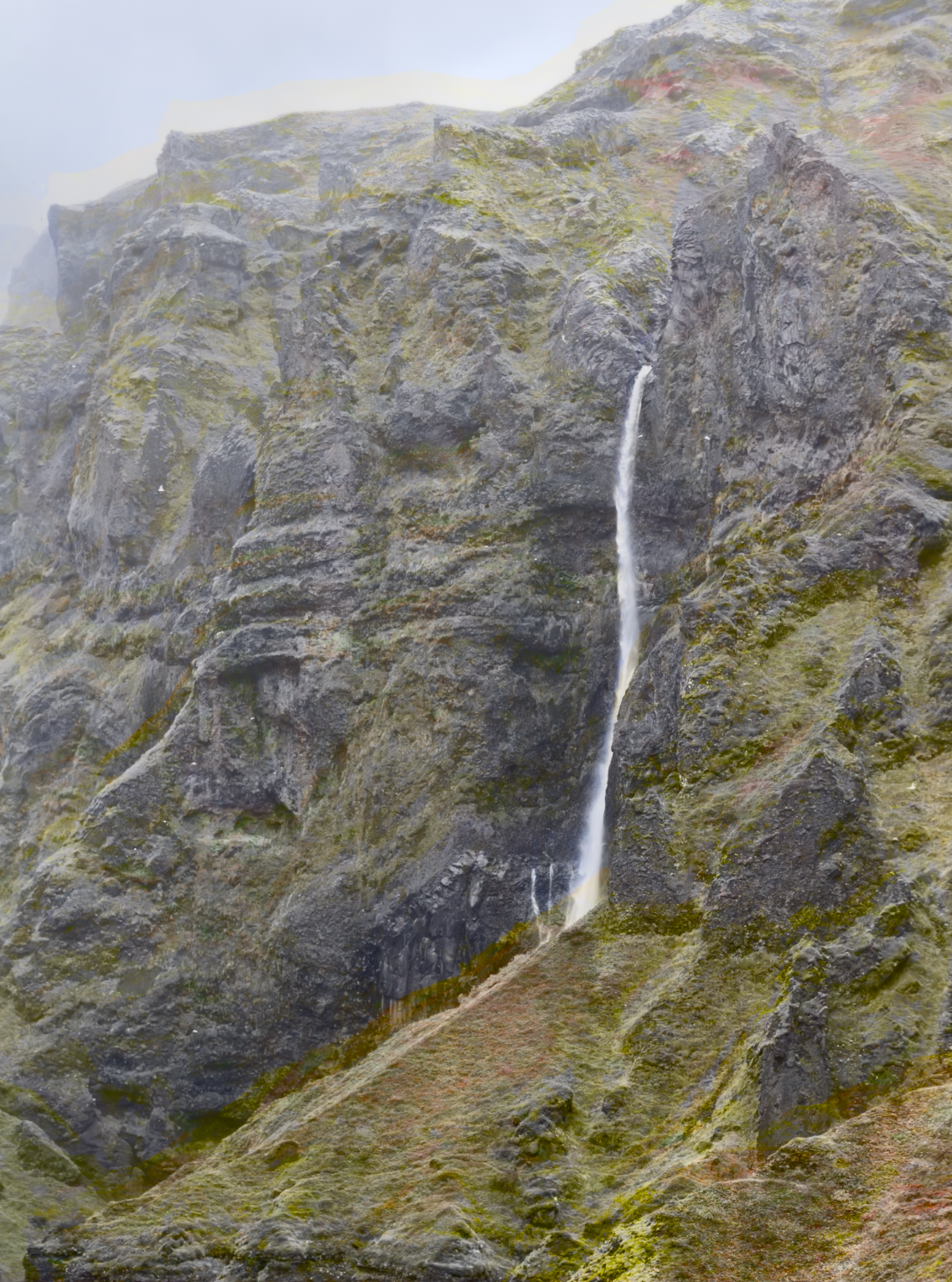
Image processing is the one area where phones handily beat dedicated cameras, for the simple reason that phones have far more processing power at their disposal and need to do more to get a great image from an exceptionally small image sensor. We review it as intensely, then, as a new bit of hardware. How does it stack up this year?
Well, it's somewhat different.
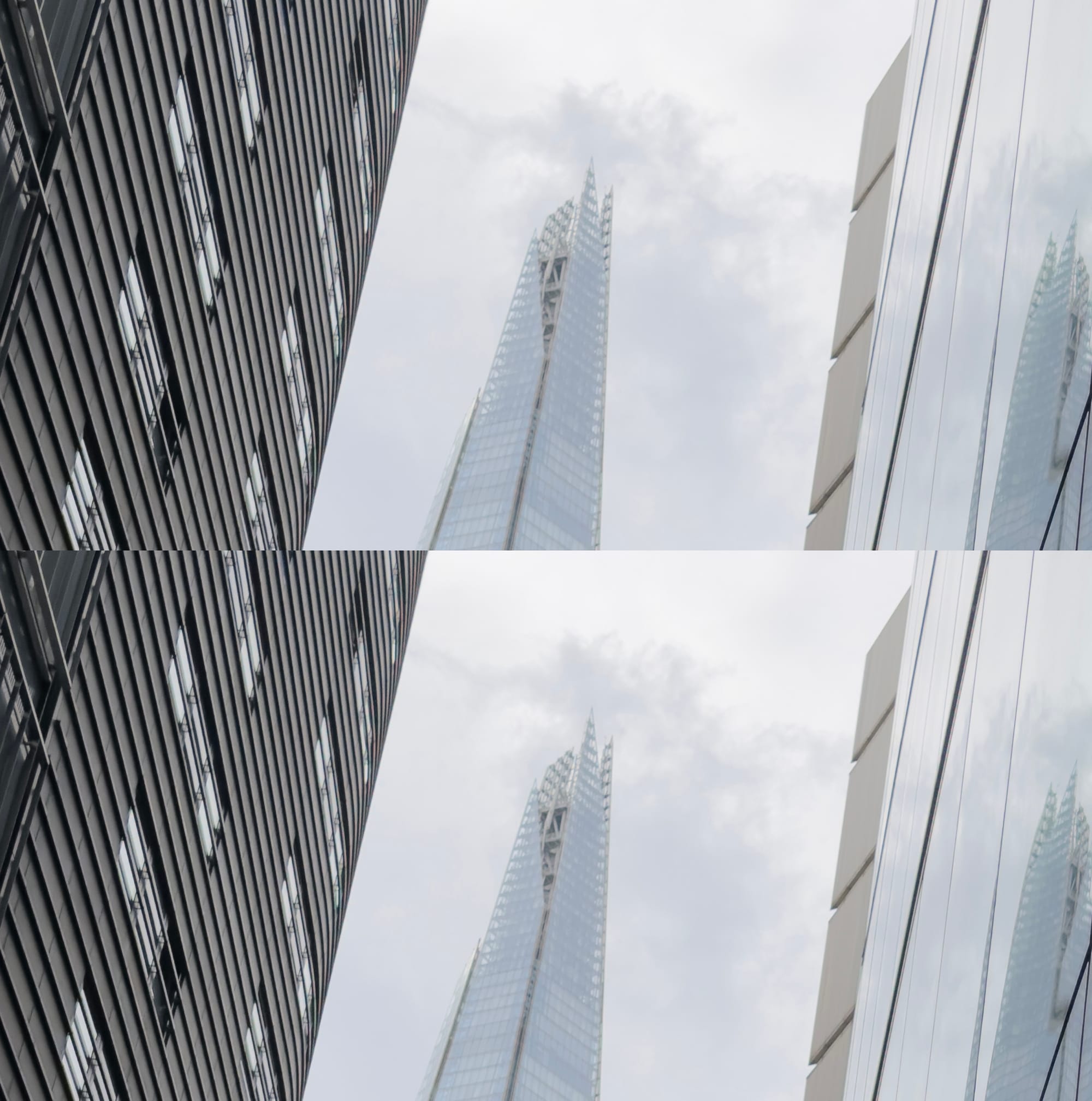
On the Main camera, don't expect huge changes. I found detail to be somewhat more natural in the Ultra Wide camera, but even here it was somewhat random-seeming if the results were truly consistently better. Overall, image processing pipelines are so complex now that it's hard to get a great idea of the changes over just a week. The images overall felt a bit more natural to me, though — although I still prefer shooting native RAW and Process Zero shots if I have the option to.
As I mentioned in the earlier section, it is truly noticeable that the 2× mode on the Main camera is a lot better. Not only is the result sharper, it also just looks less visibly 'processed'; a real win considering Apple claims this is actually due to more processing!
Finally, you might wonder: if these images are a bit better processed and all this being software, why isn't this simply being rolled out to the older iPhones just the same? Is Apple purposefully limiting the best image quality to just the latest iPhones?
The answer is yes, though not through inaction or some kind of malevolent and crooked capitalist lever to force you to upgrade. Software in itself might be easily ported across devices, but image pipelines like the ones we see on the iPhones 17 Pro are immensely integrated and optimized. It's quite likely the chip itself, along with hardware between the chip and sensor are specifically designed to handle this series' unique image processing. Porting it over to an older phone is likely impossible for that reason alone.
Video for Pros
This is mainly a photography review, but I also increasingly shoot video and make an app for it. iPhone 17 Pro has some absolutely wild features for pro video. They put the capital P in Pro; things like Genlock and ProRes RAW are far beyond what even advanced amateur users will likely use.


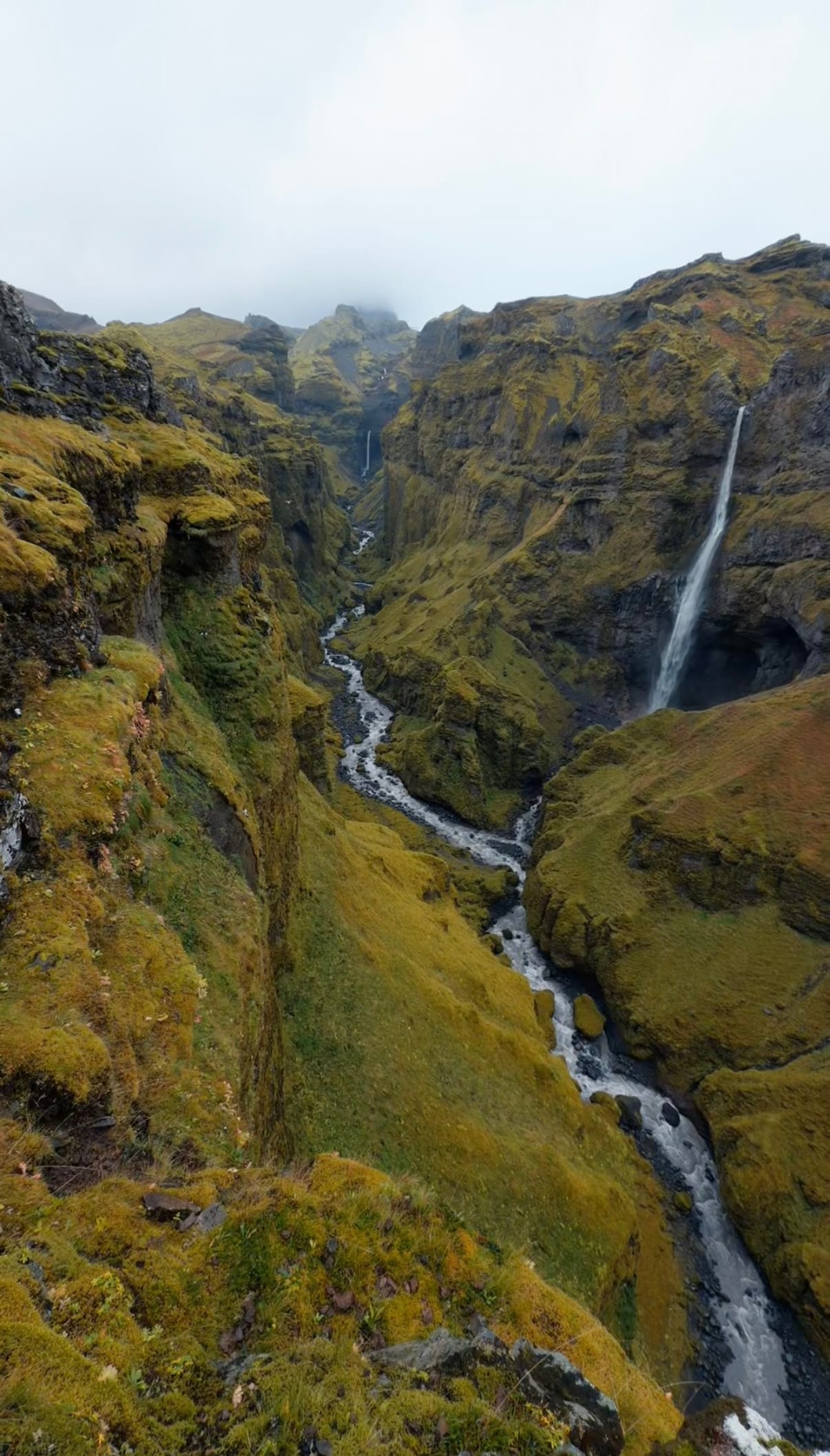
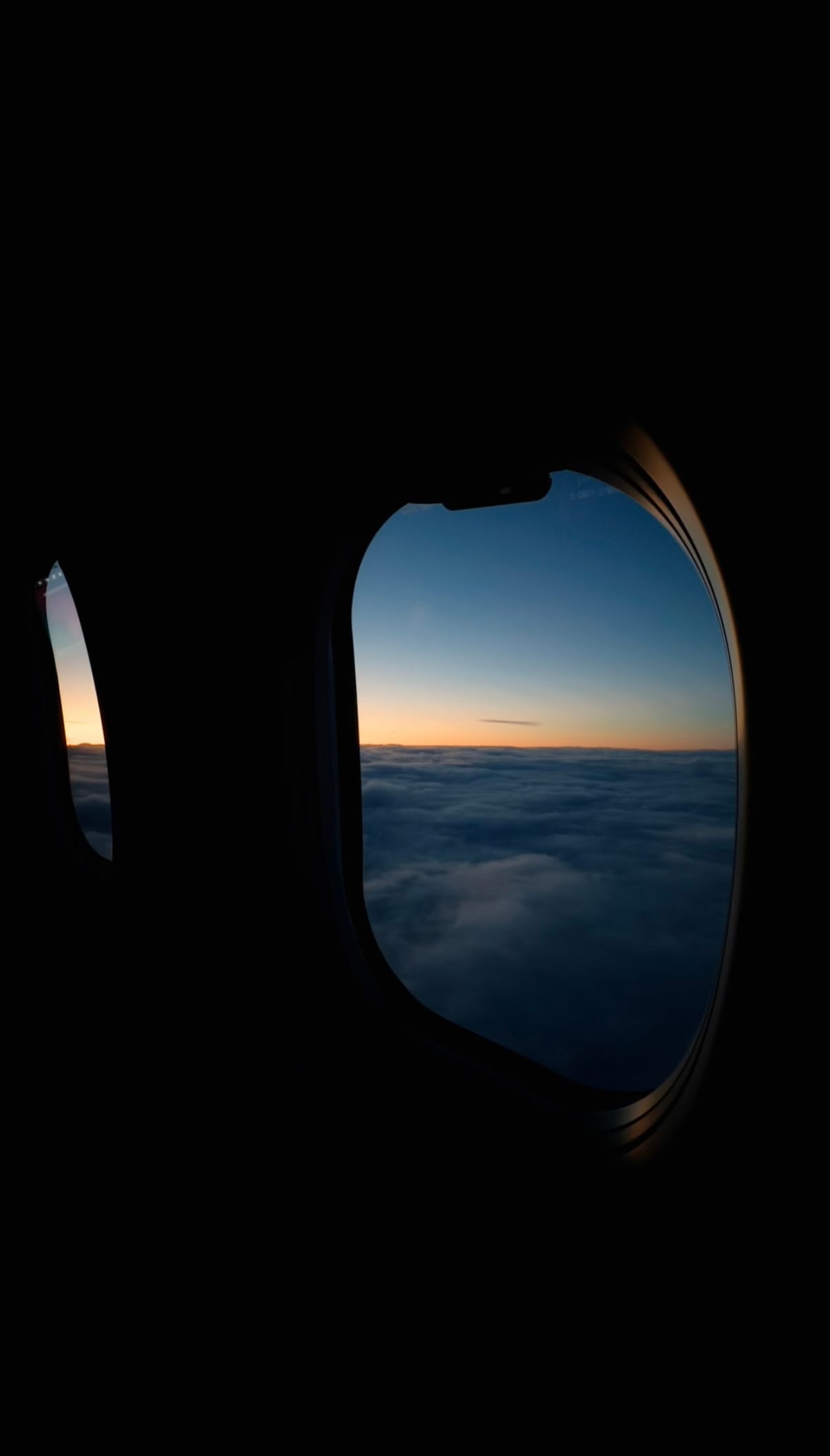
Video stills of graded Log footage from our app Kino
That being said, these features aren't just for Hollywood. While it's true that some of these latest ultra-powerful video pro features will allow the iPhone to become even more of a pro workhorse in terms of capturing shots and become usable in significant productions, the introduction of Apple Log with iPhone 15 Pro and other technologies are really just fuel for developers to run with.
When we built Kino, we wanted to make it so you can actually use things like Apple Log and the Pro iPhone's video making advancements without an education in the fine art of color grading in desktop software and learning what shutter angle is.
Adding technologies like this not only make the iPhone a truly 'serious camera', but since it's a platform for development, it also creates use cases for these technologies that have not been possible in traditional cameras used for photography and videography.
This is super exciting stuff, and I think we'll see the entire field evolve significantly as a result. With this set of new features — Open Gate recording, ProRes RAW, Apple Log 2 — Apple is continuing to build an impressive set of technologies that let it rival dedicated cinematic cameras without compromising on the best part of the iPhone: that it's really a smartphone, which can be anything you want it to be.
A Material Change
Everything's new on this phone, appearance wise: a return to aluminum is welcome. The new design cools itself much better and that's noticeable when you shoot a lot. It feels great in the hand and hopefully will age as nicely as my other aluminum workhorses from Apple. Apple even markets it as being especially rugged:
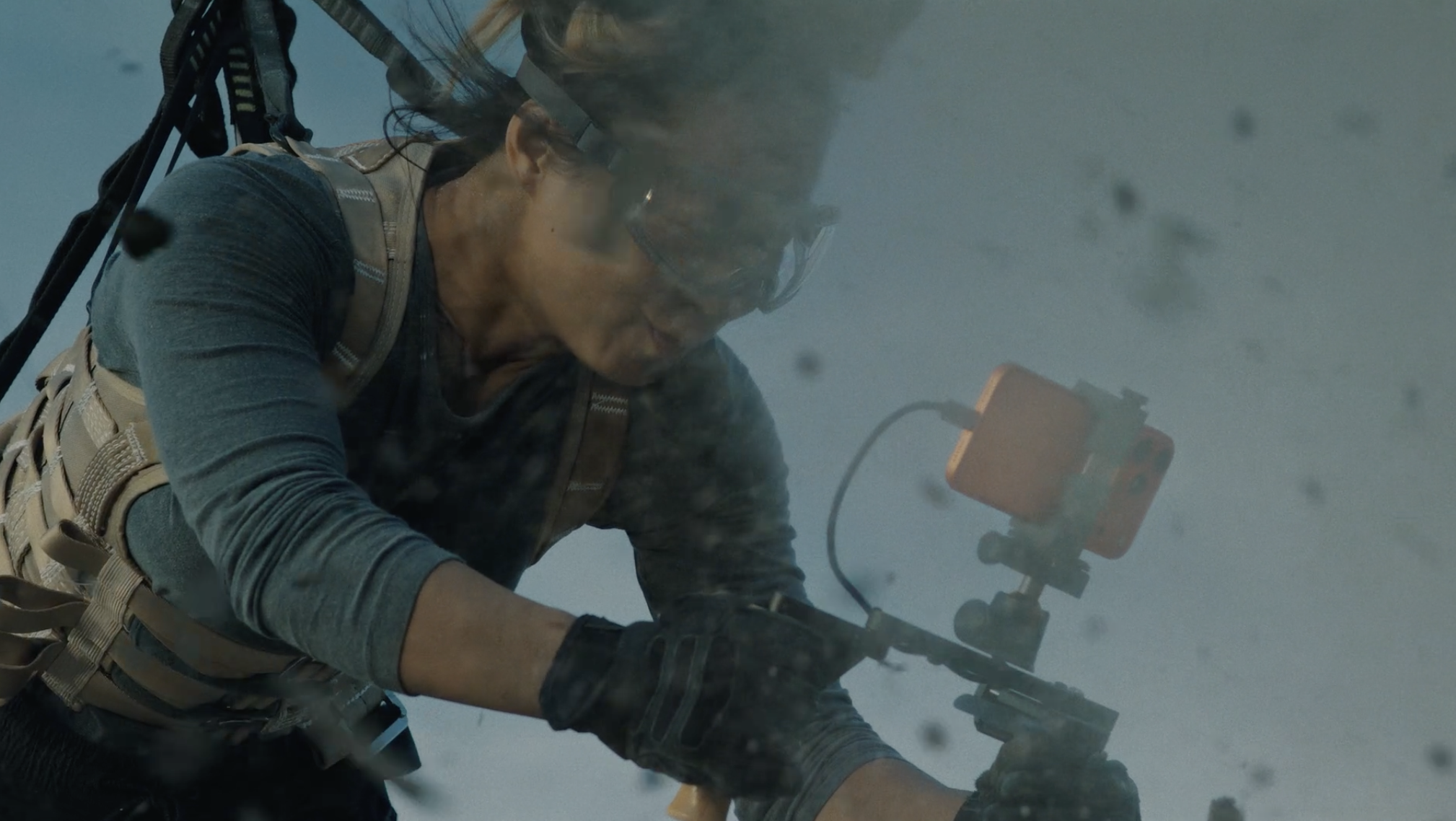
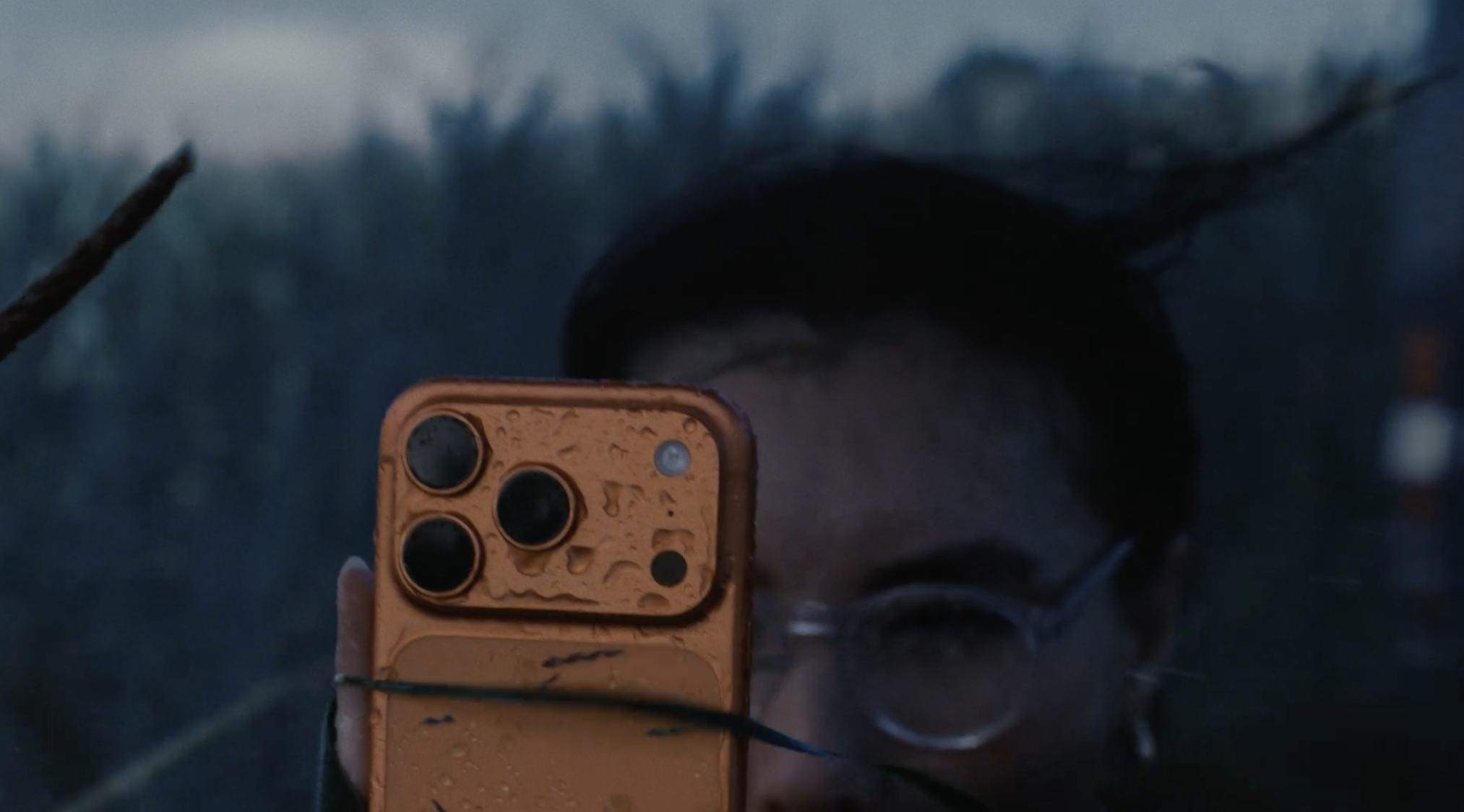
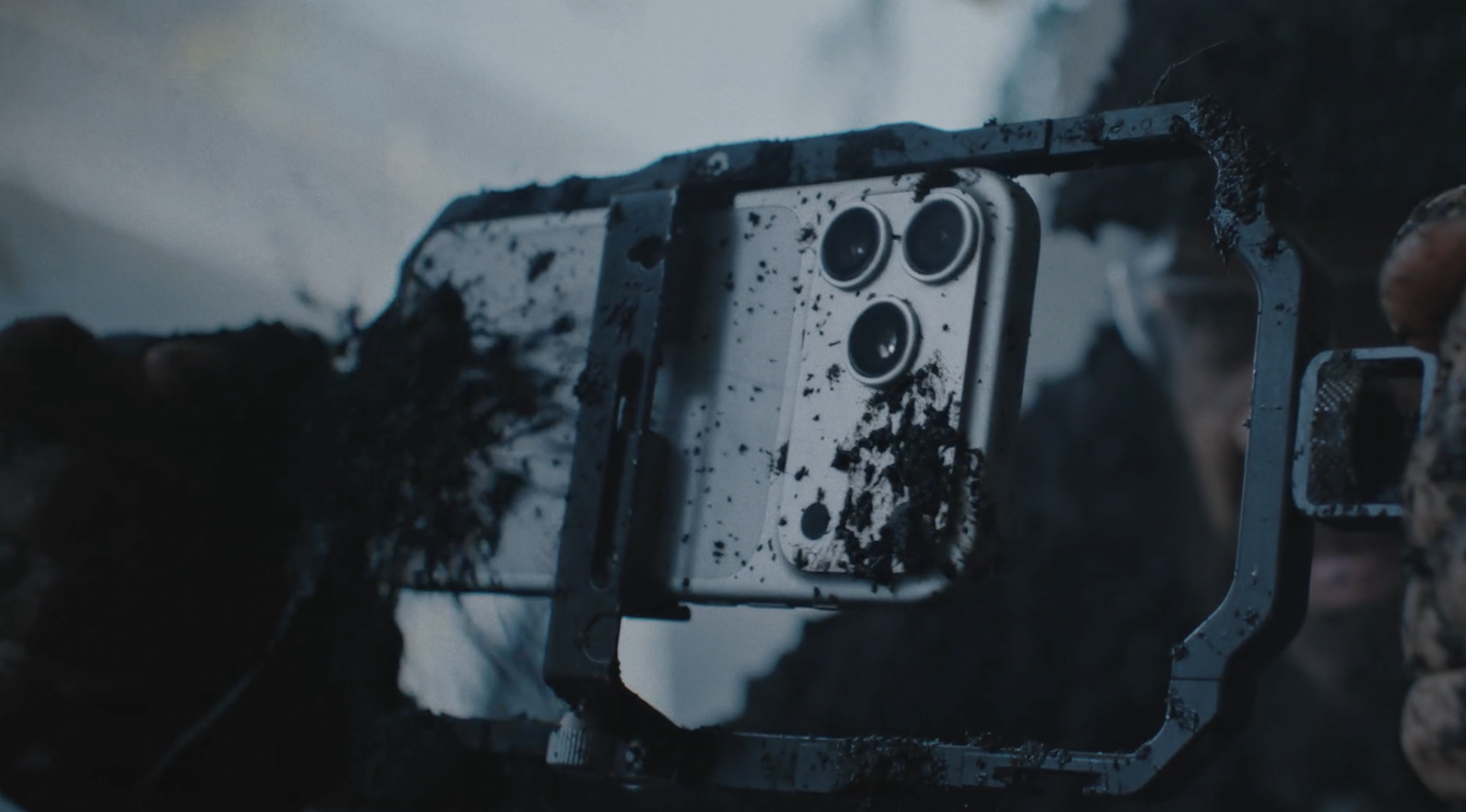
On the other hand, its other user-facing aspect — iOS itself — has also gotten a new material shift.
Liquid Glass is here with iOS 26, and it brings about an entirely new Camera app design, some much desired improvements to the Photos app, and a general facelift to the OS. While this isn't an iOS review, I will say that it's beautiful, and I'm a fan of Liquid Glass. iOS 26, however, has been a bit of a rough start: I ran into a lot of bugs even with the latest updates installed on the iPhone 17 Pro, from bad performance (OK) to photos not showing up for a long time to distorted images and the camera app freezing or being unusable (not so OK).
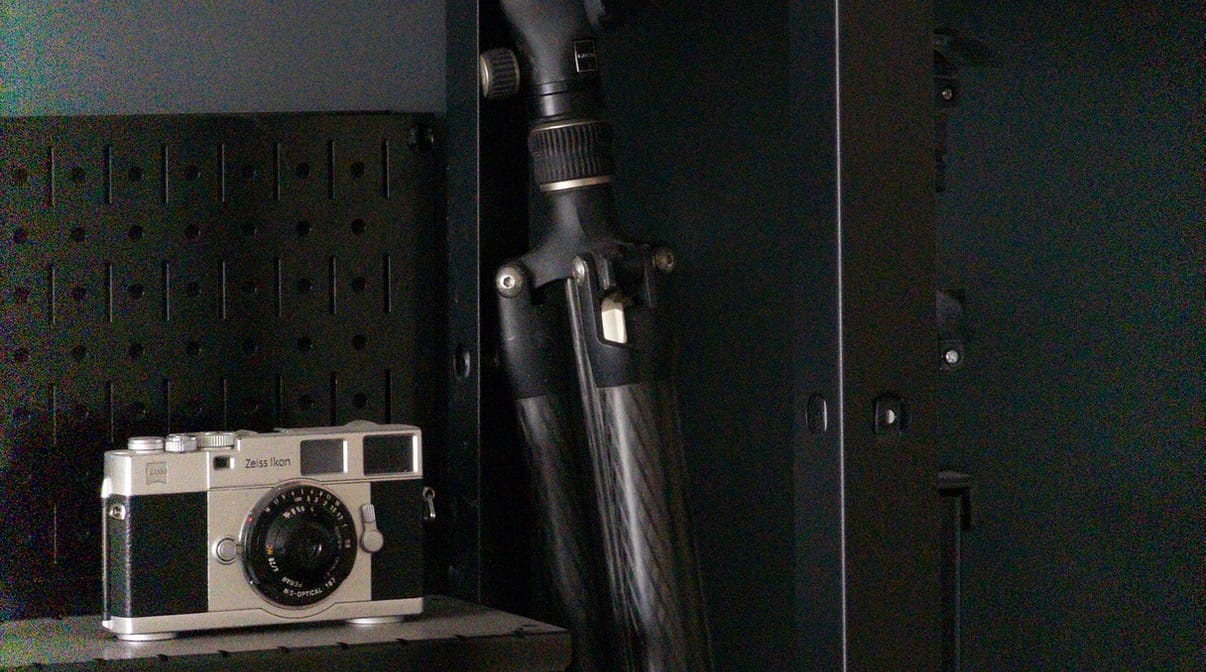
Big releases are ambitious, and difficult to pull off. I give tremendous credit to the teams at Apple for shipping iOS 26 along with these new devices, but in everyday use it truly felt like using a beta release. The constant issues I ran into did not make me feel like I was using a release candidate of an operating system.*
*Feedback reports on these issues have been sent to Apple.
Conclusion
I think the iPhone Air serves a very important purpose: it allows Apple to make one phone a jewelry-like, beautiful device that is like a pane of glass and one that is decidedly like the Apple Watch Ultra: bigger, bulkier and more rugged.
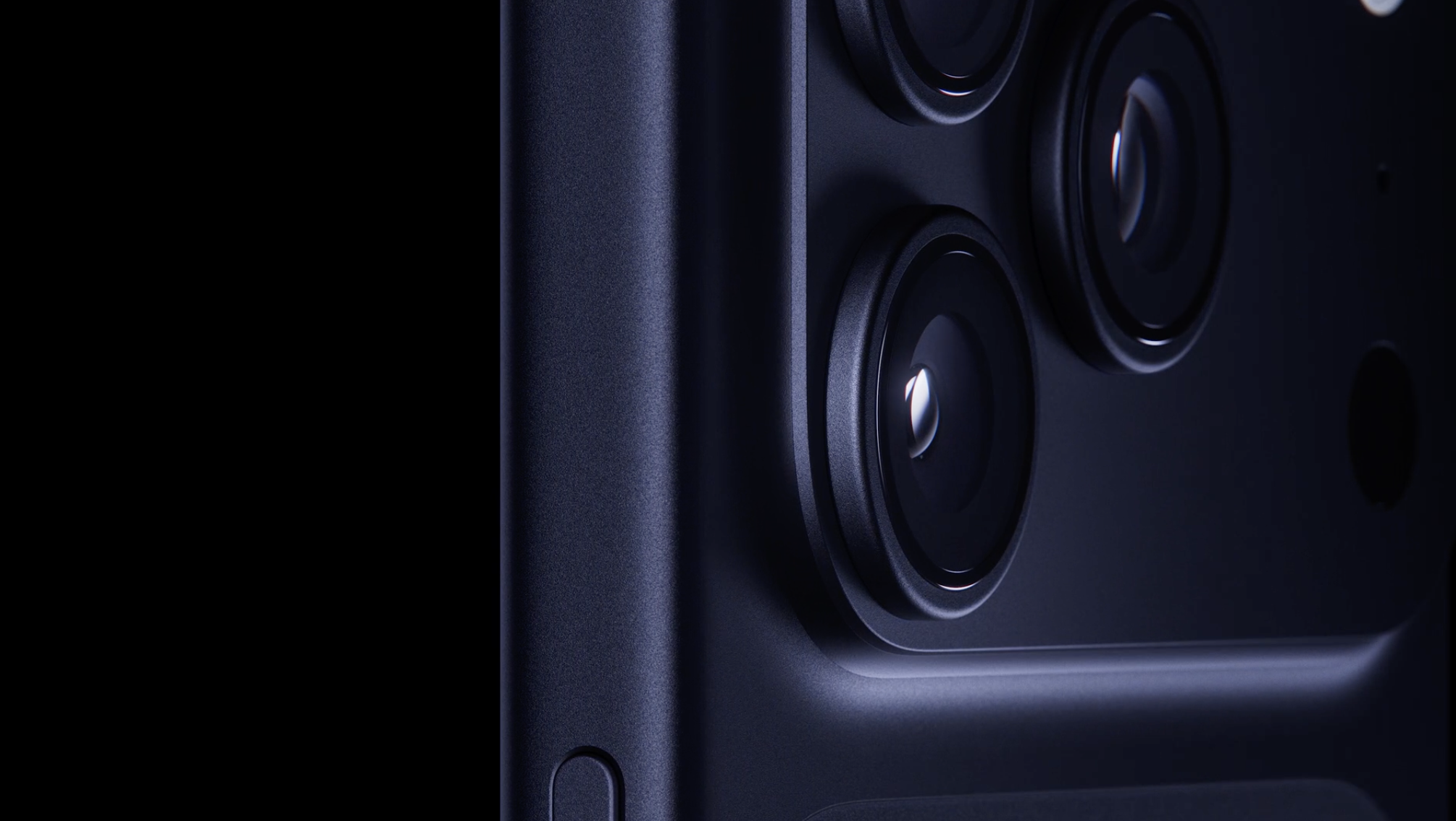
For years, I was a bit annoyed at the shininess and jewel-like qualities of the Pro, and to be entirely honest, I do now miss it a little bit. This is a beast in both performance and appearance, and it feels almost a little unlike Apple. I think, however, that the direction is correct and significant.
Our phones are such a central part of our lives now that it feels significant be able to have a choice for a product that prioritizes the true 'pro' — much like MacBook Pro did in a fantastic way with the thicker, bulkier M1 series.
This, then, might be the first 'workhorse SLR' of the iPhone family, if the regular iPhone is a simple Kodak Brownie. In that, some of the simplicity that delighted in the first iPhone may have been lost — but the acknowledgement that complexity is not the enemy is a significant and good step. As a camera, it is first and foremost a tool of creative expression: gaining permission to become more fine-tuned for that purpose makes it truly powerful.
It's left as an exercise to the user to excel at their purpose as much as the phone does.
All images in this review were taken on iPhone 17 Pro (unless otherwise noted). Photos were taken with an in-development version of Halide Mark III with built in grades for adjustment, with a smaller portion taken with Apple Camera in ProRAW and stills from the Kino app using built-in grades for adjustment.

